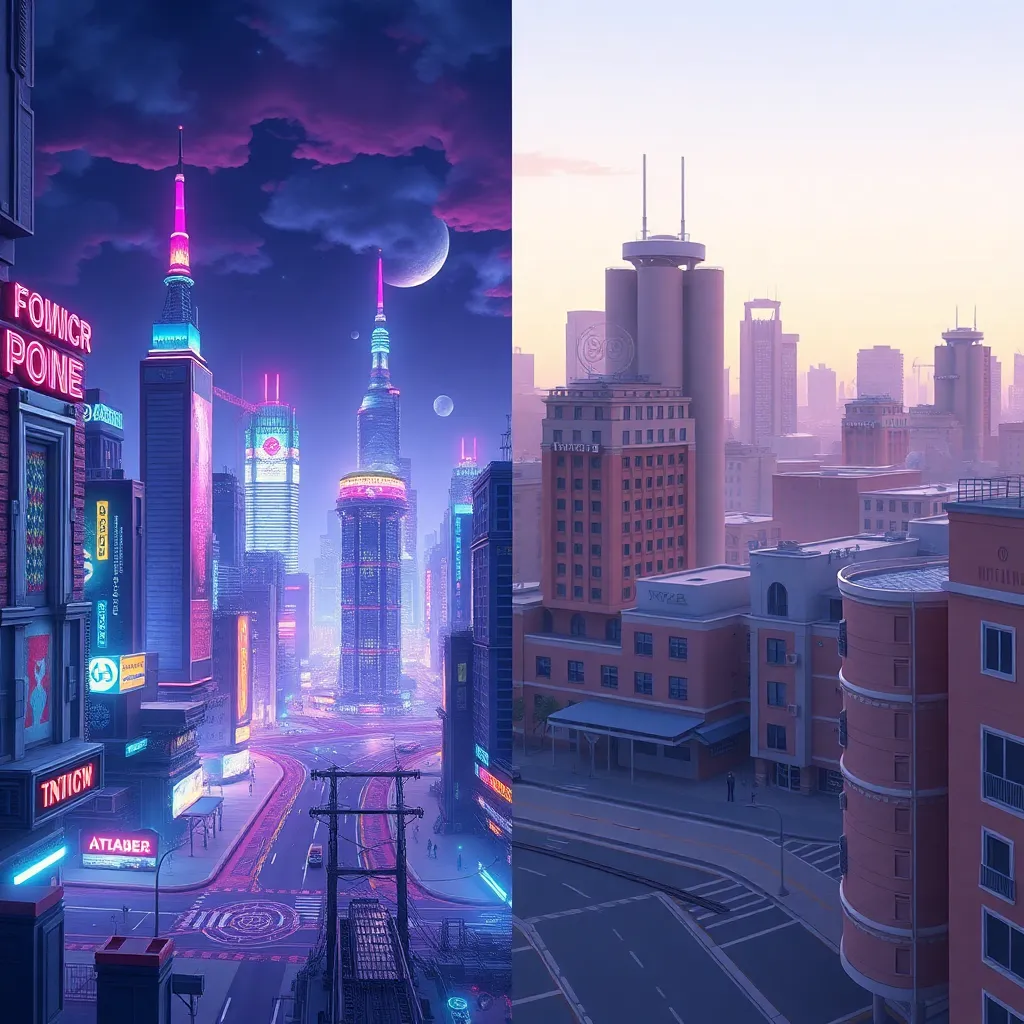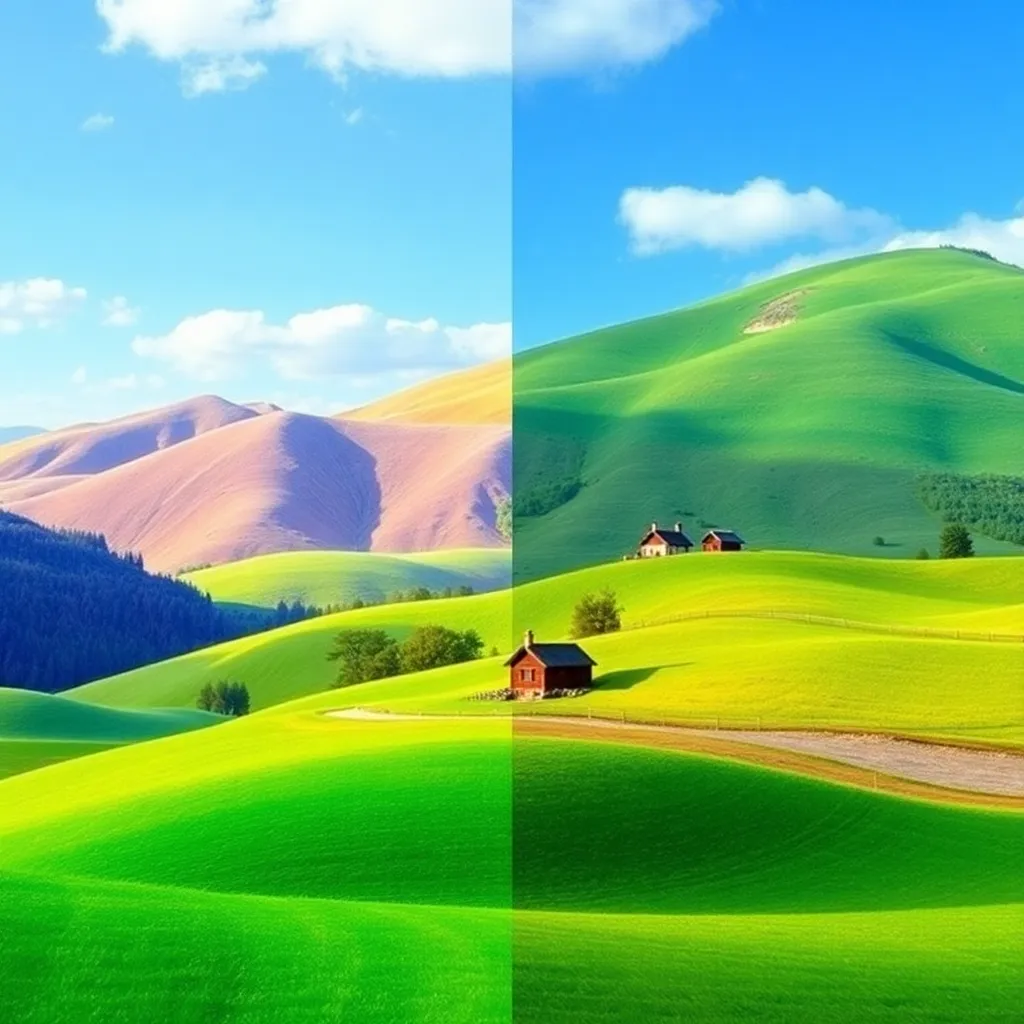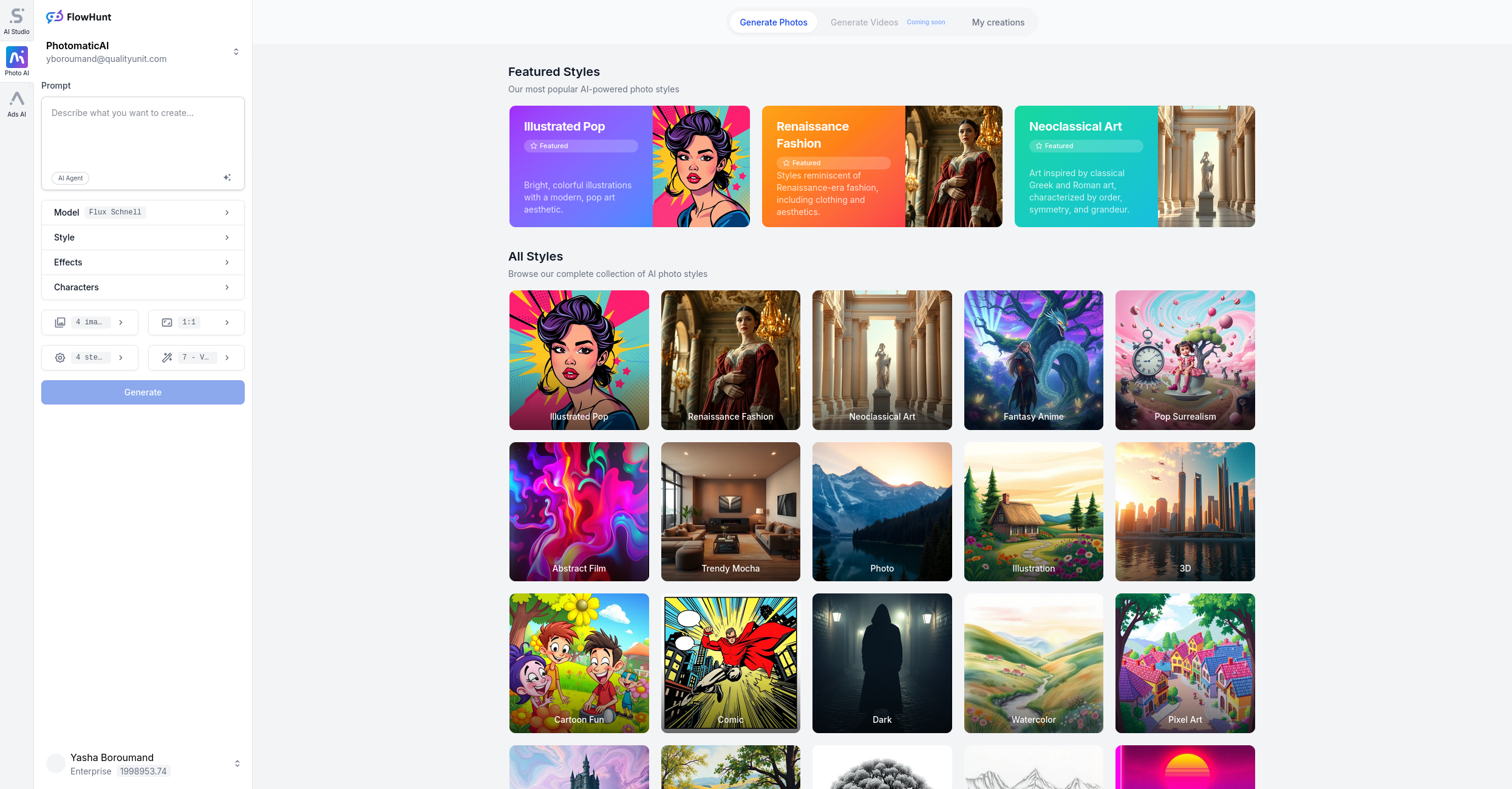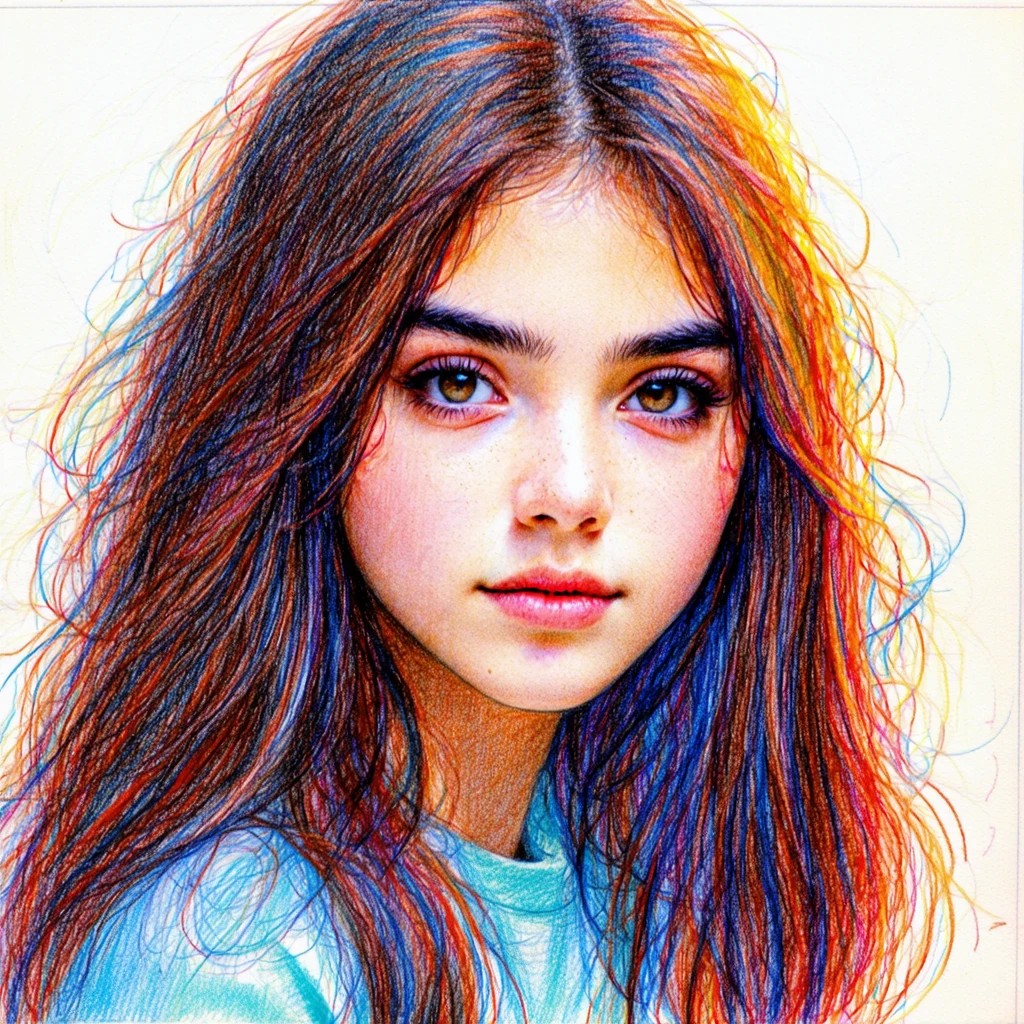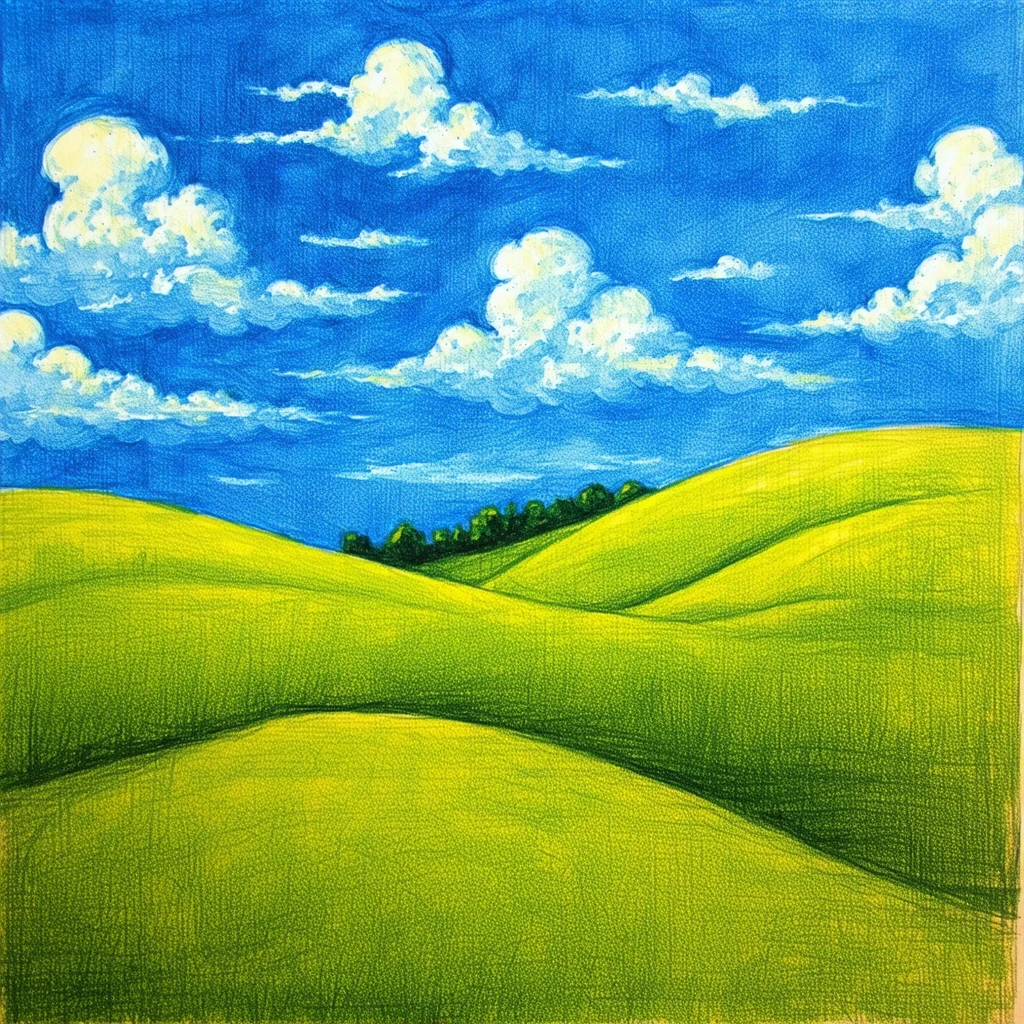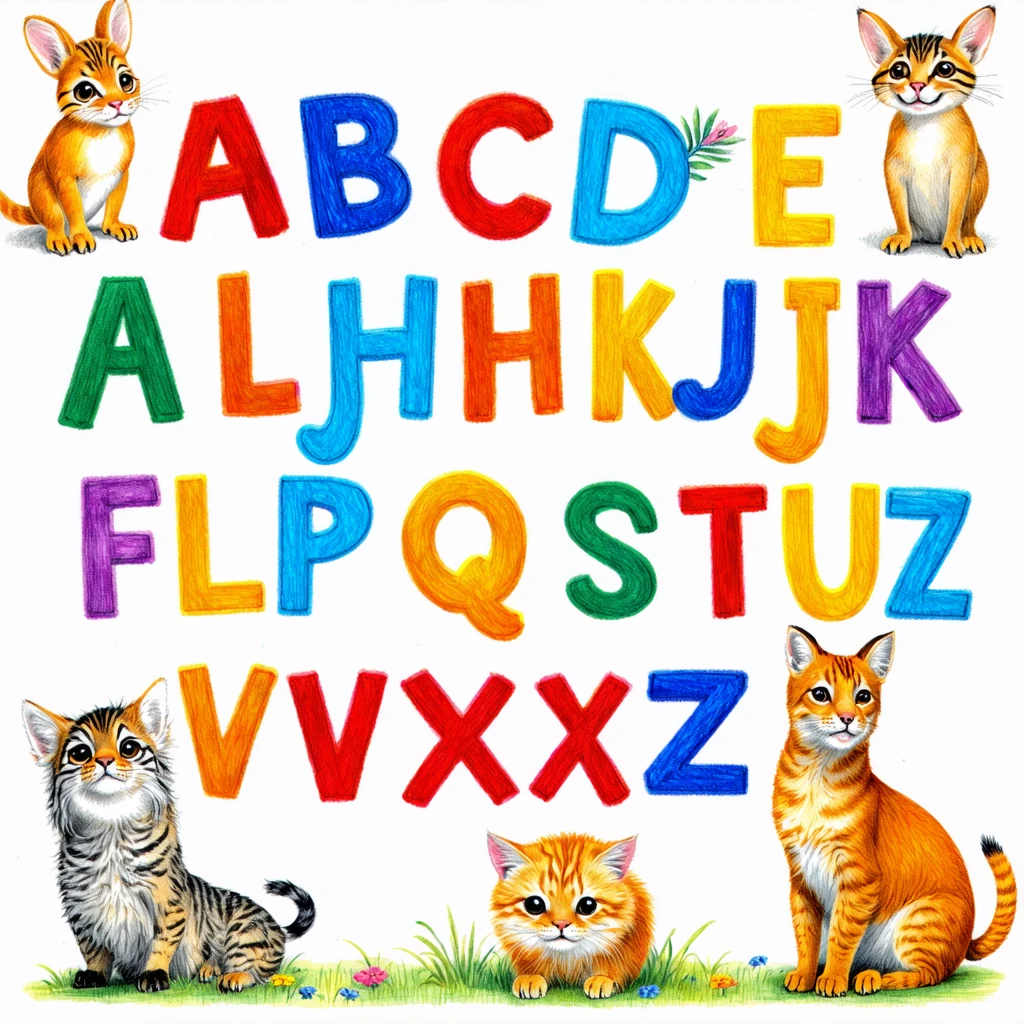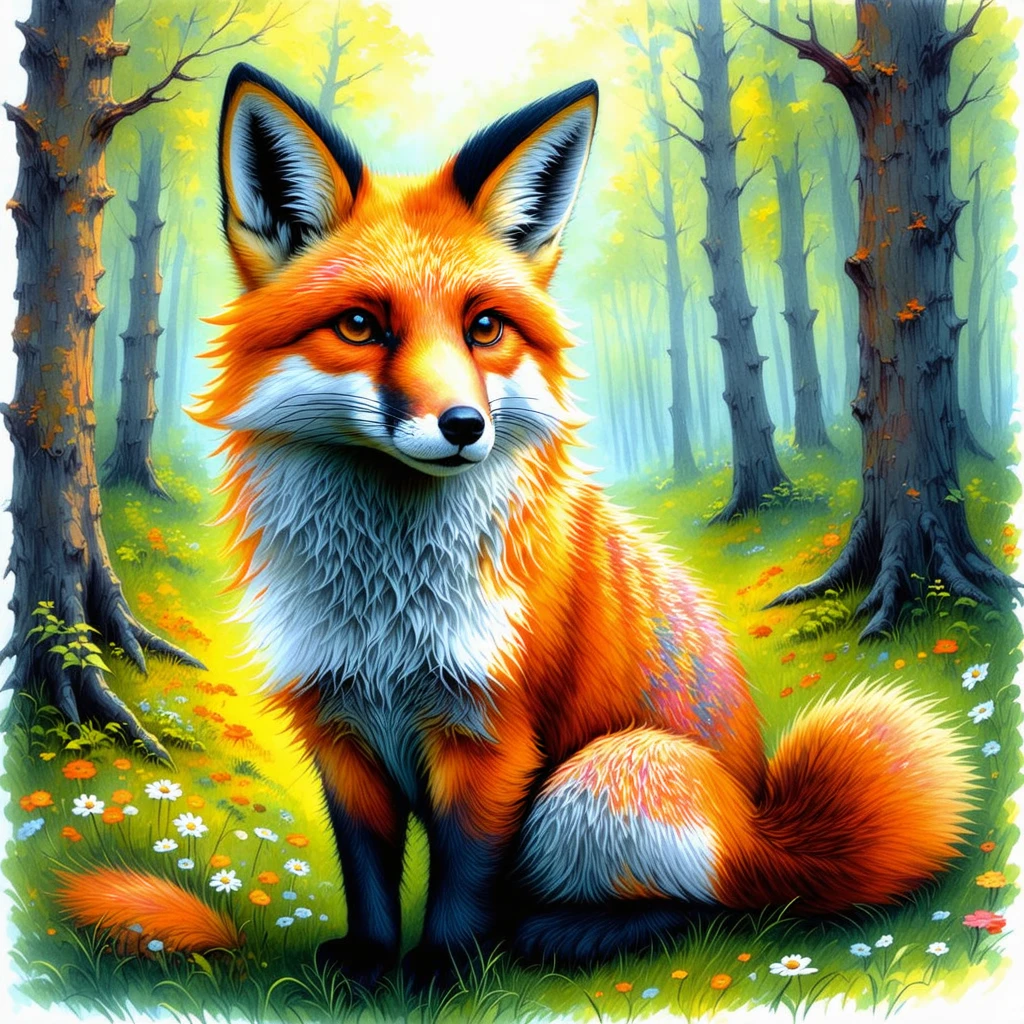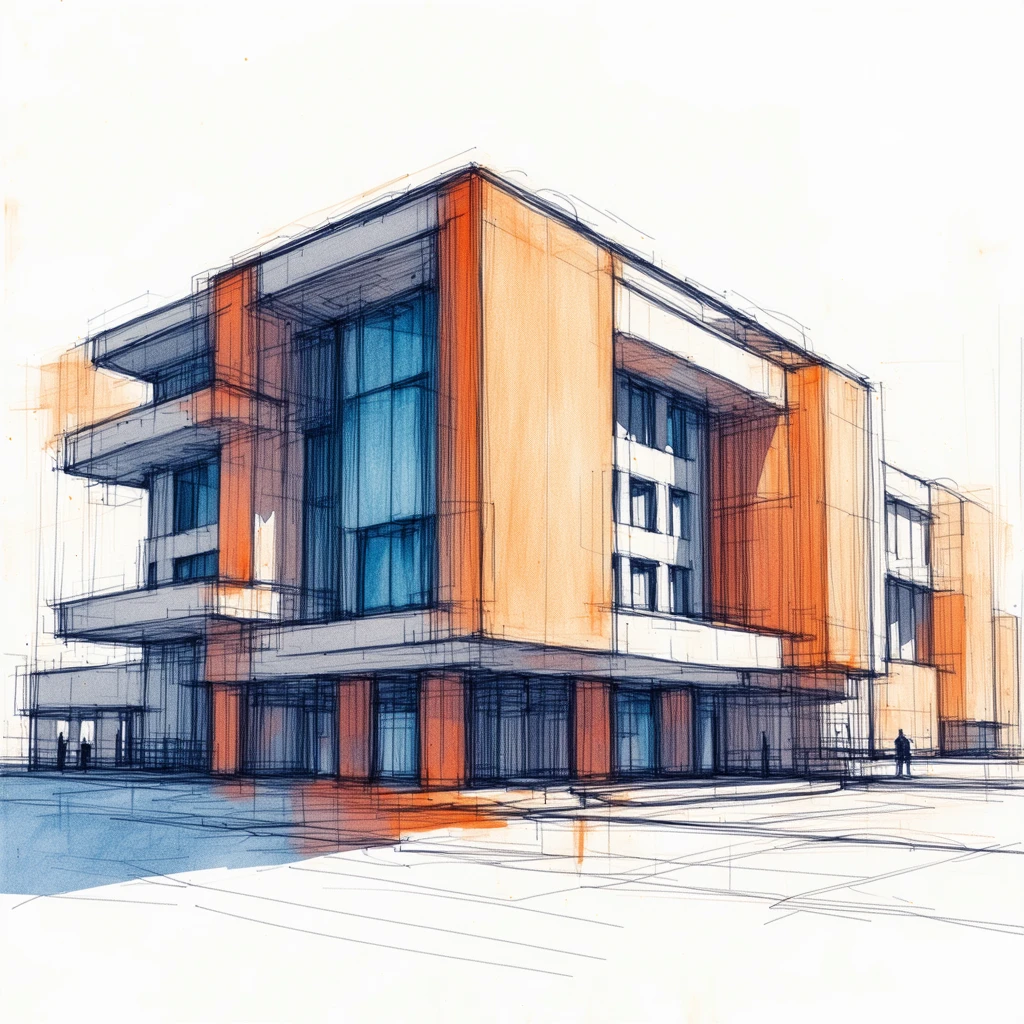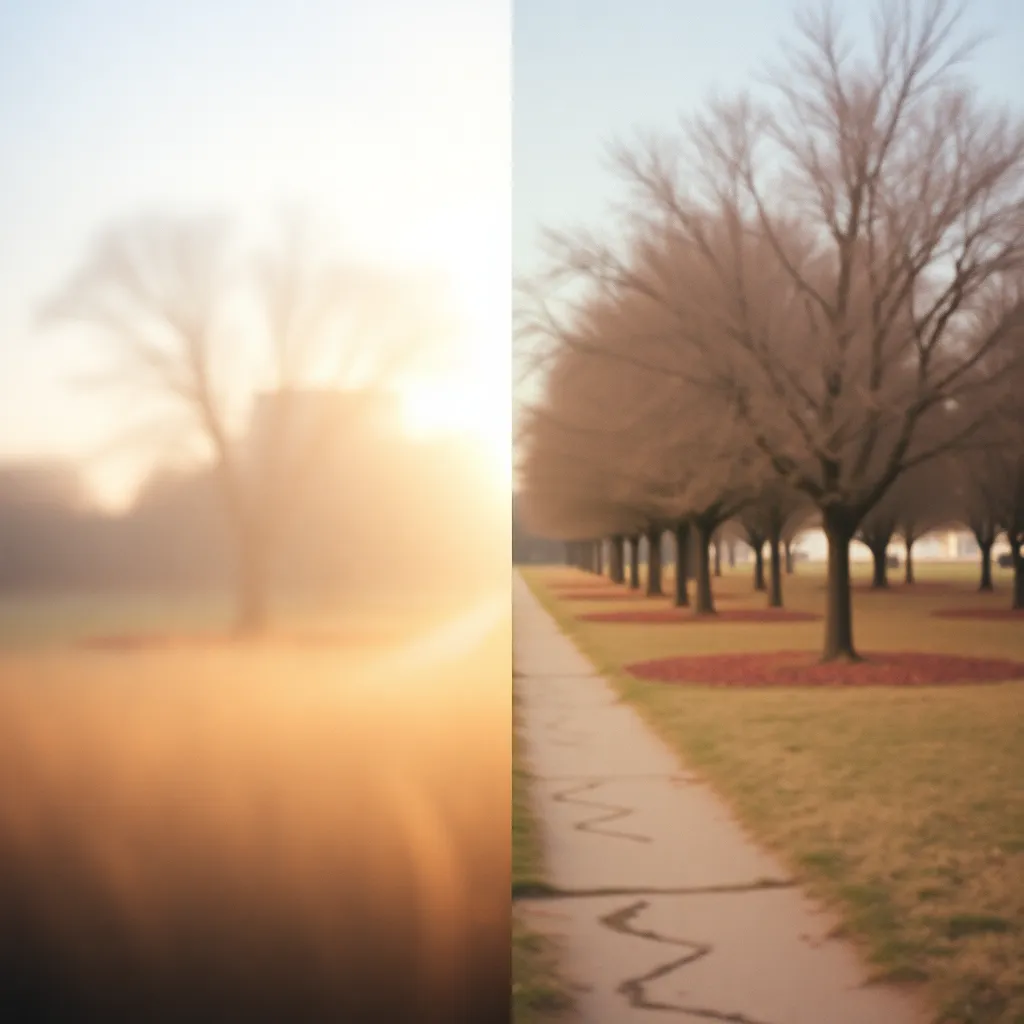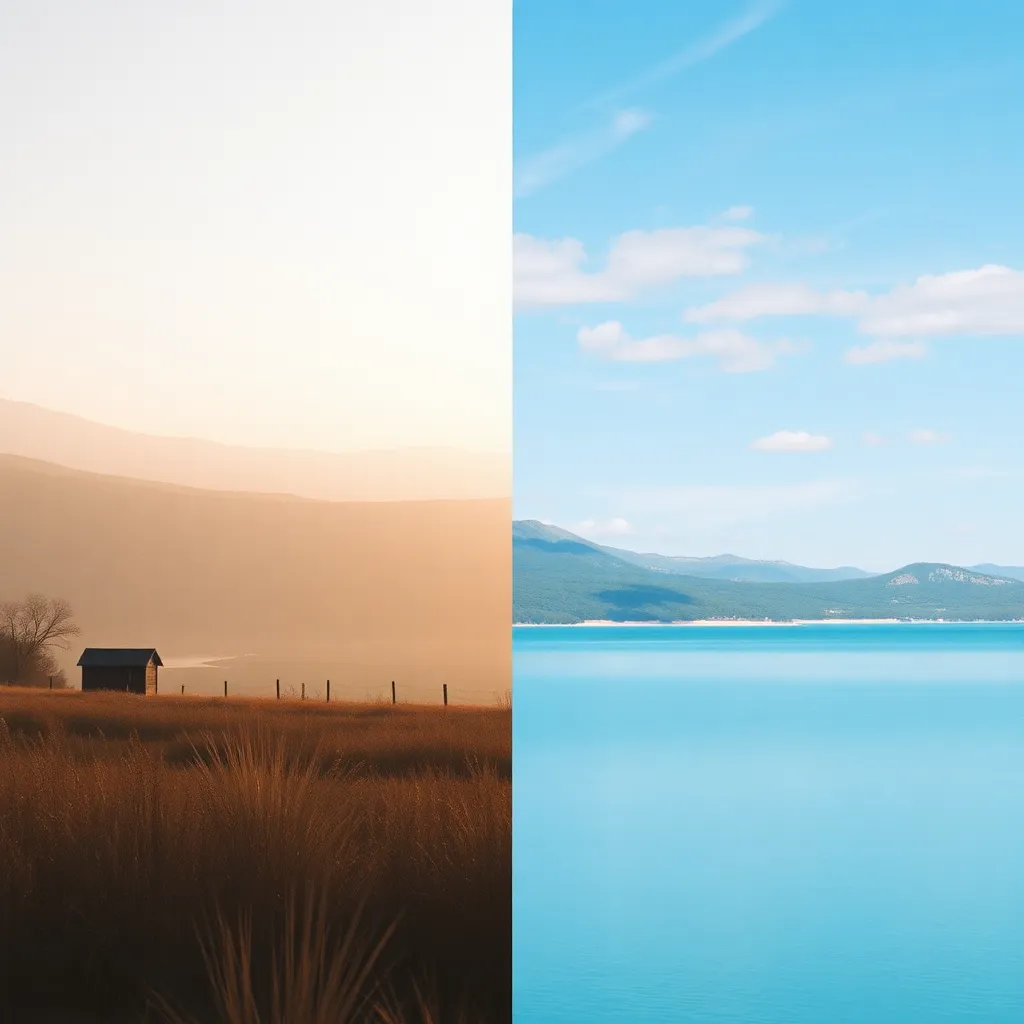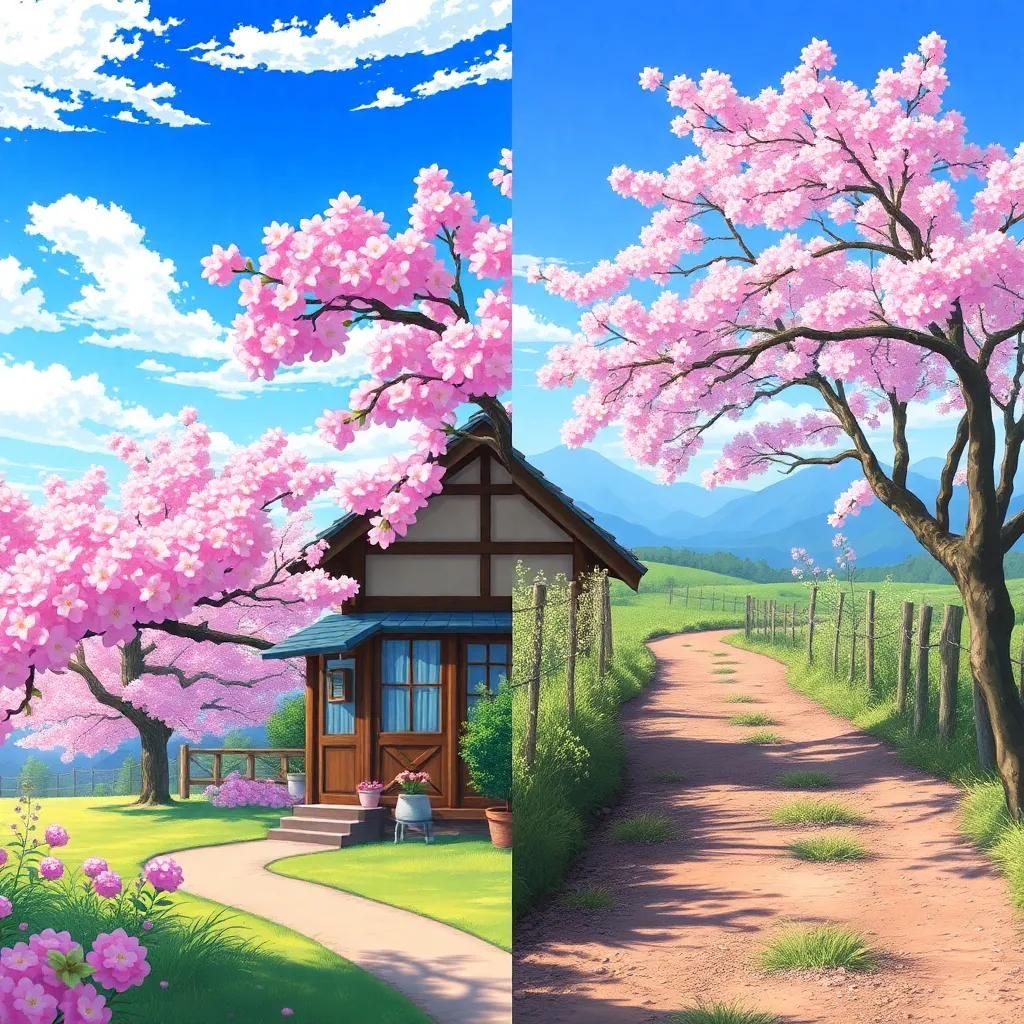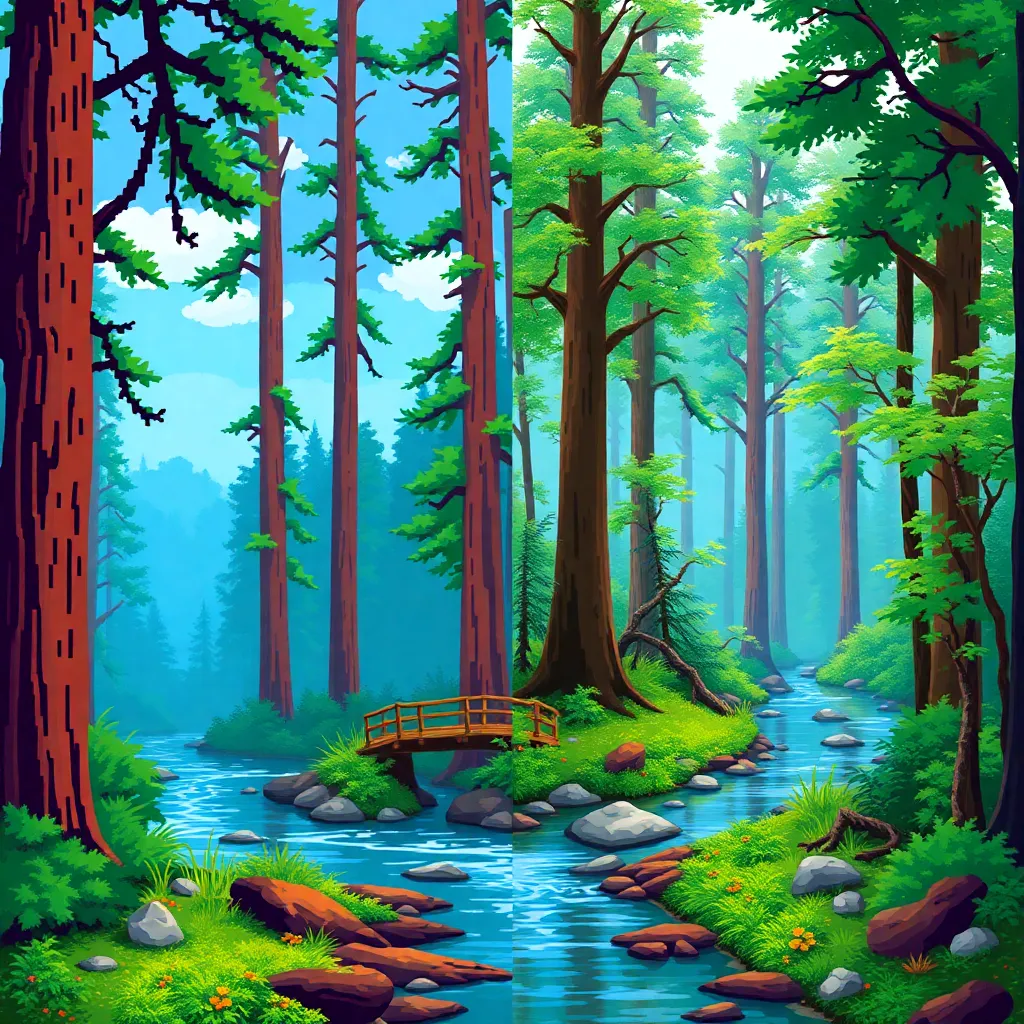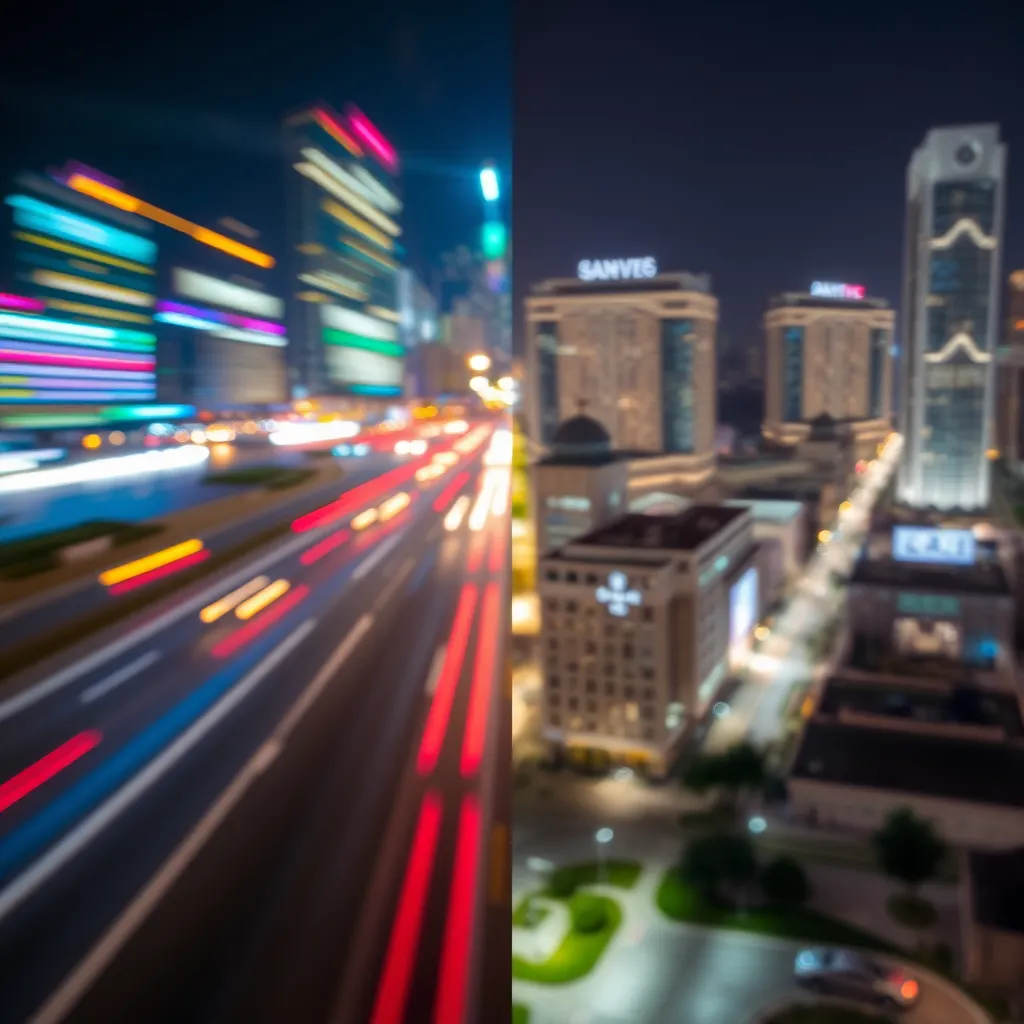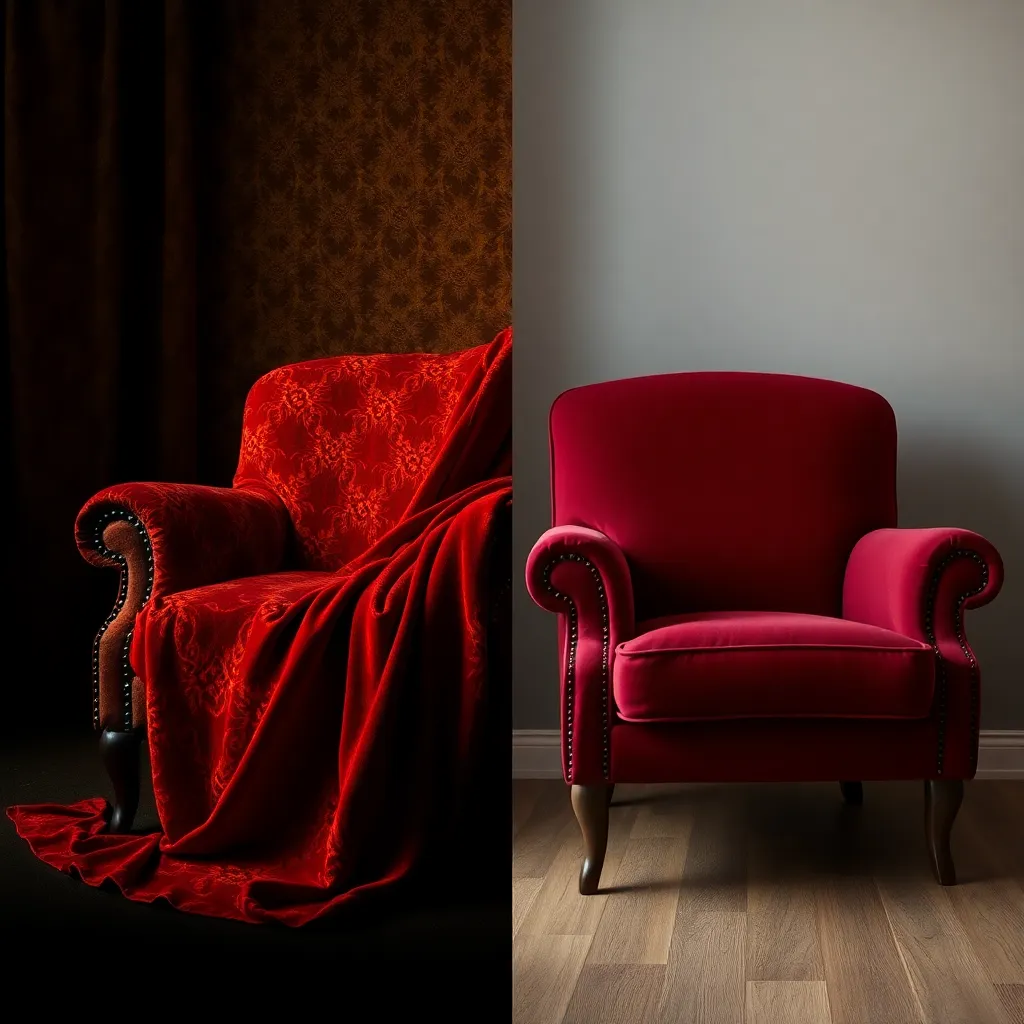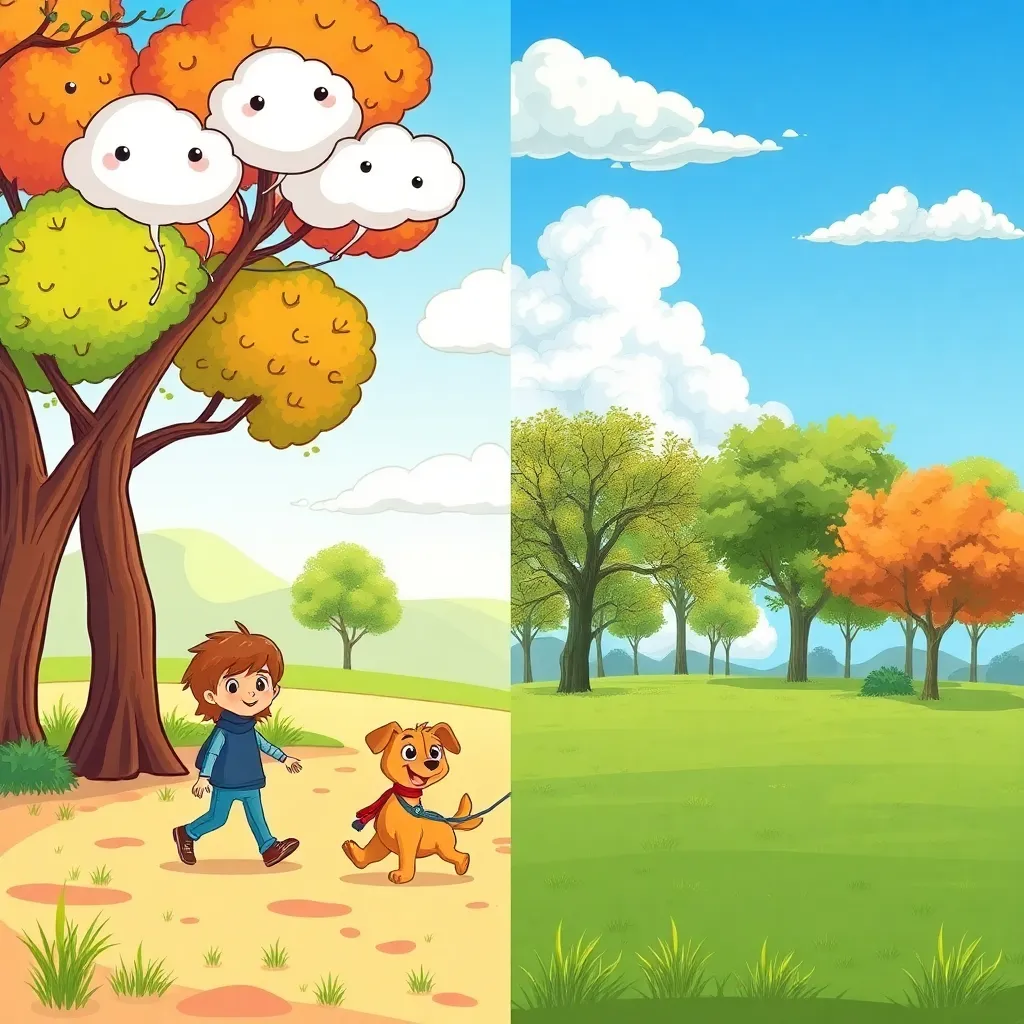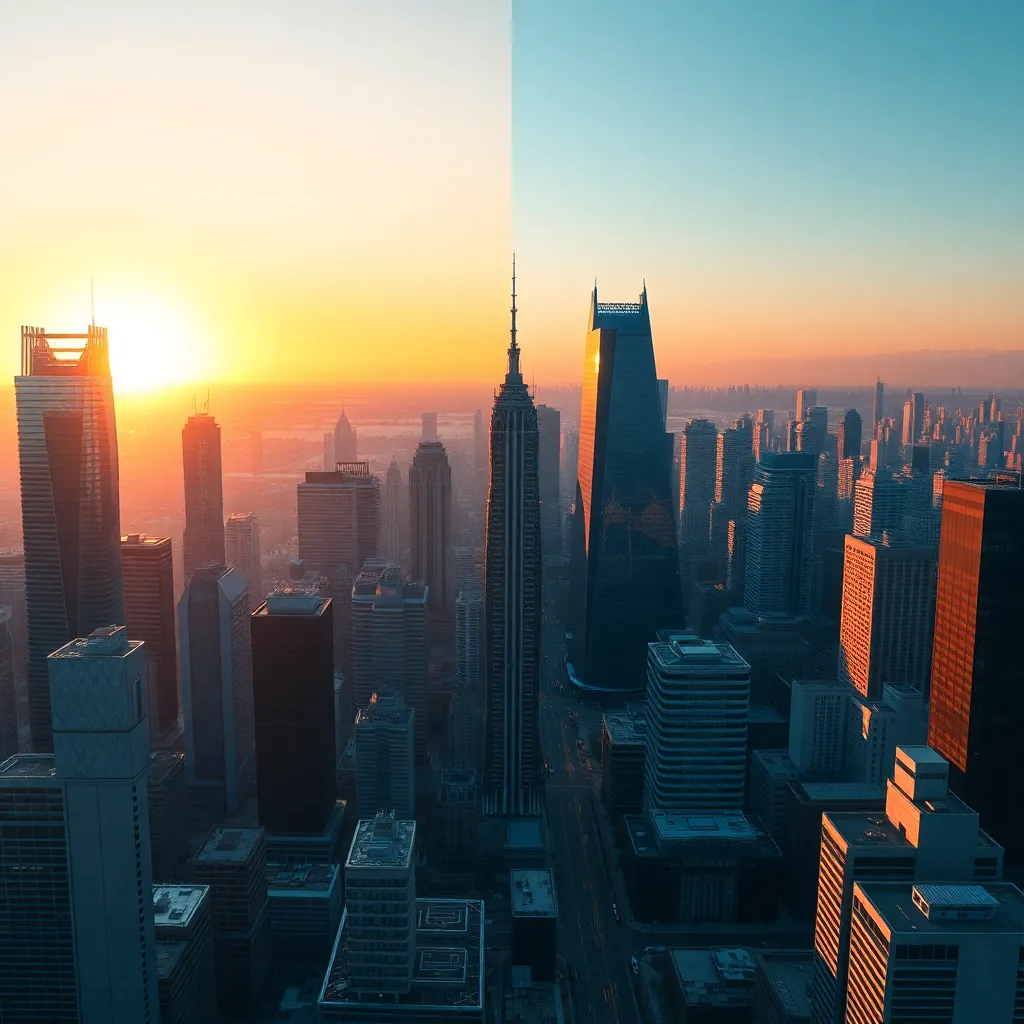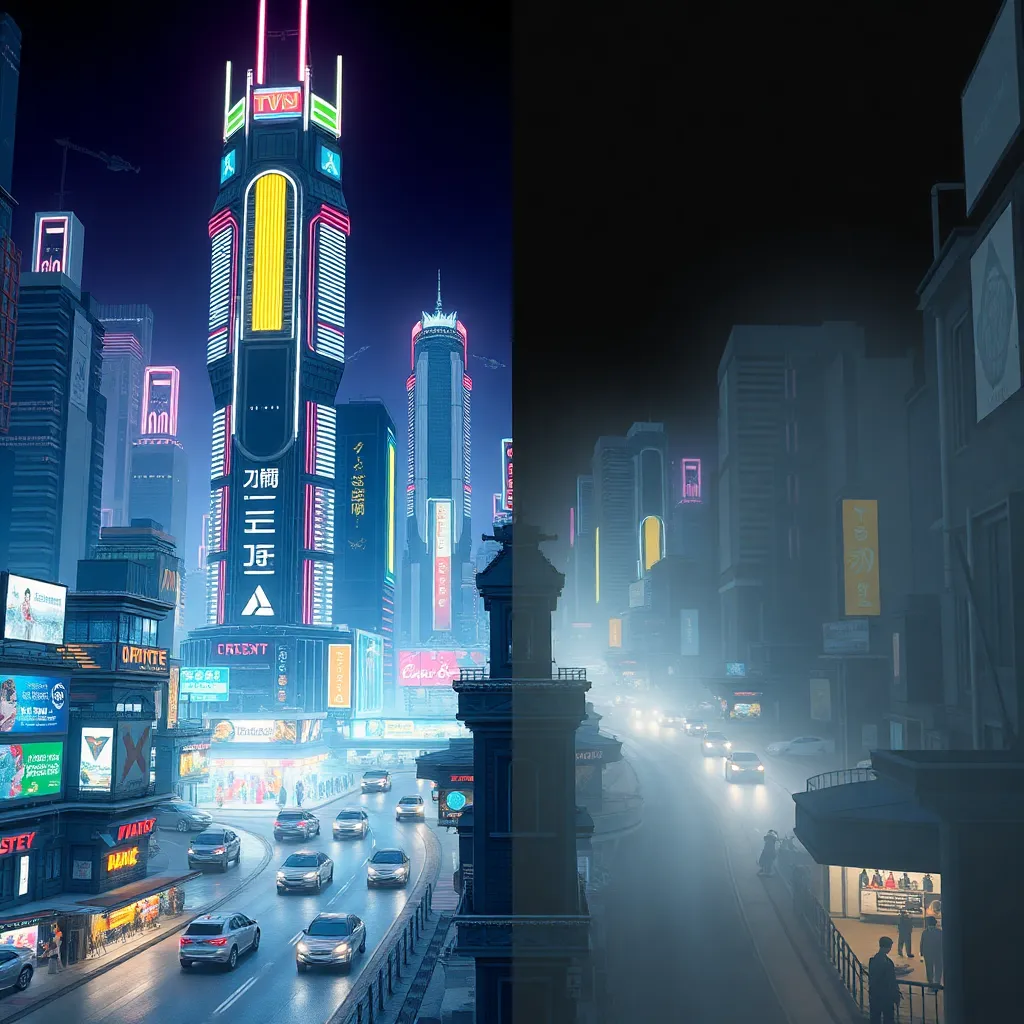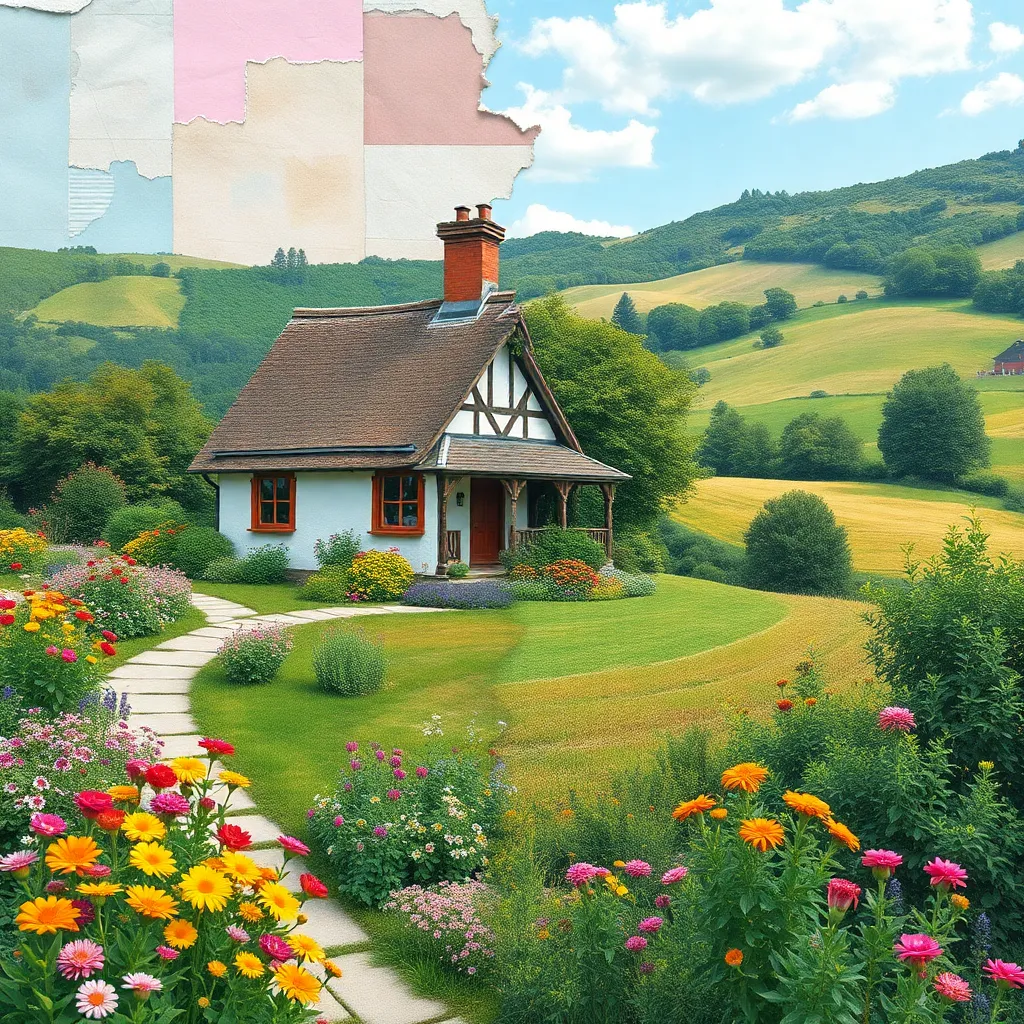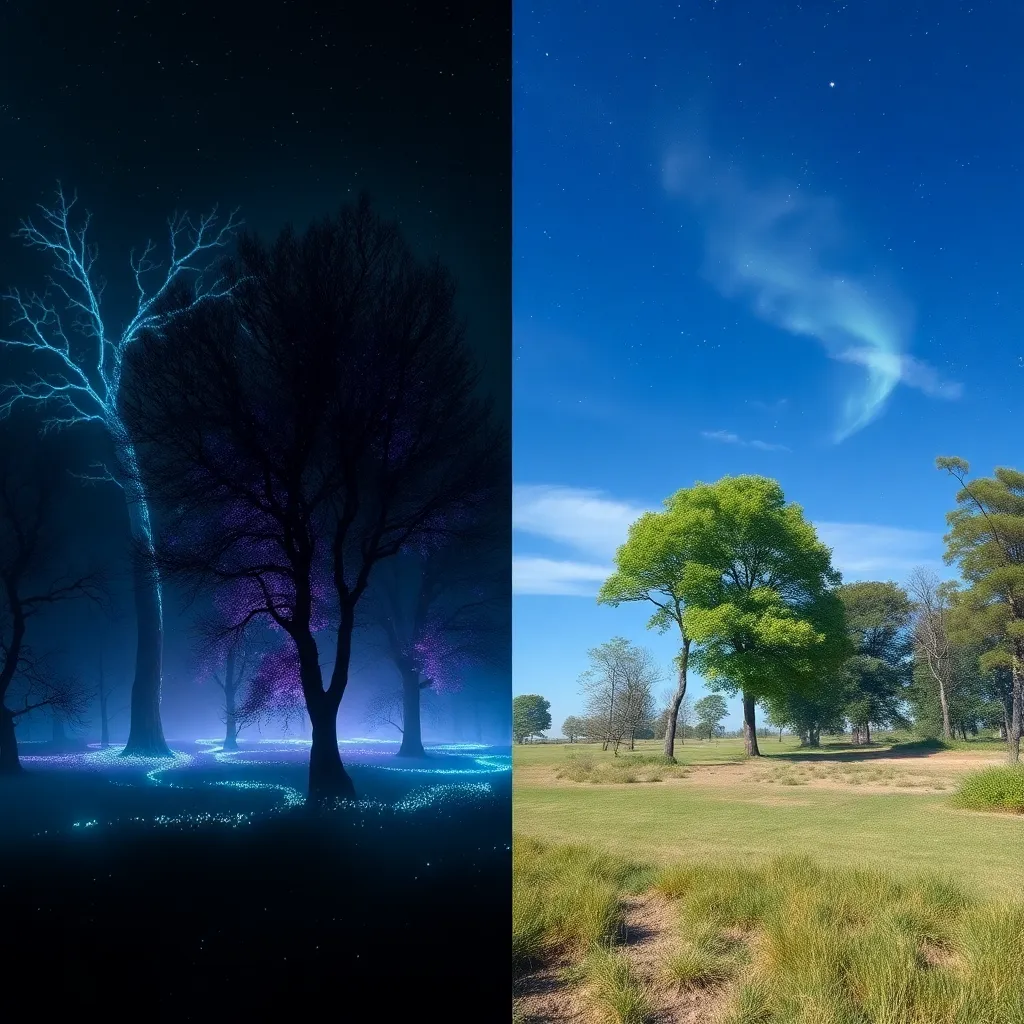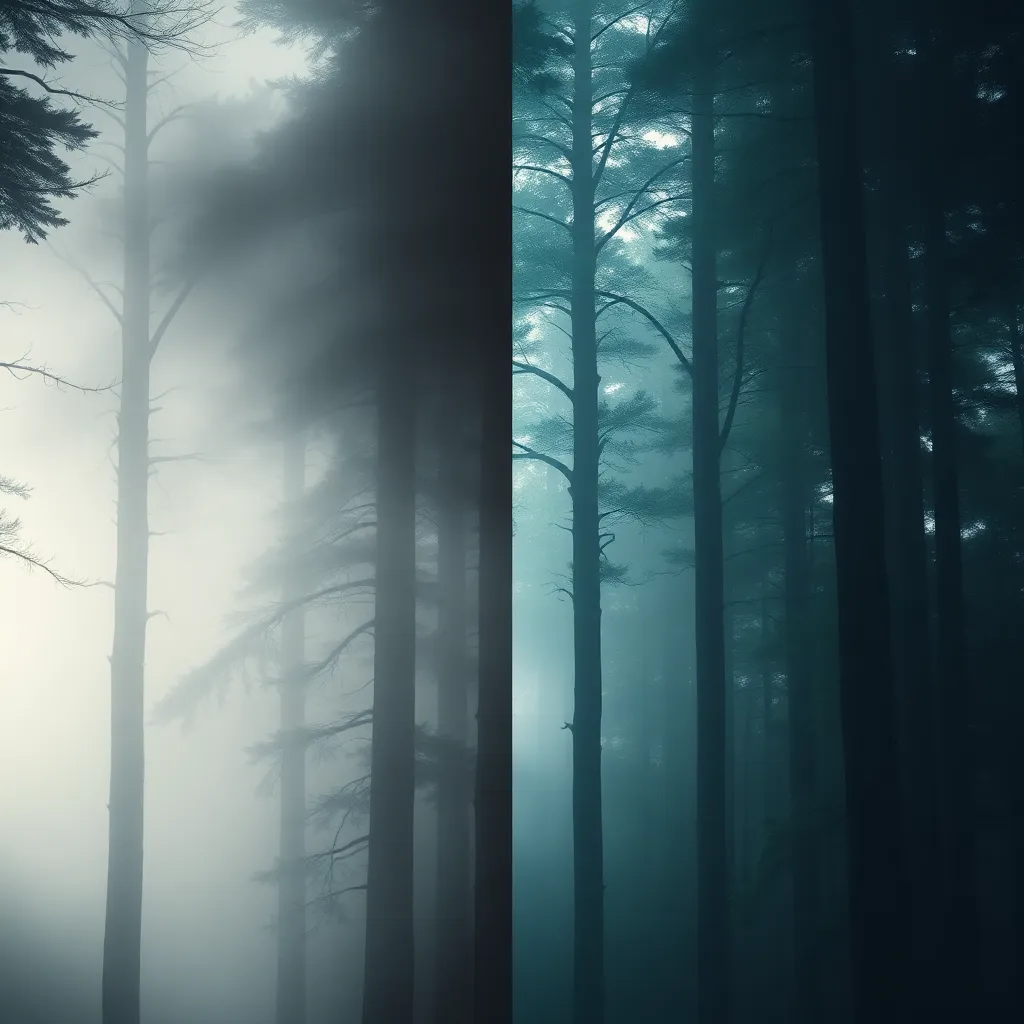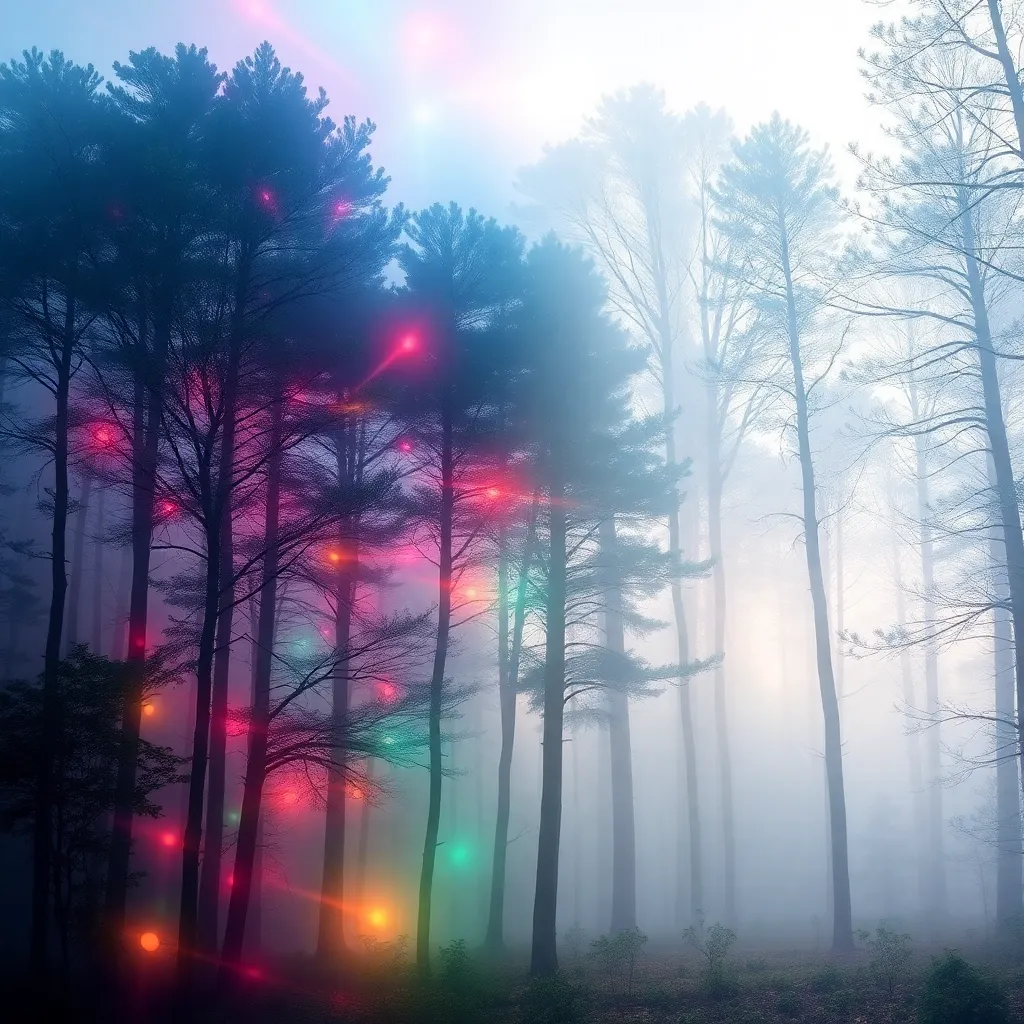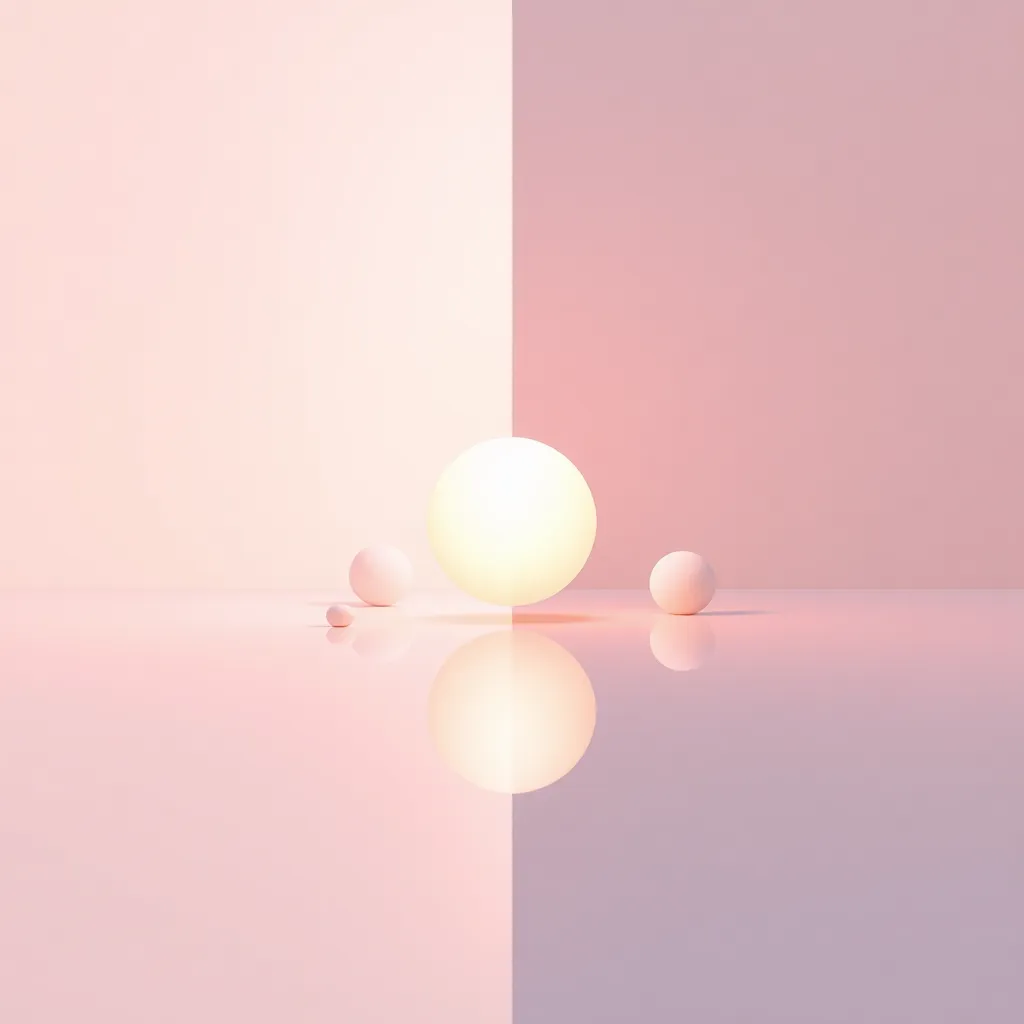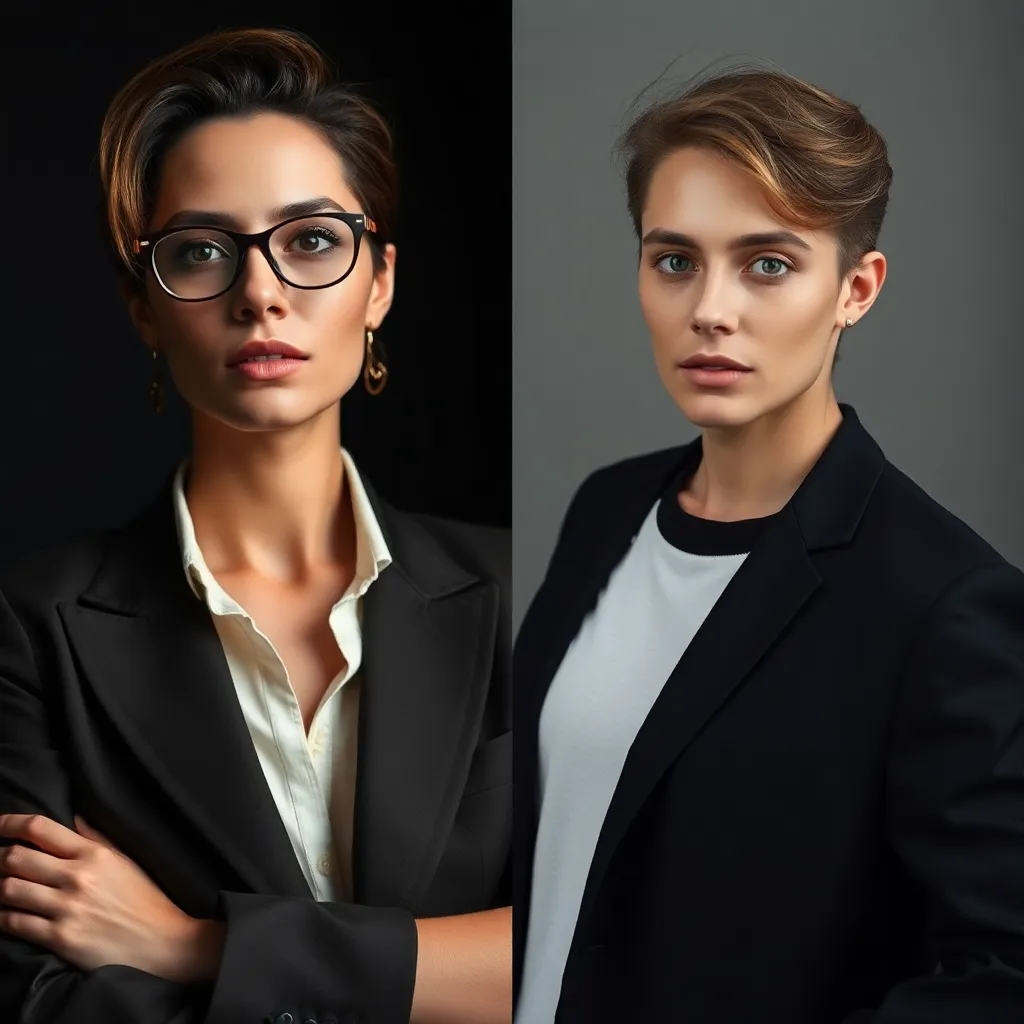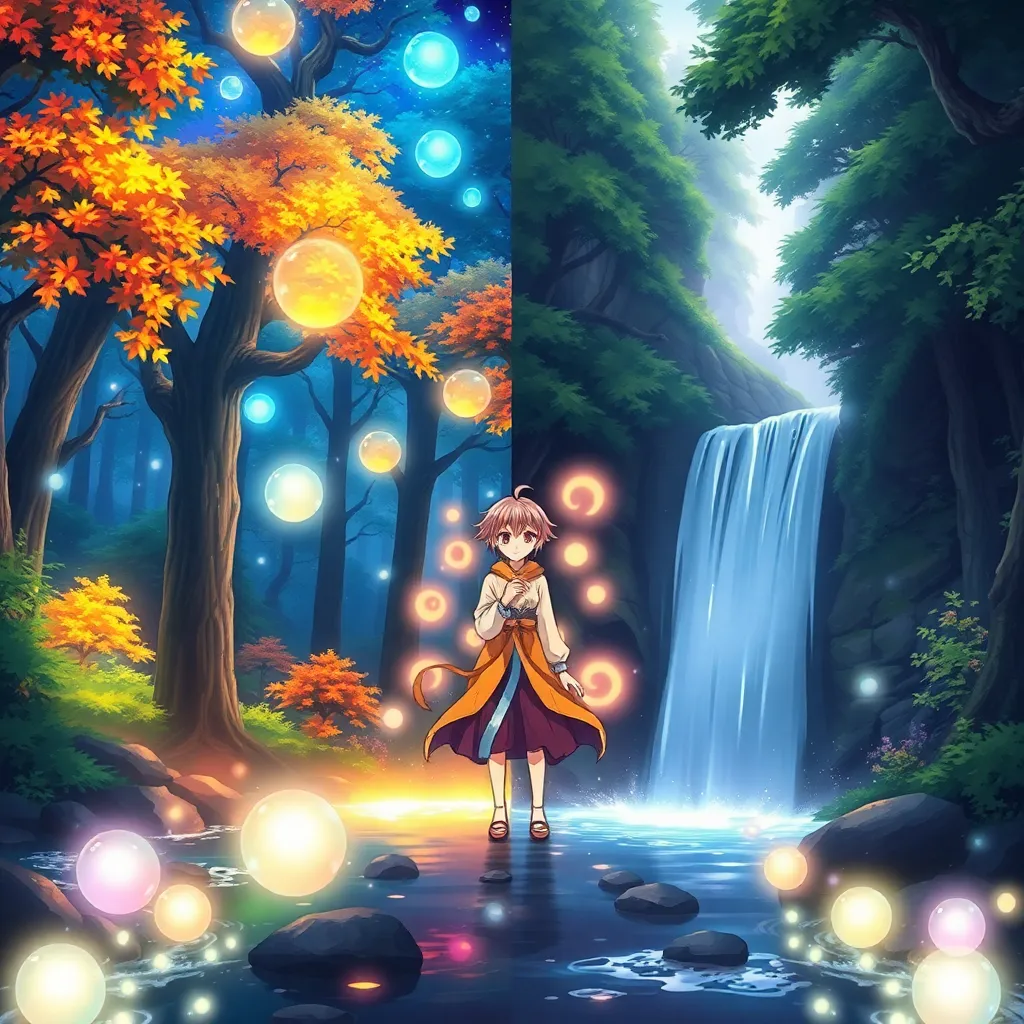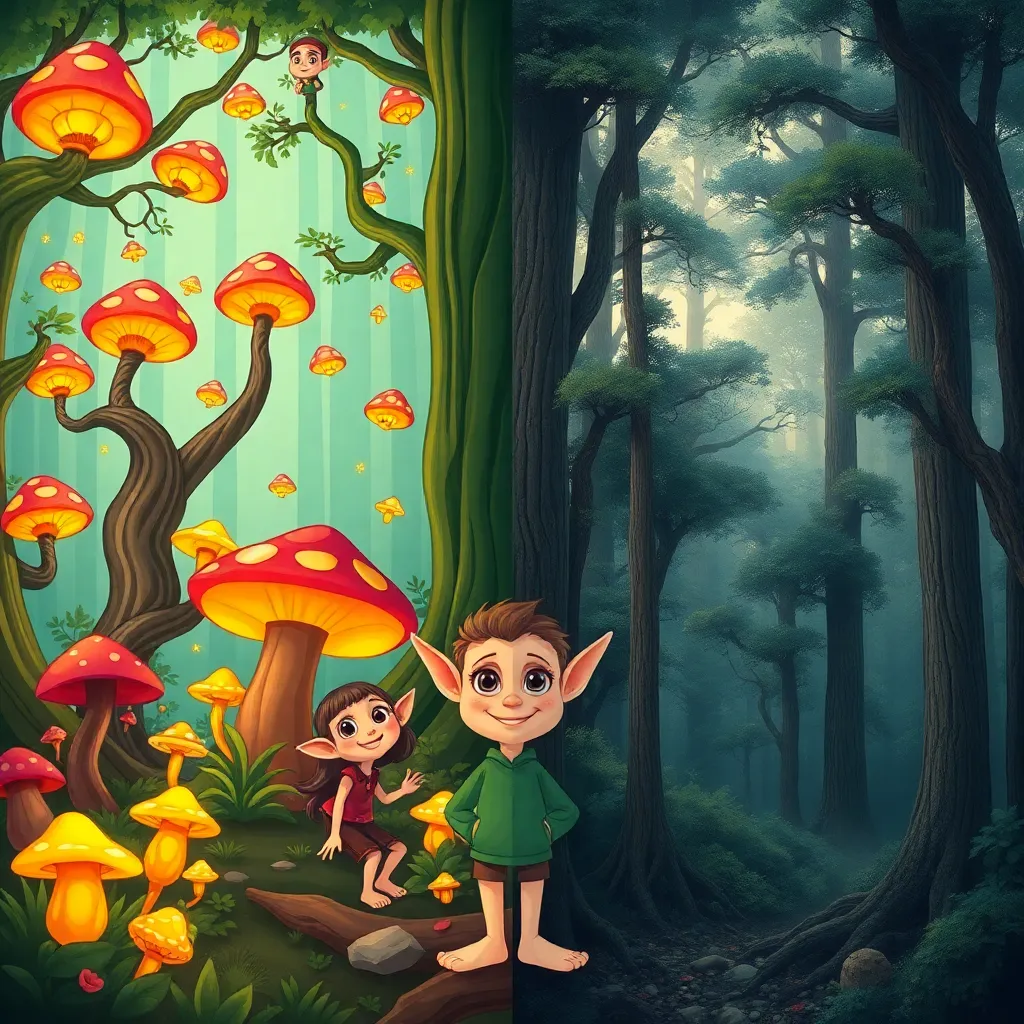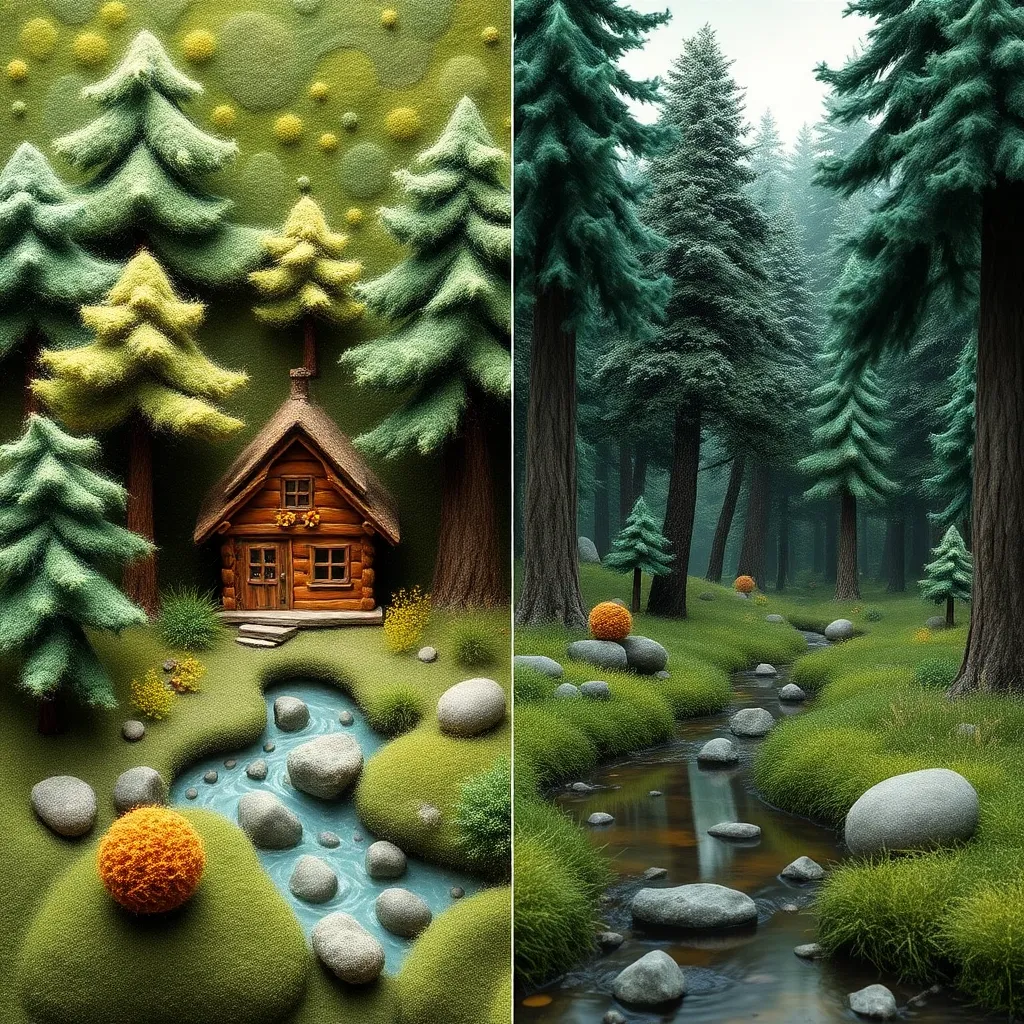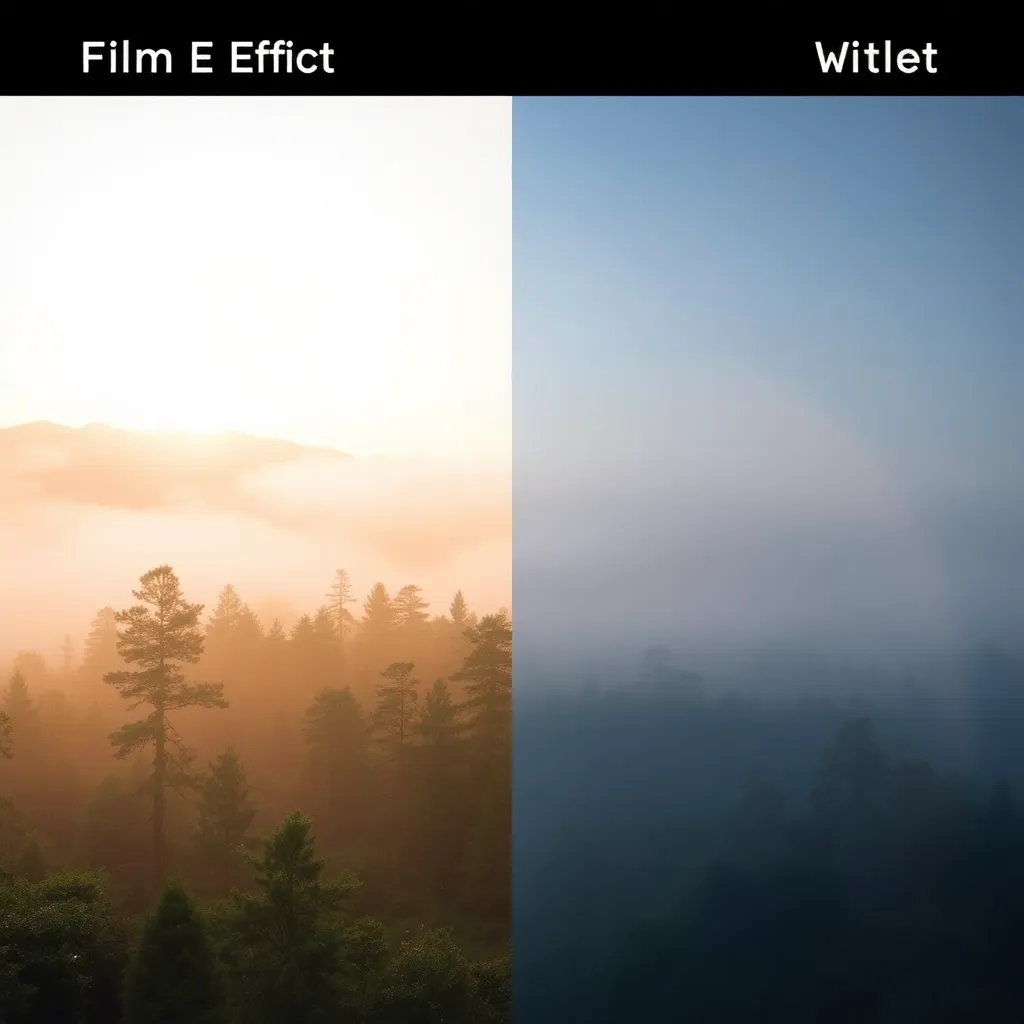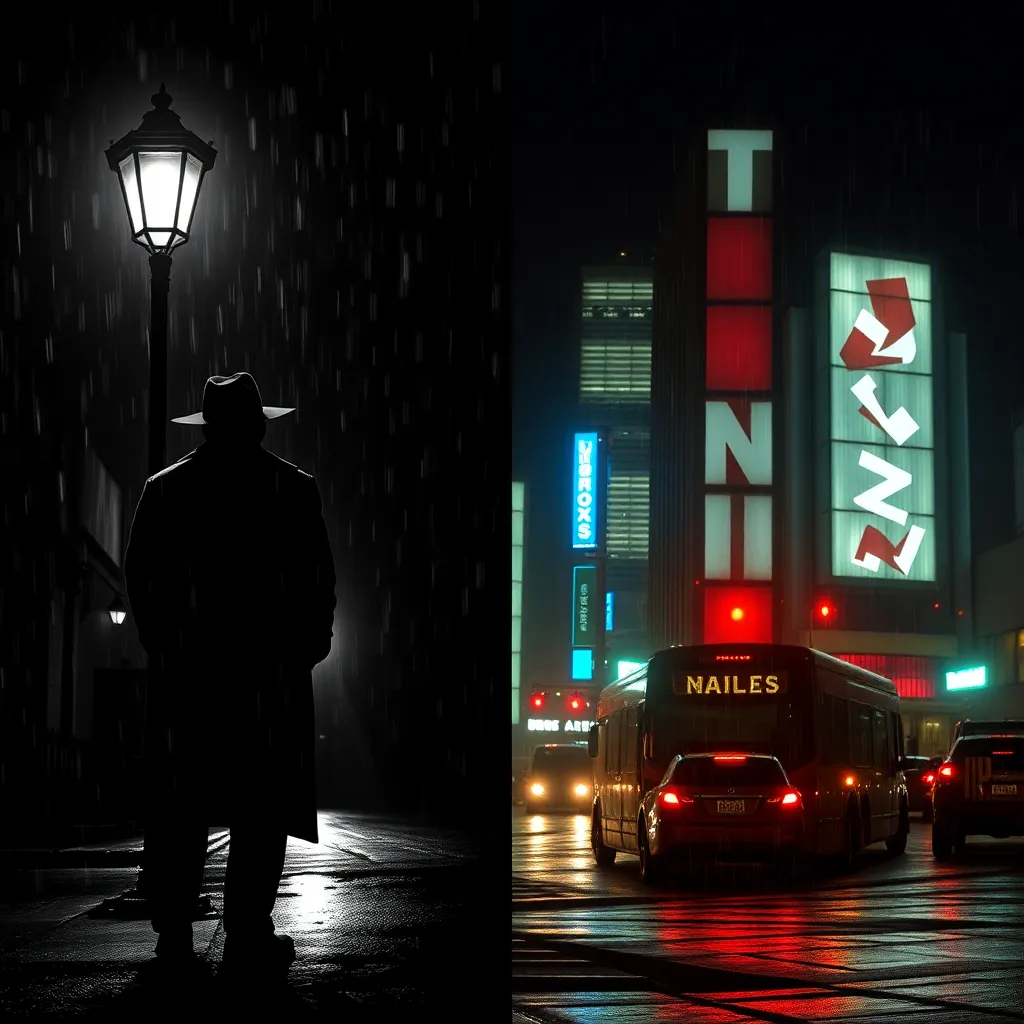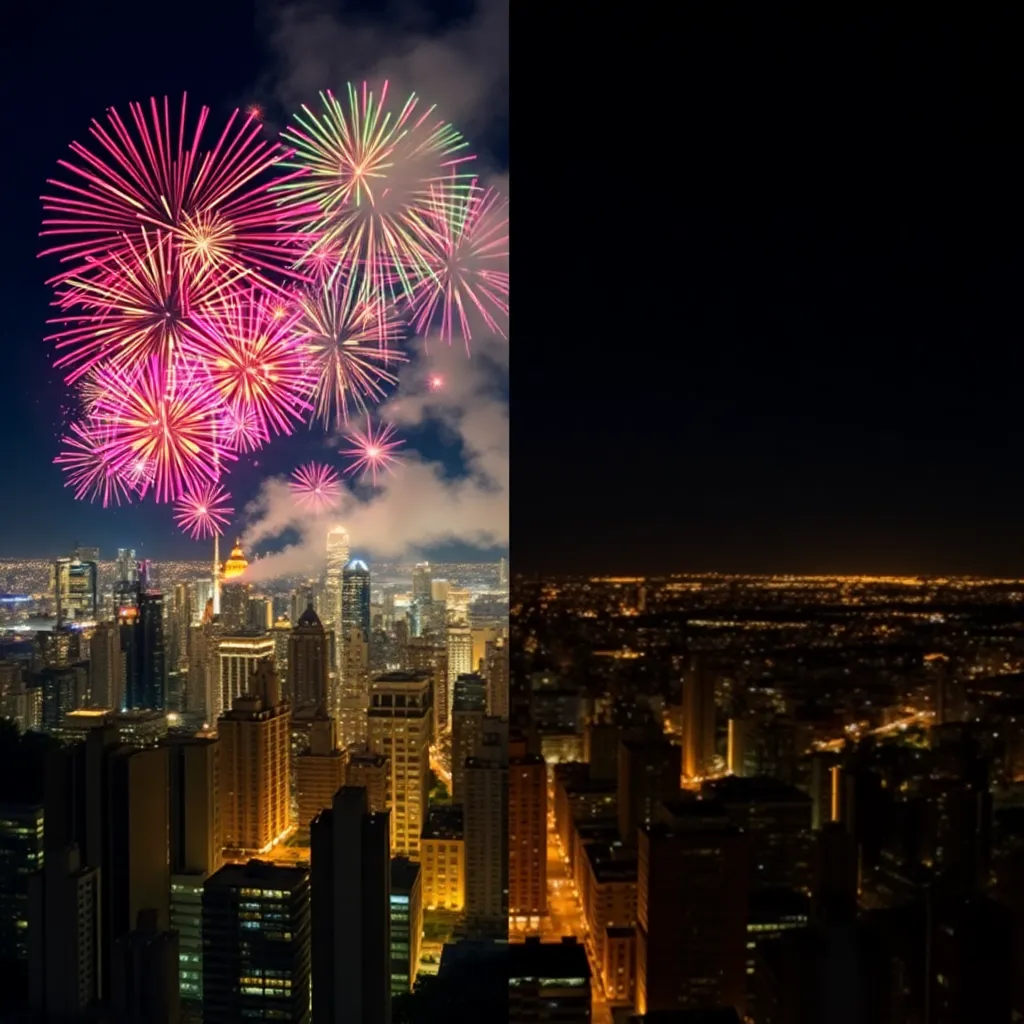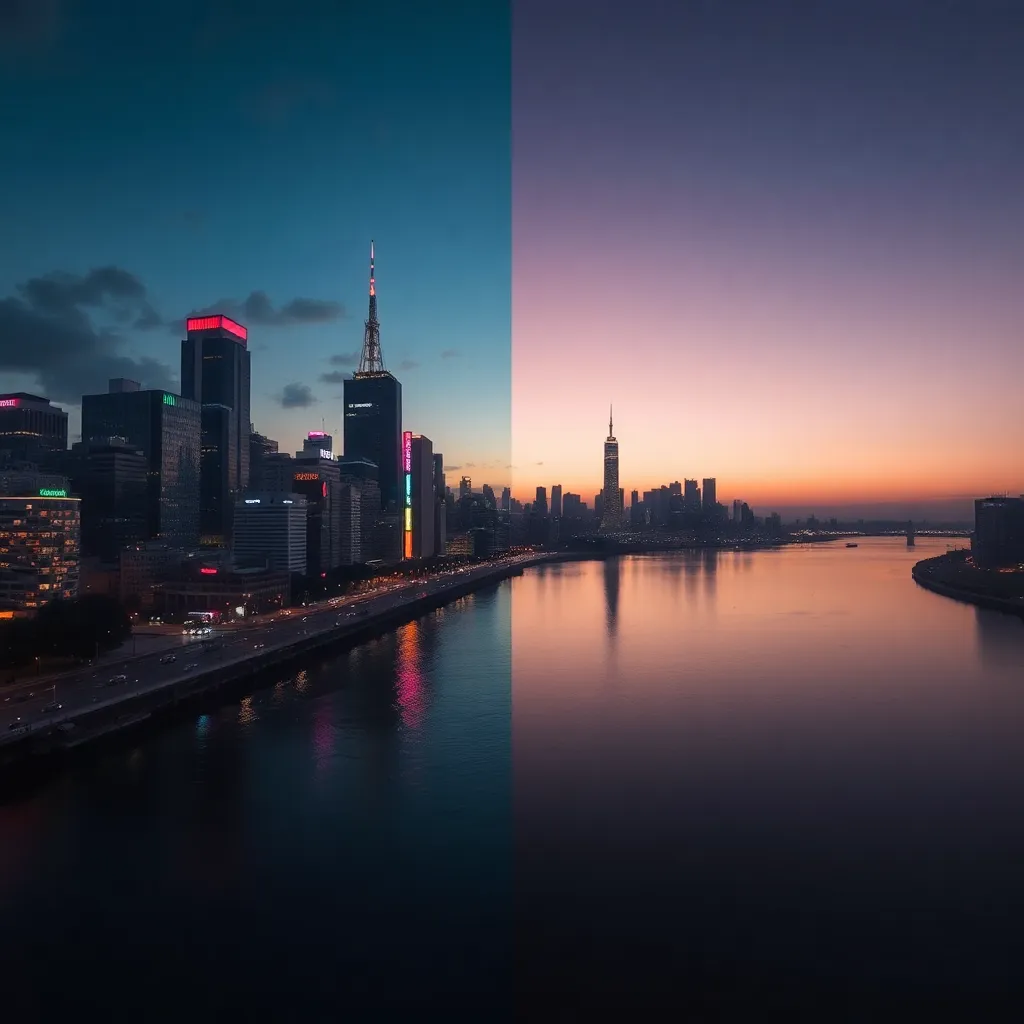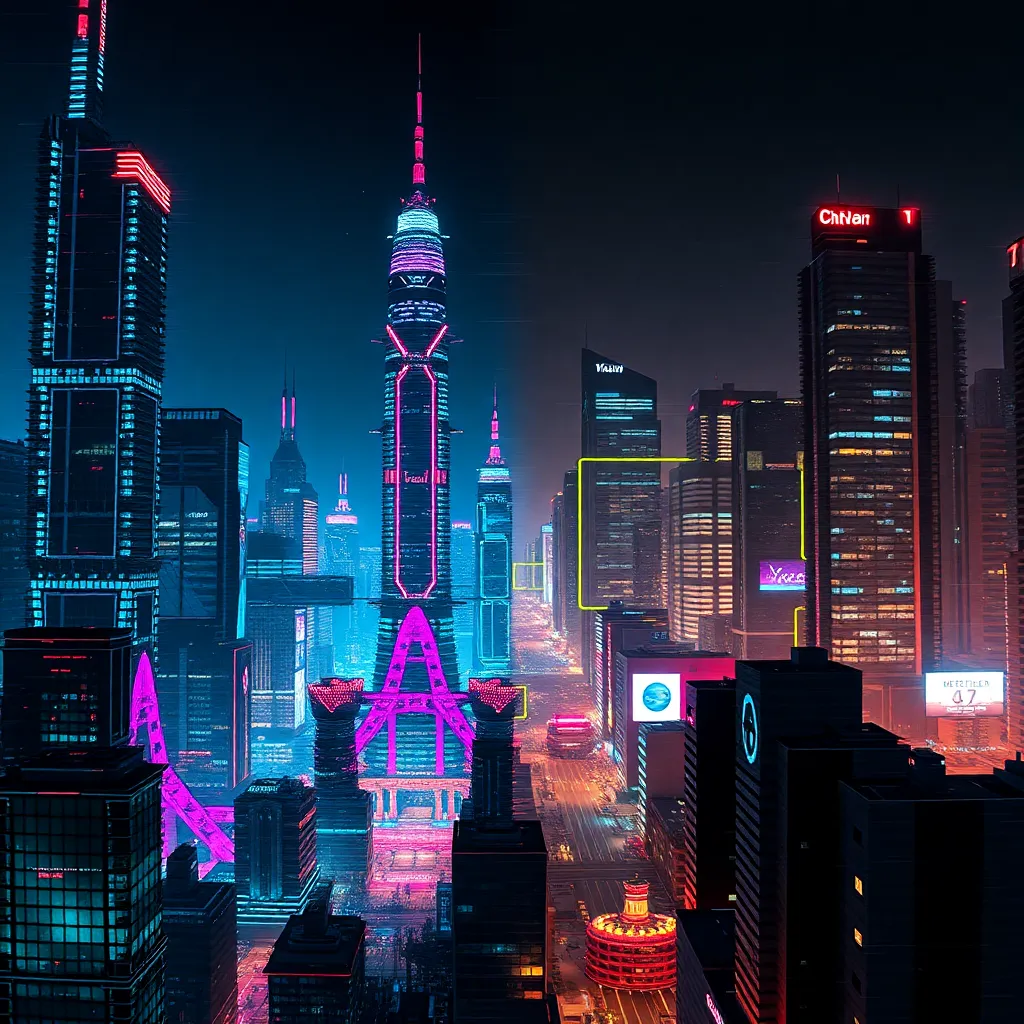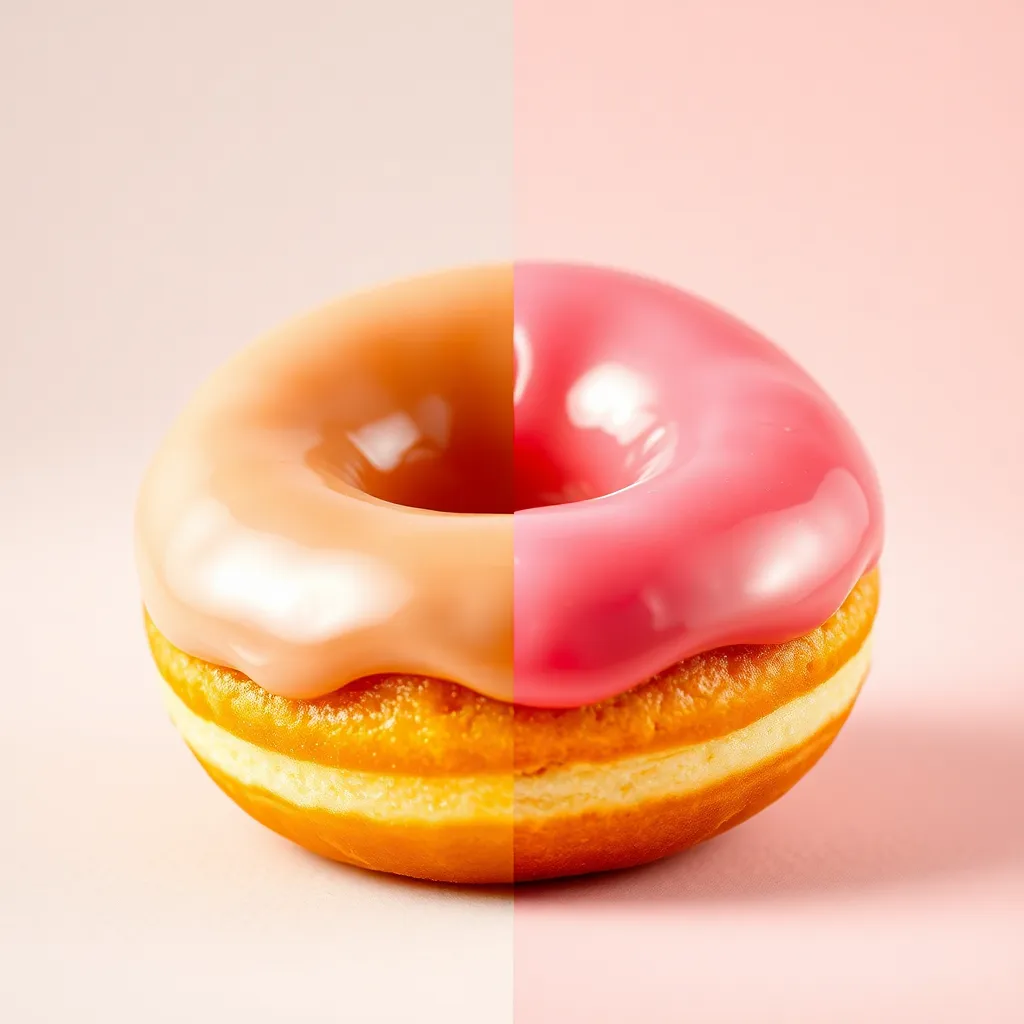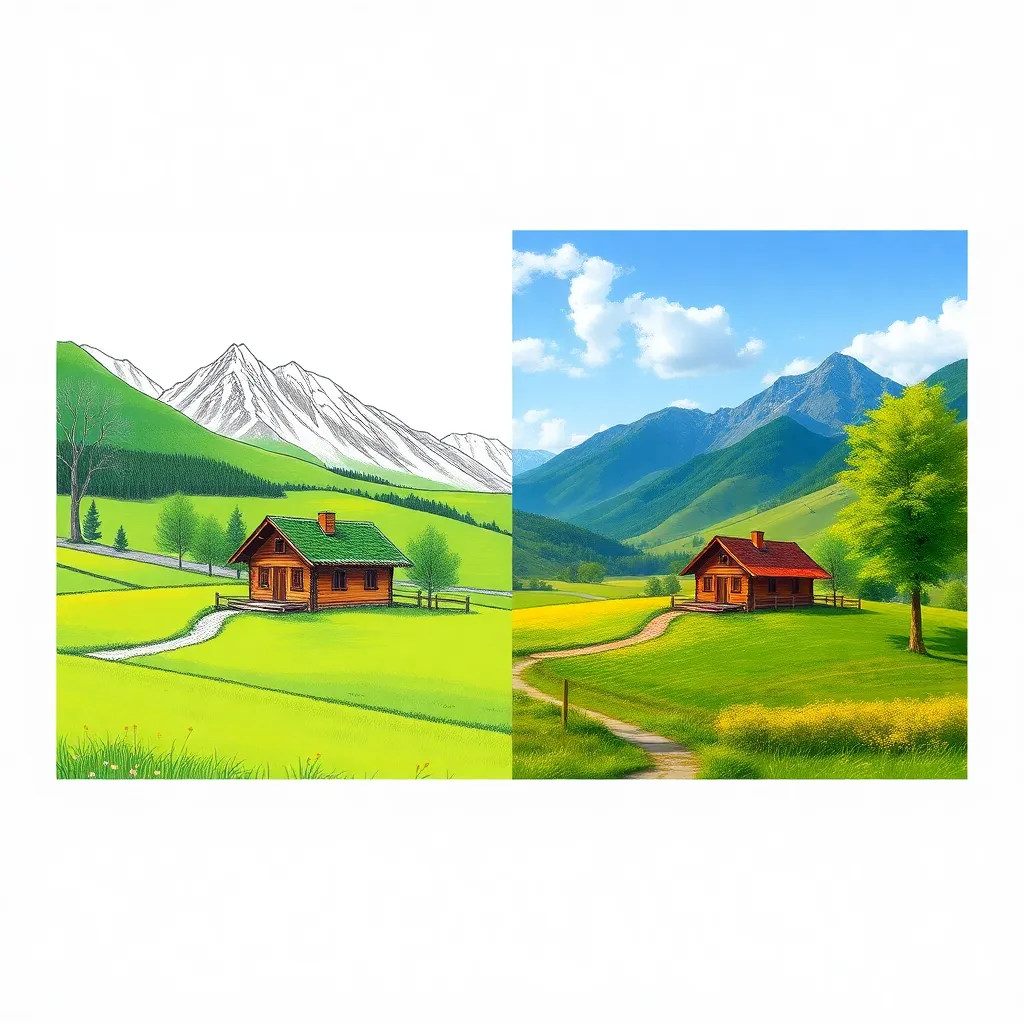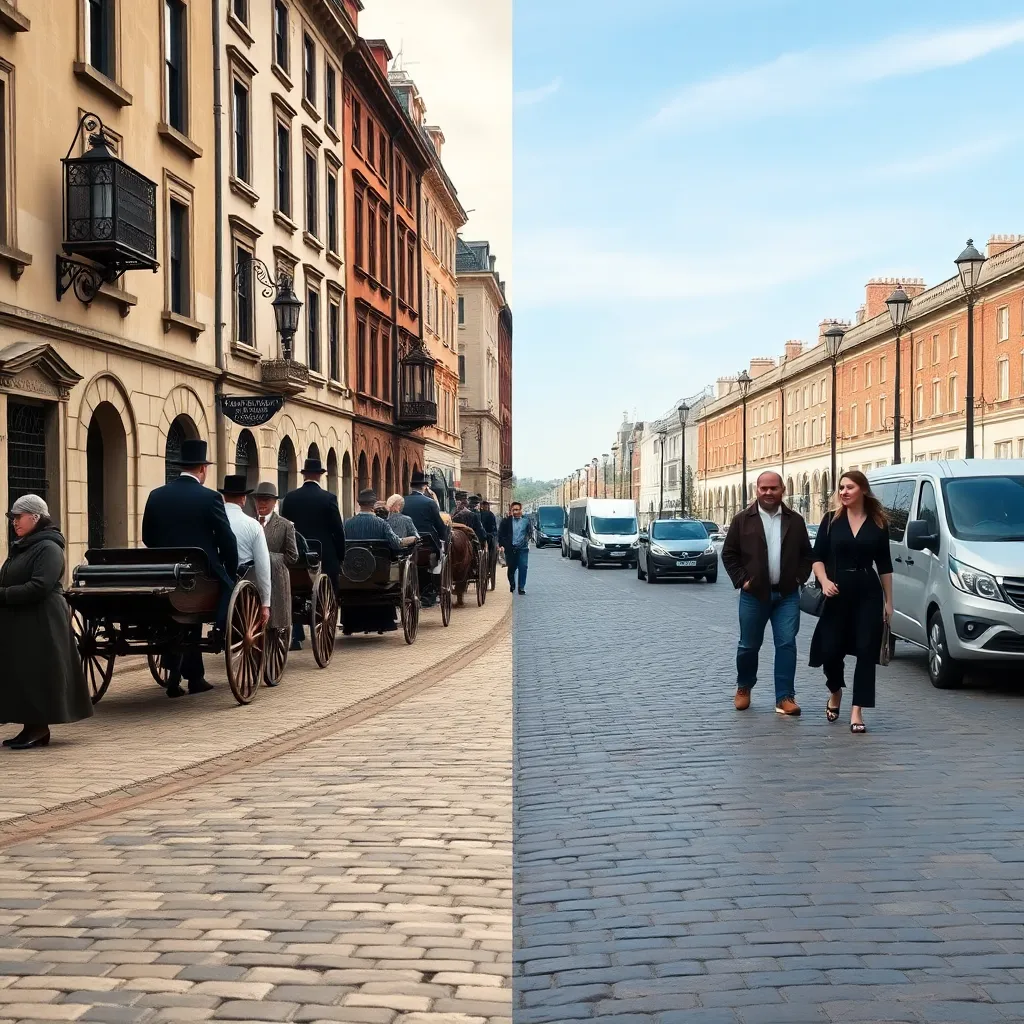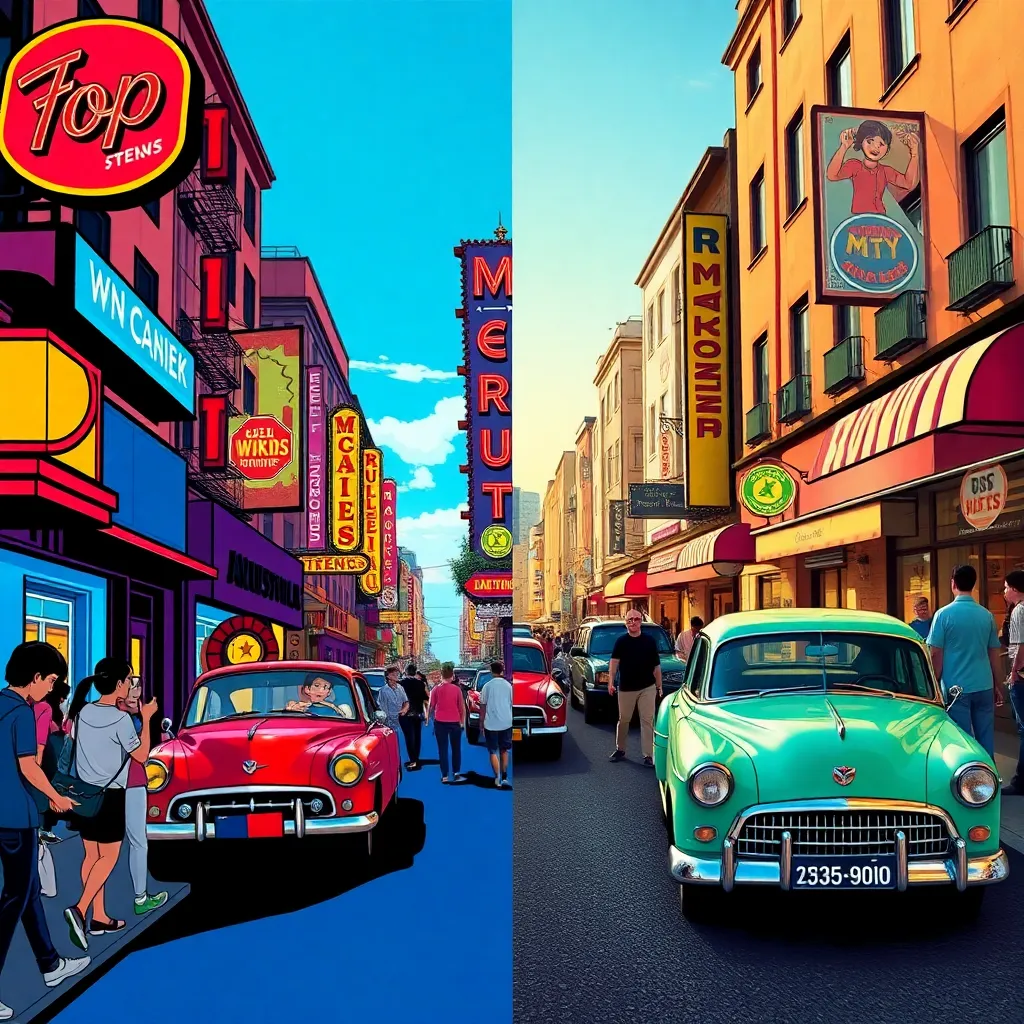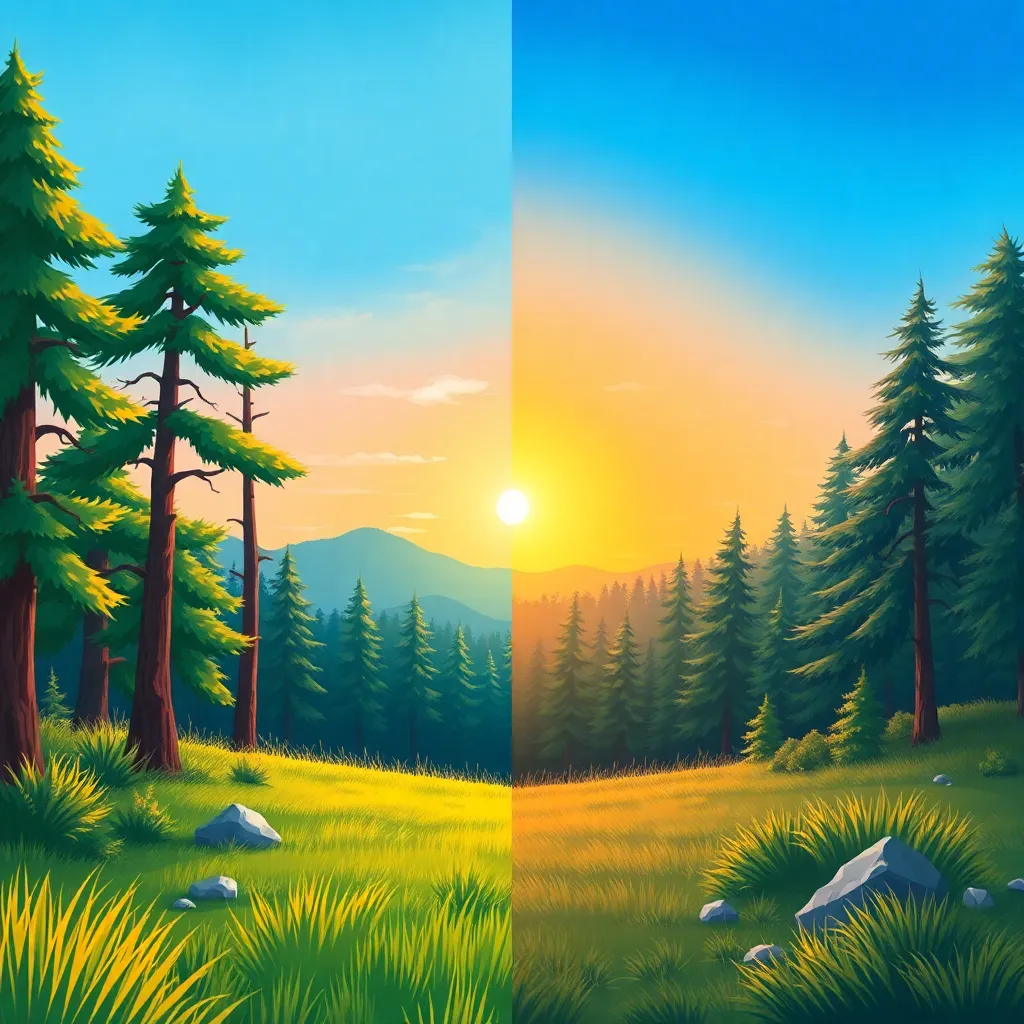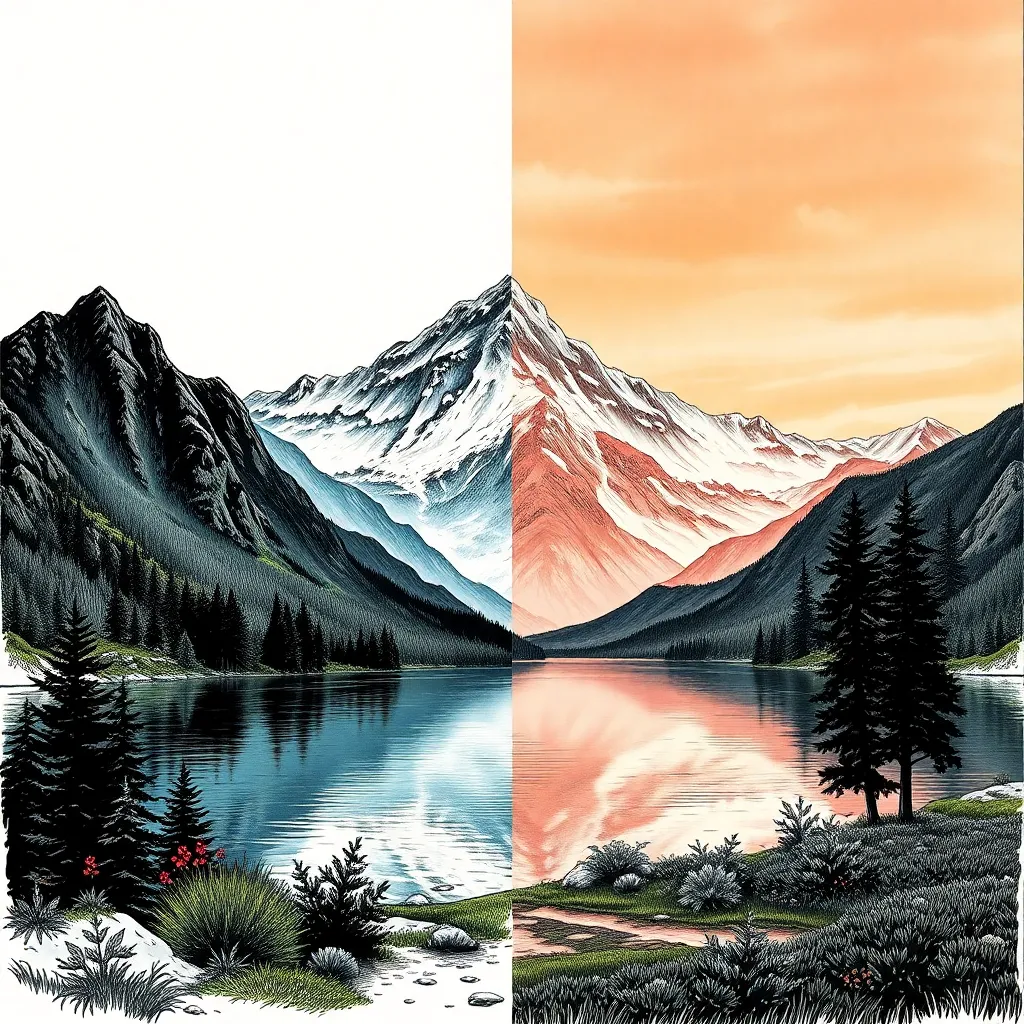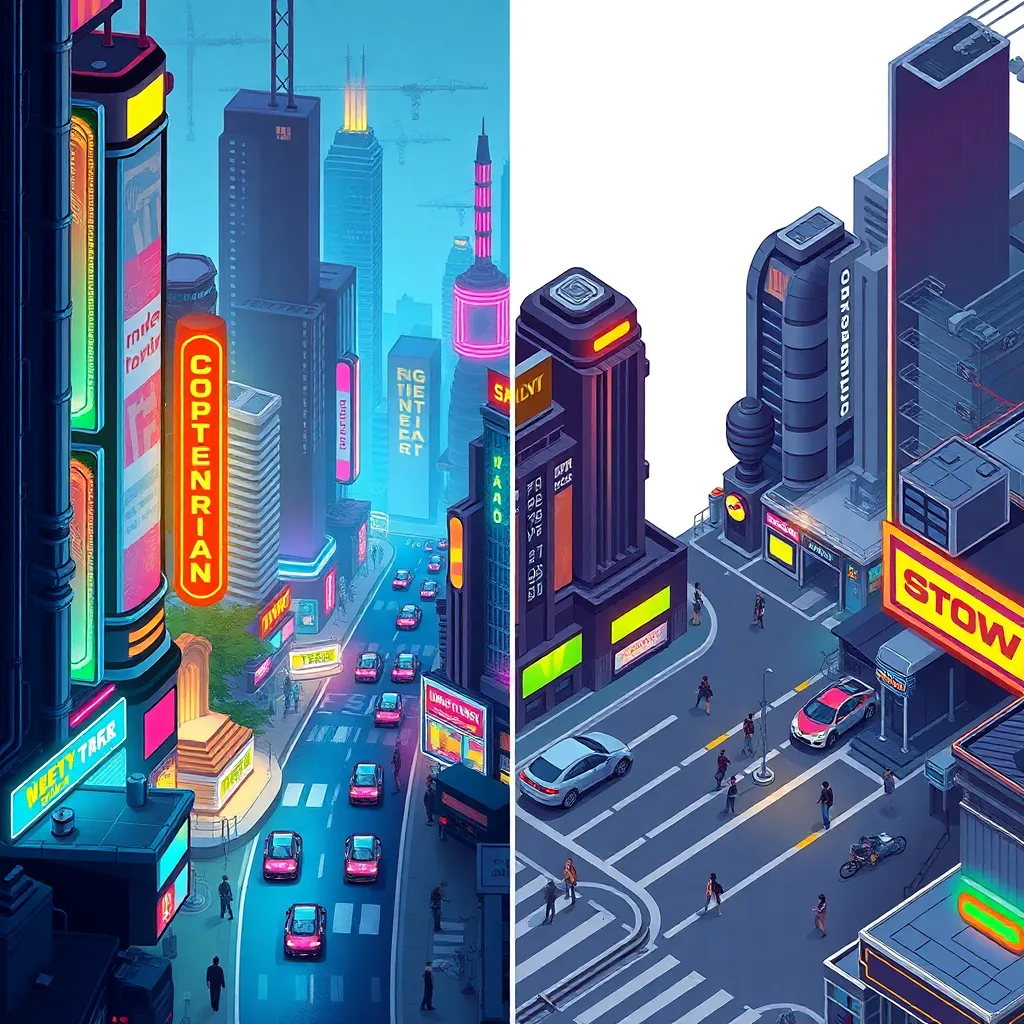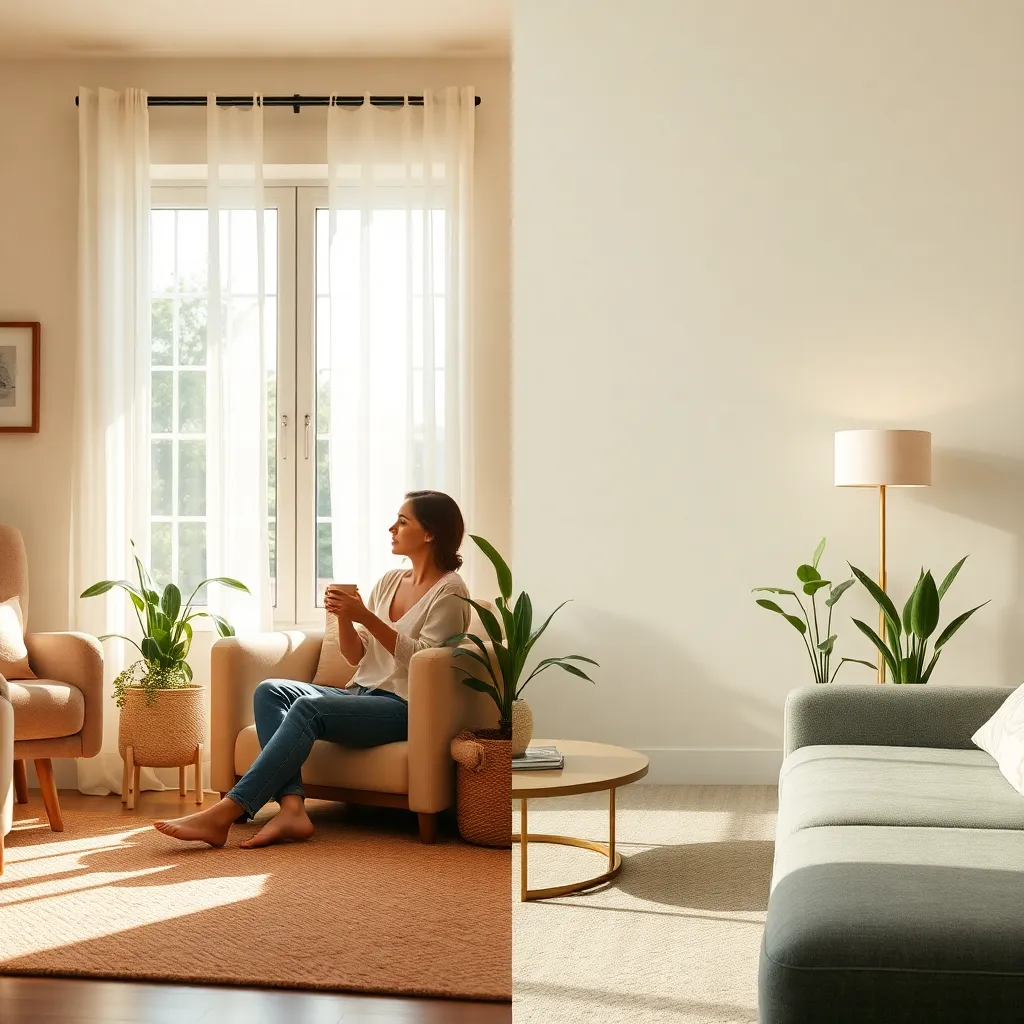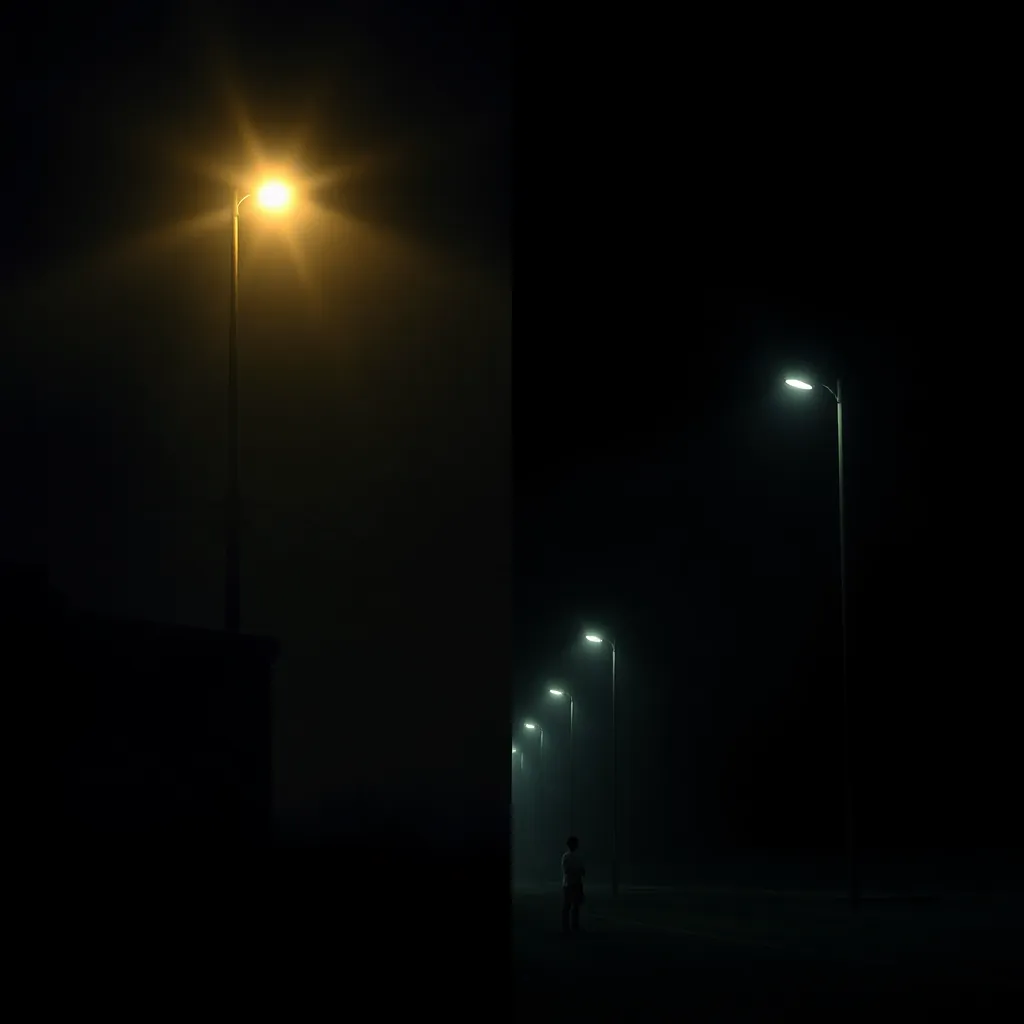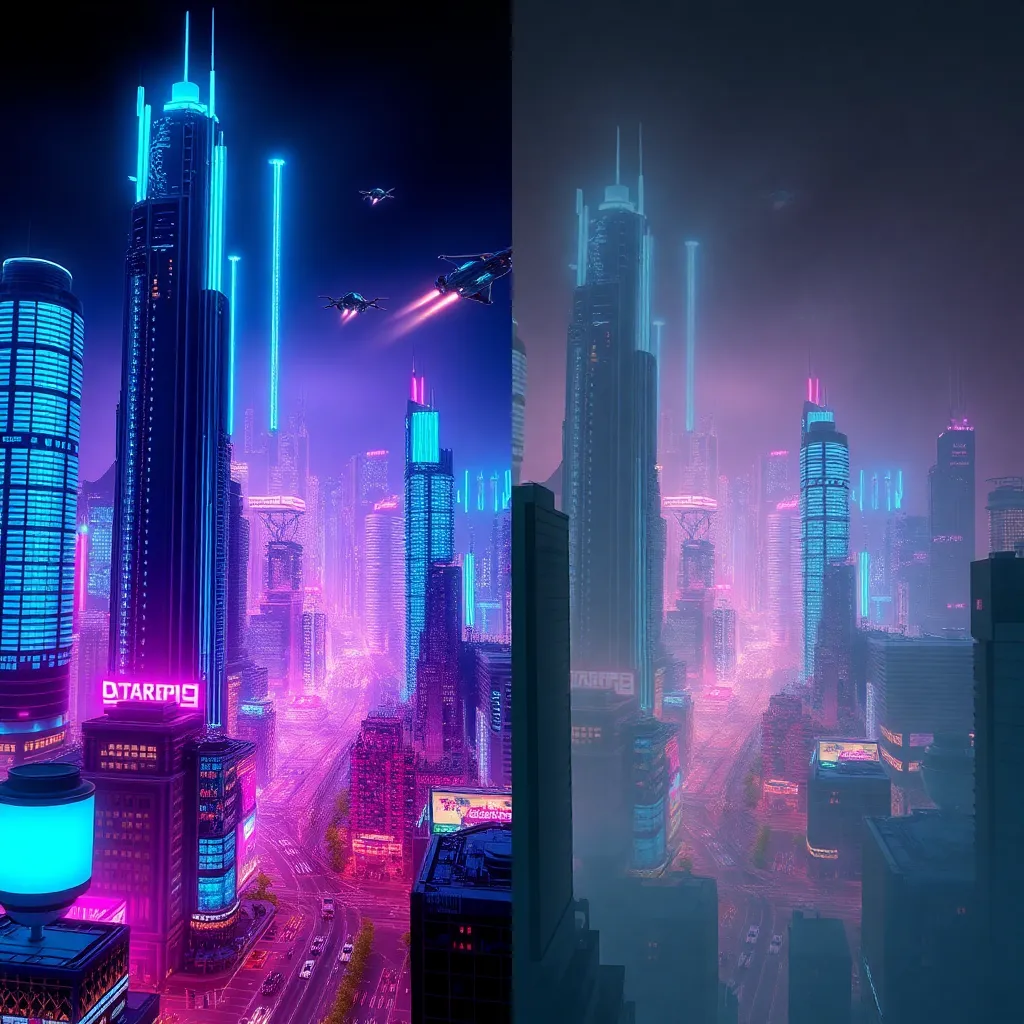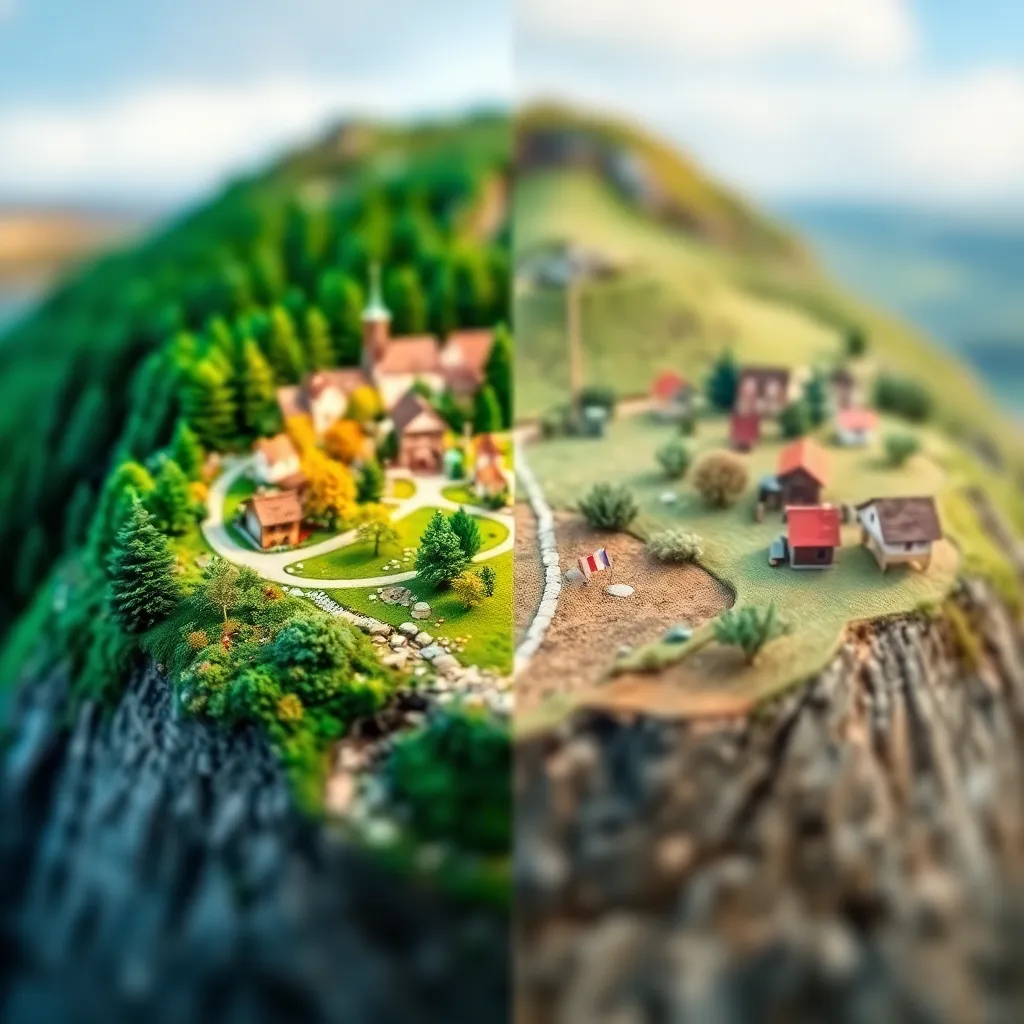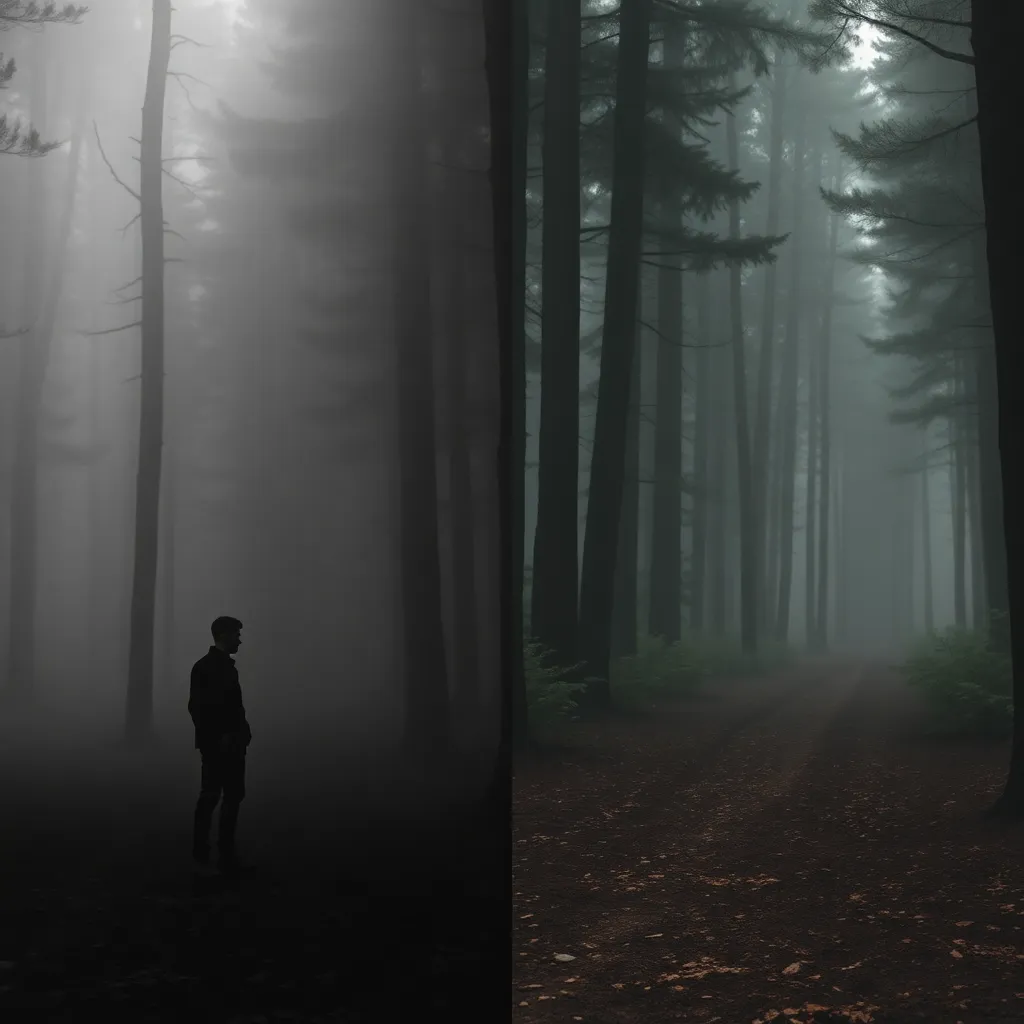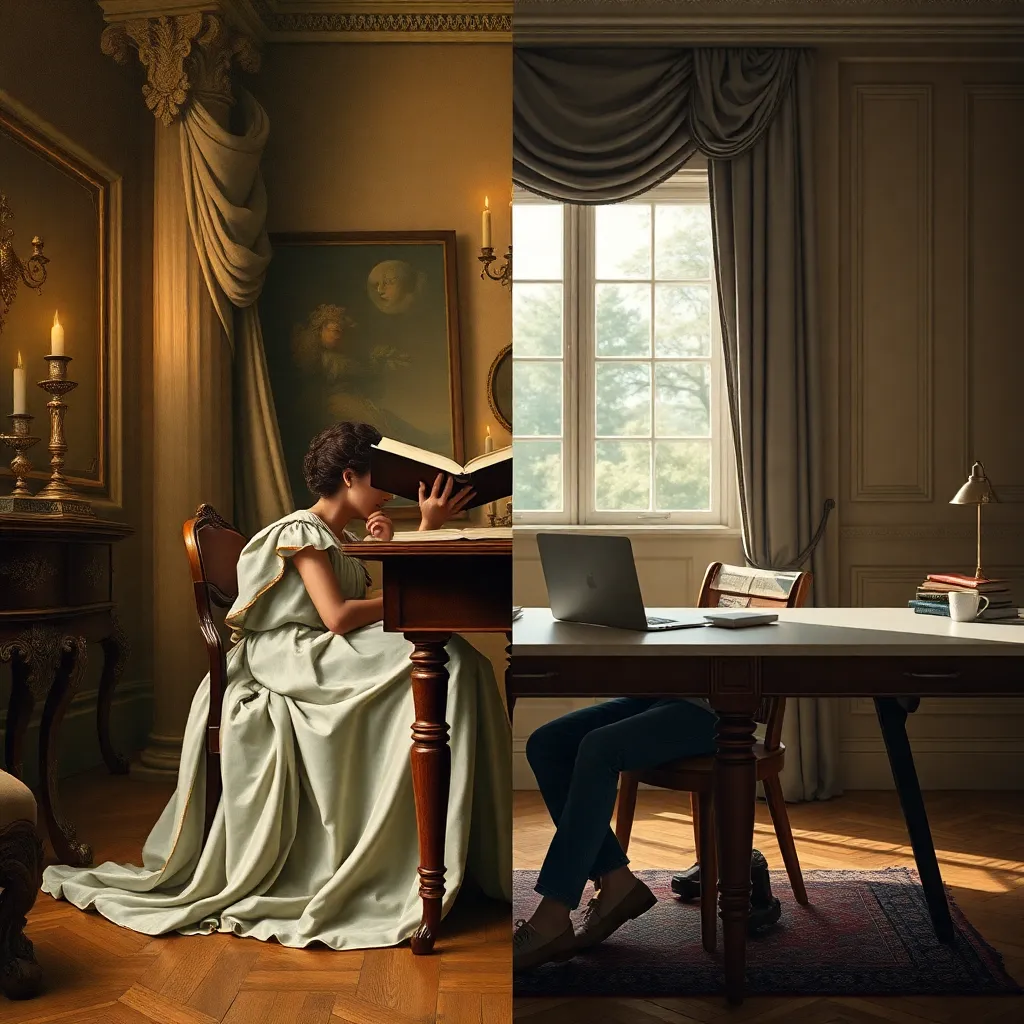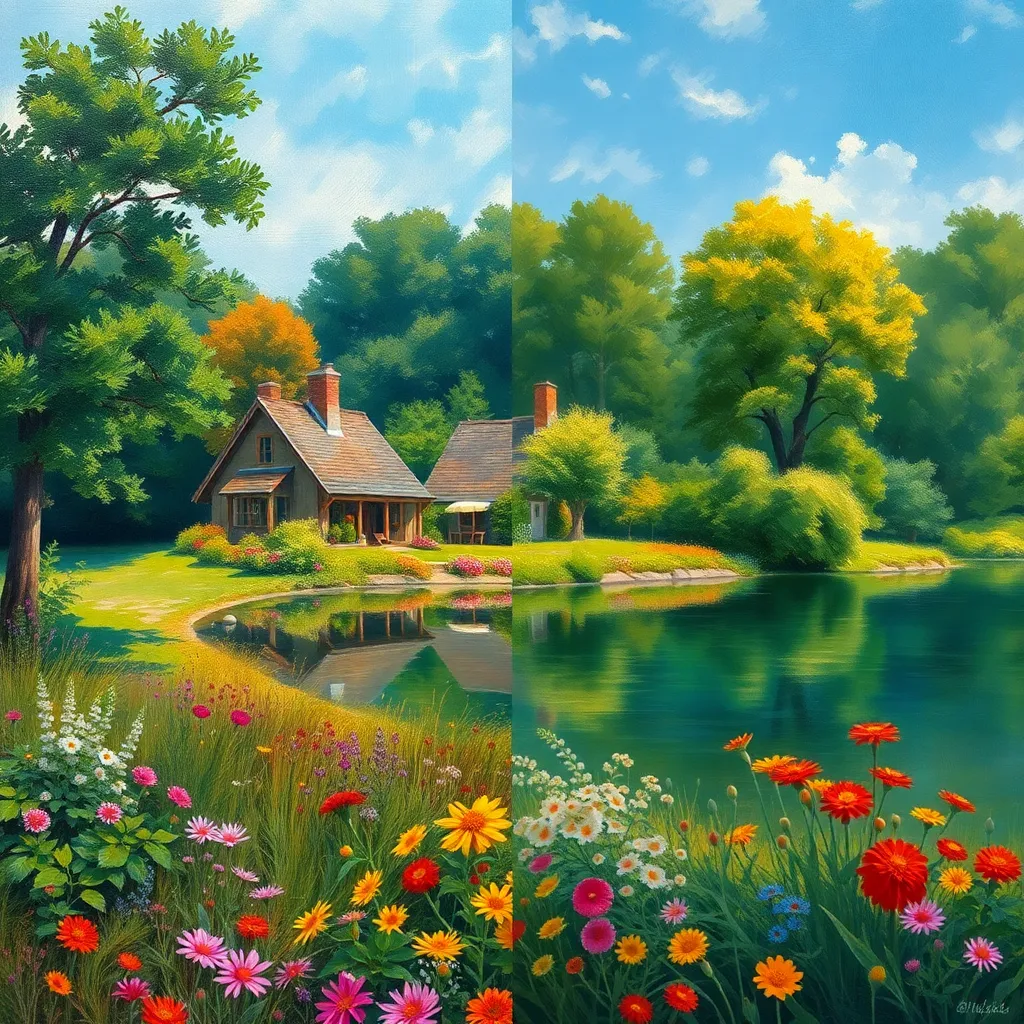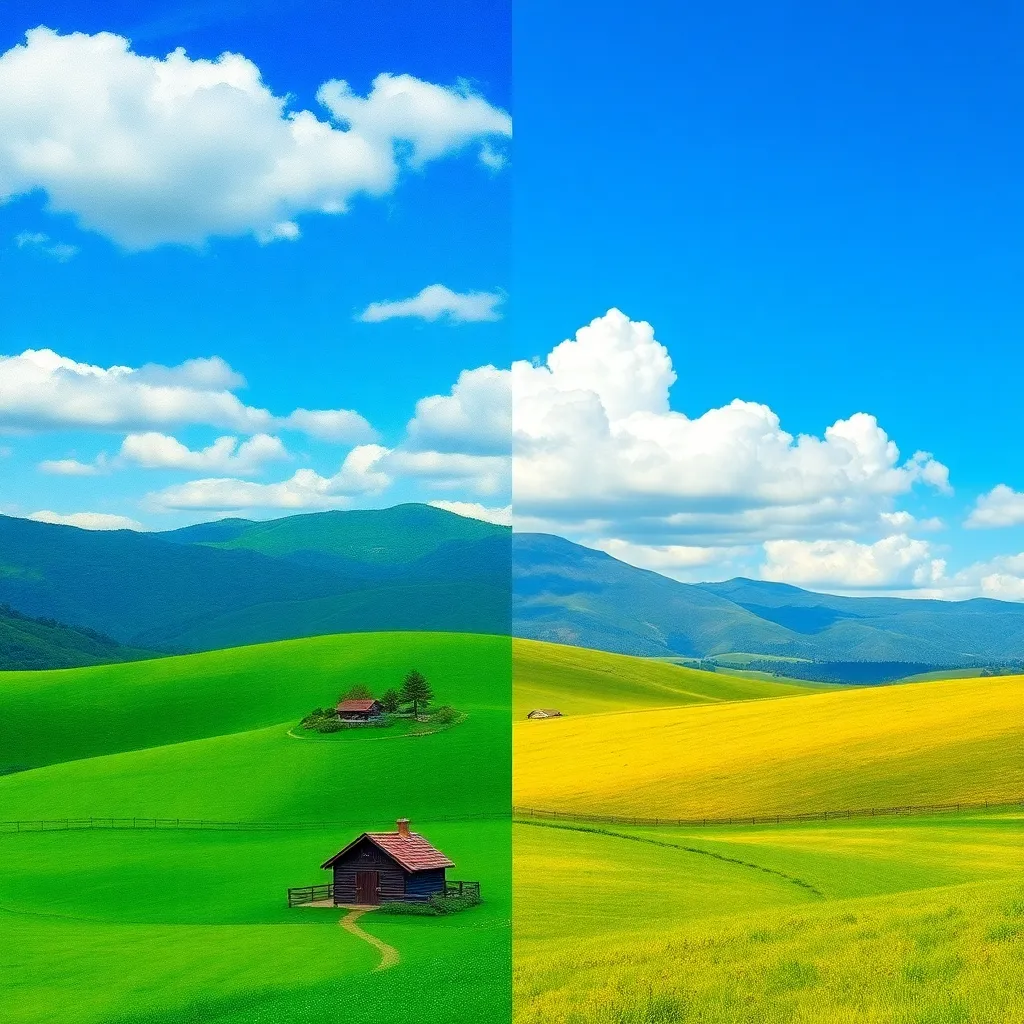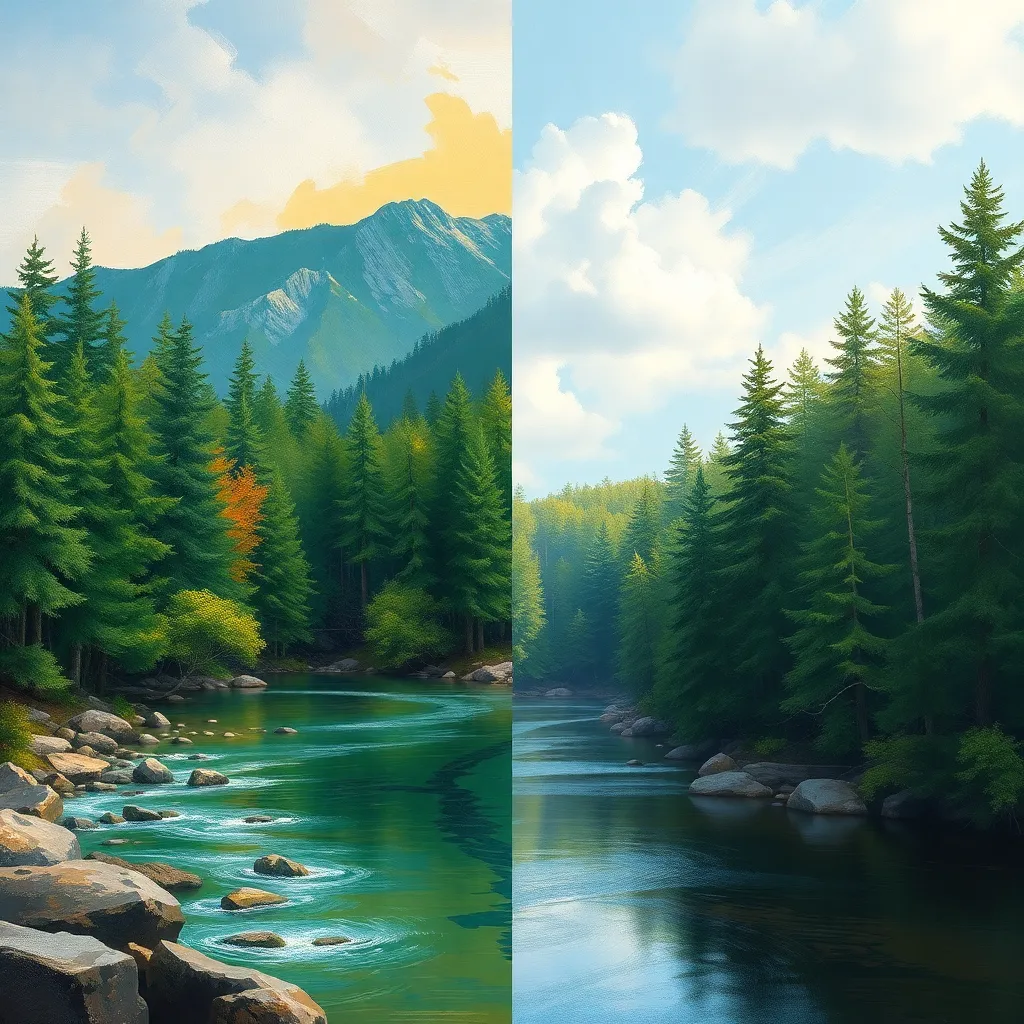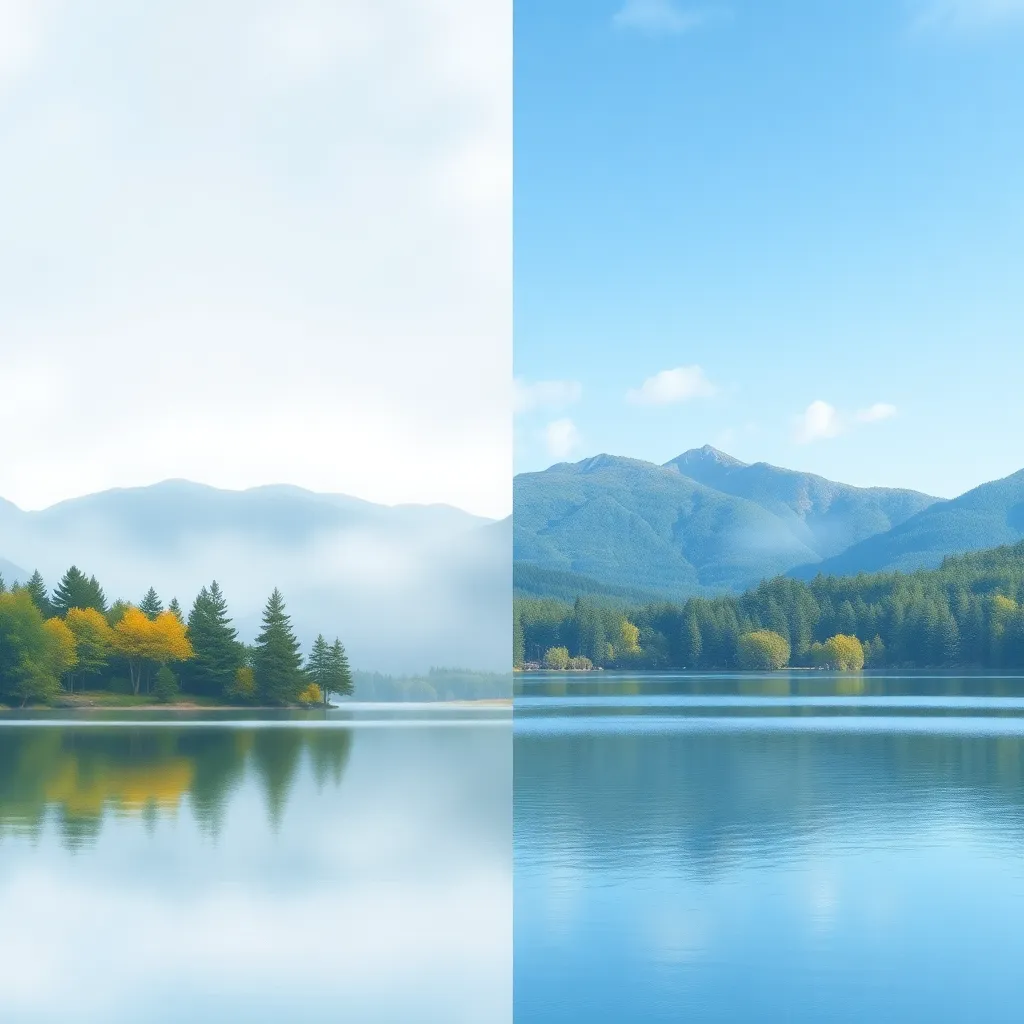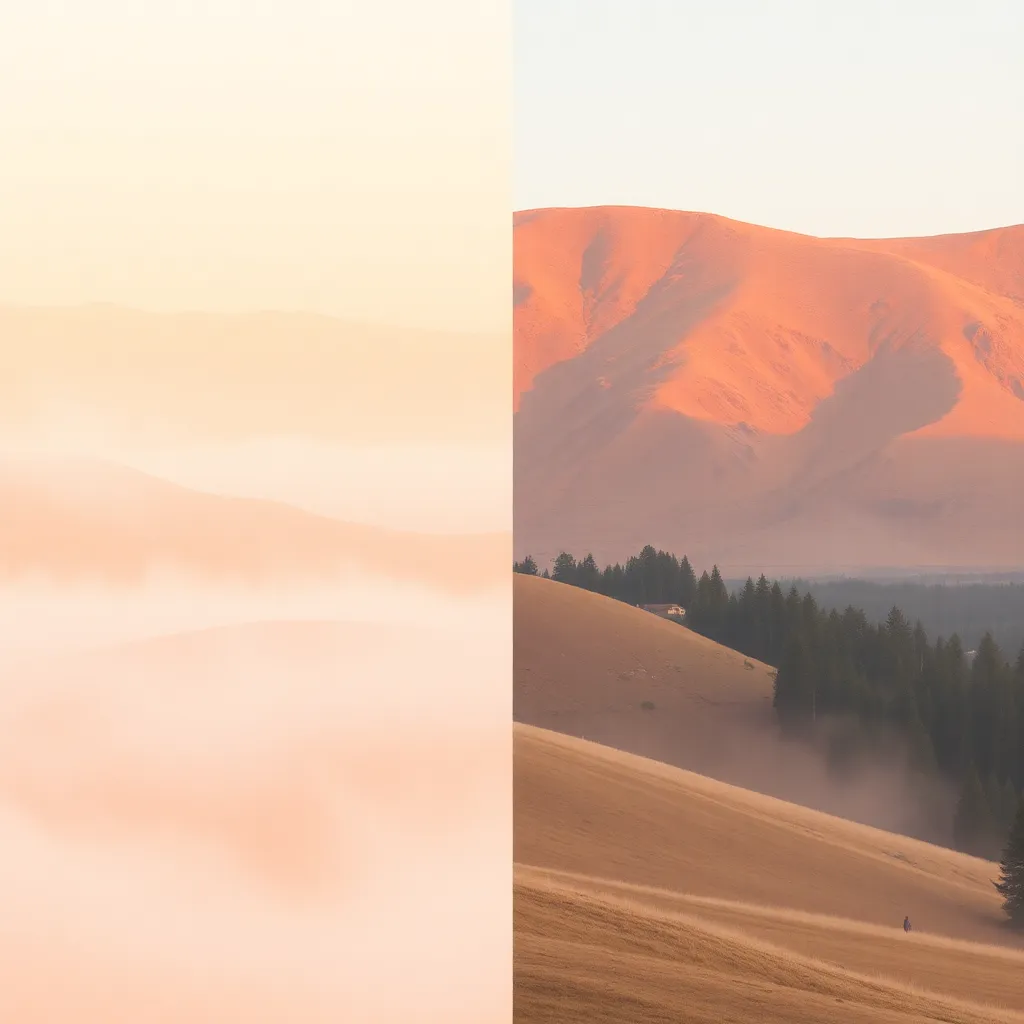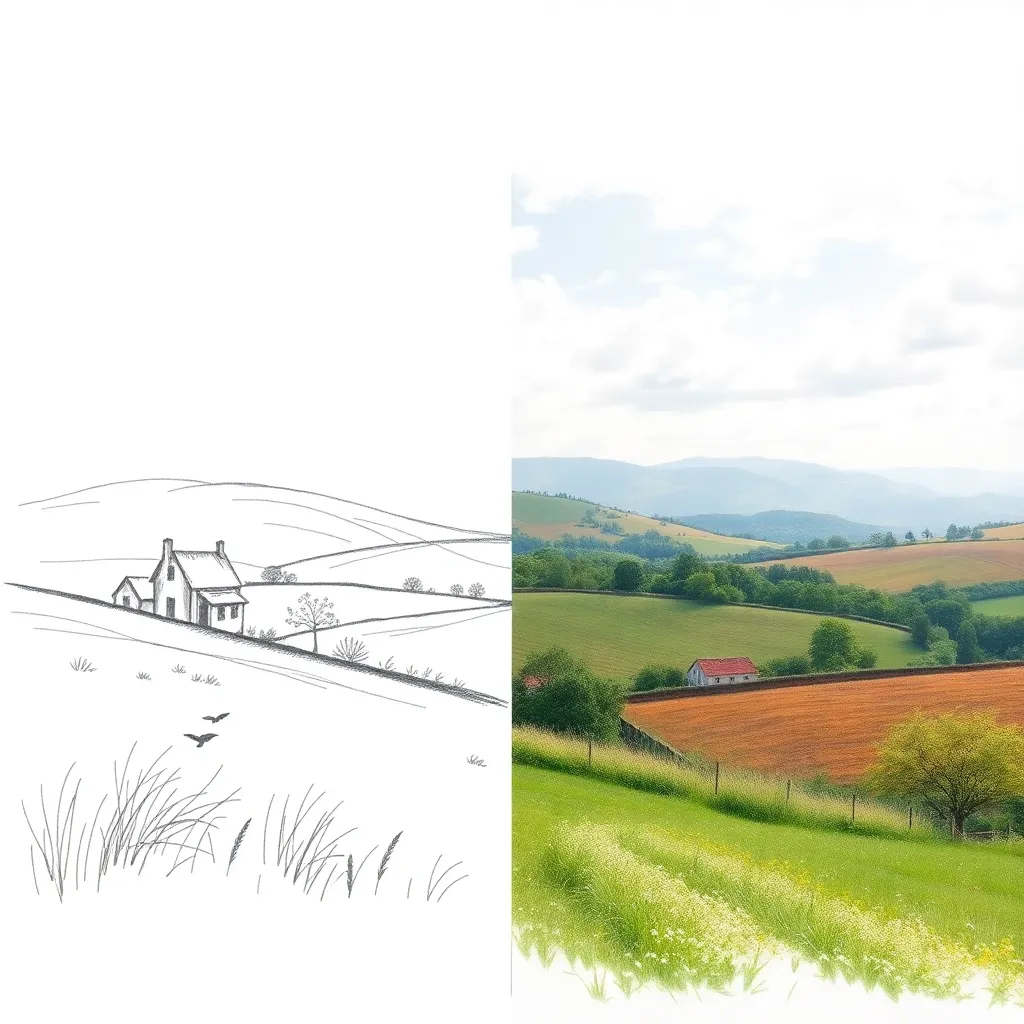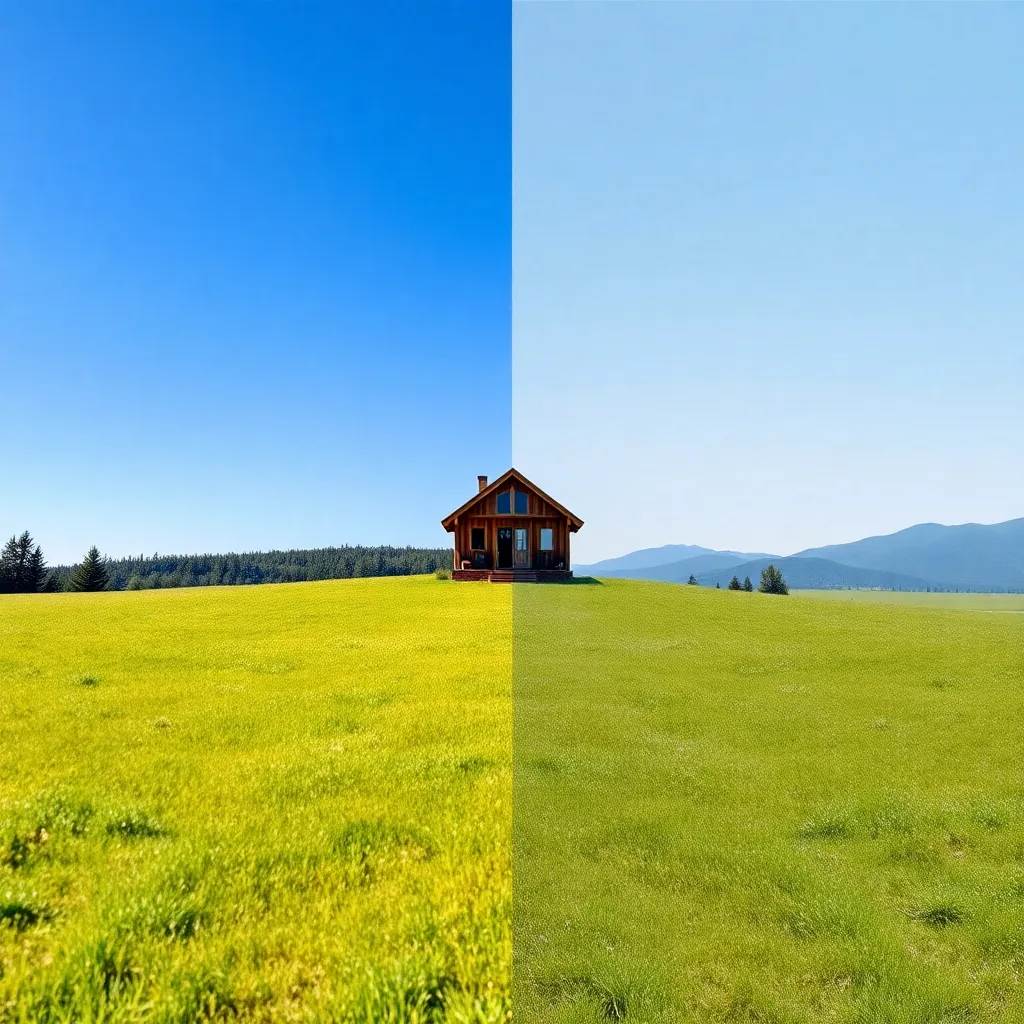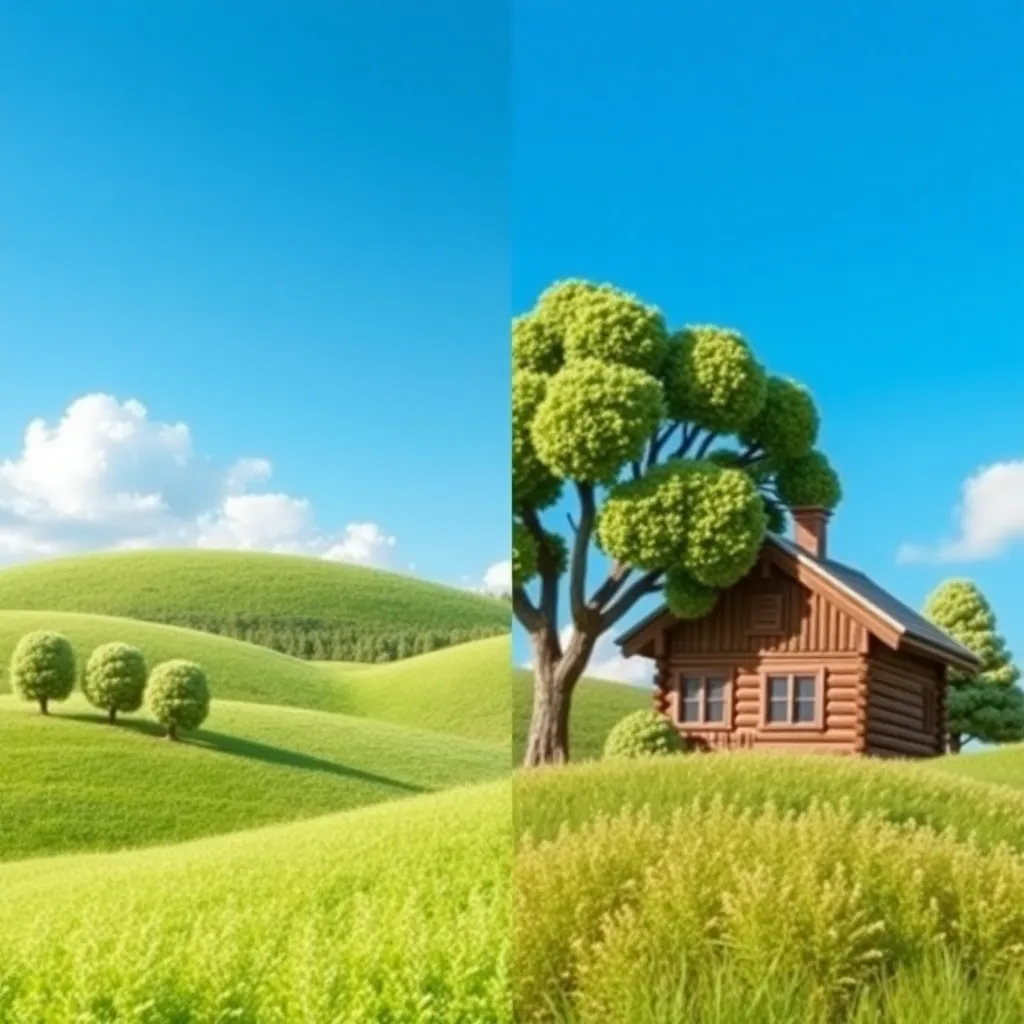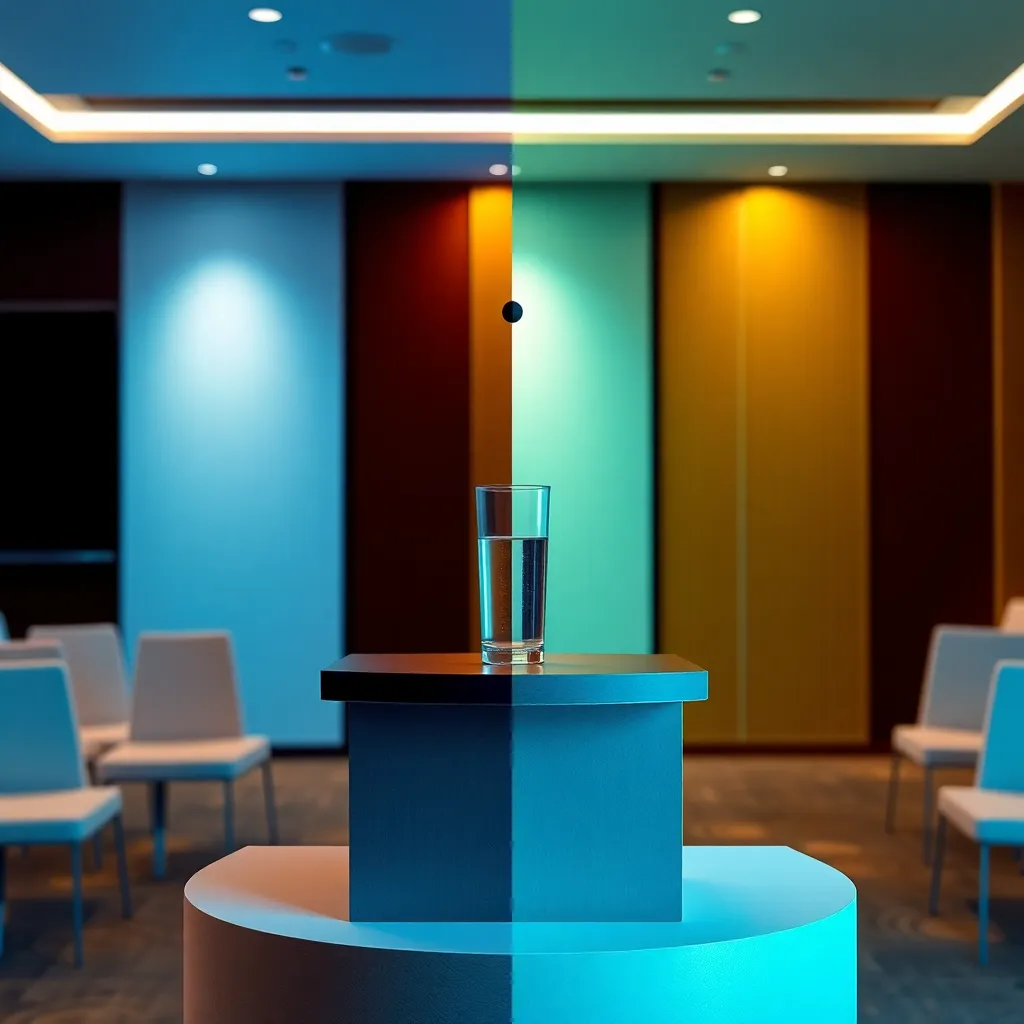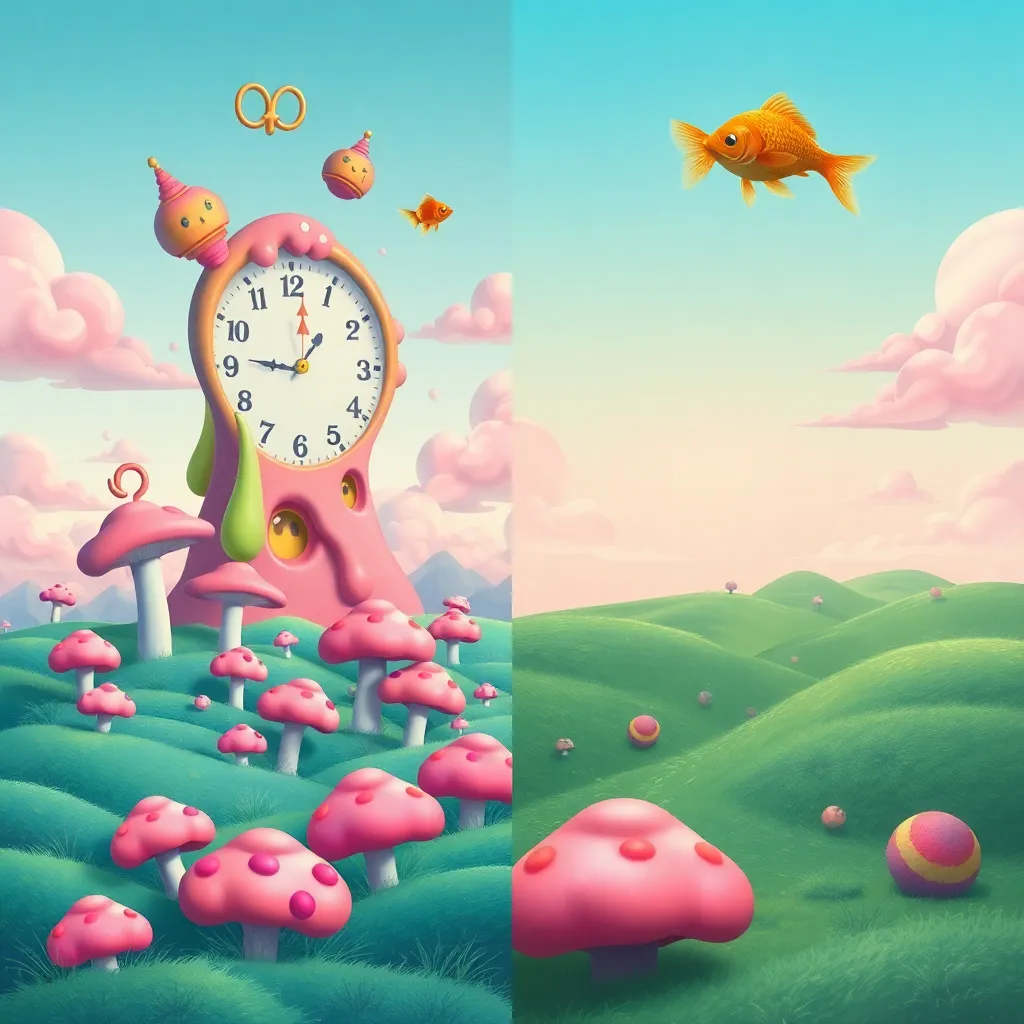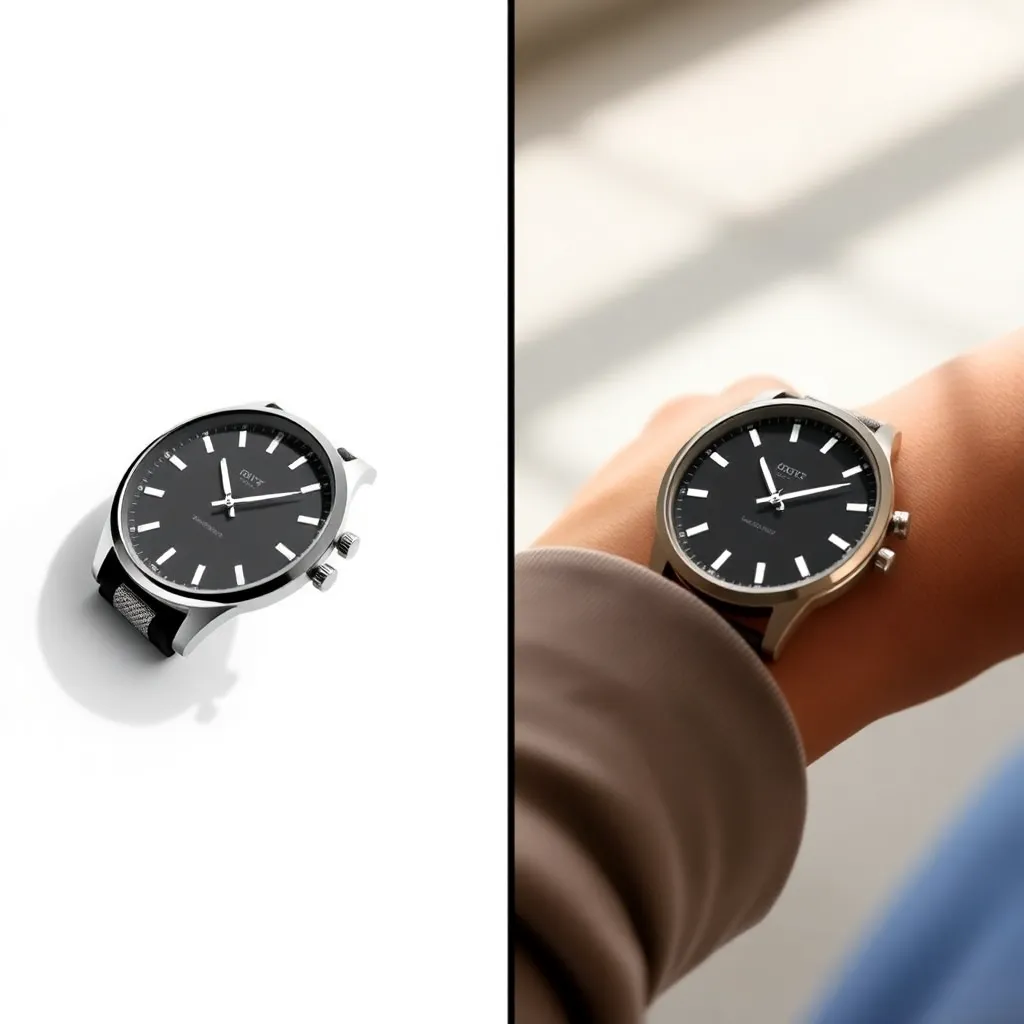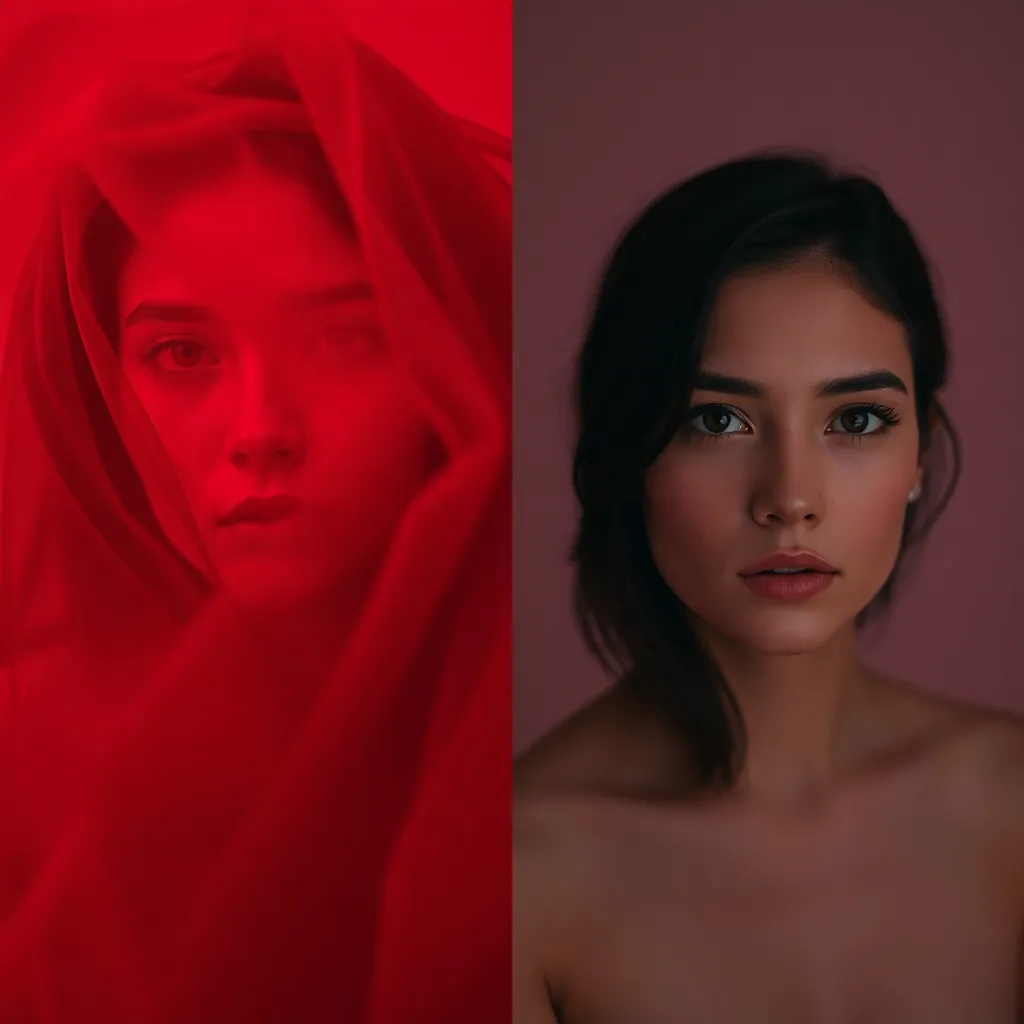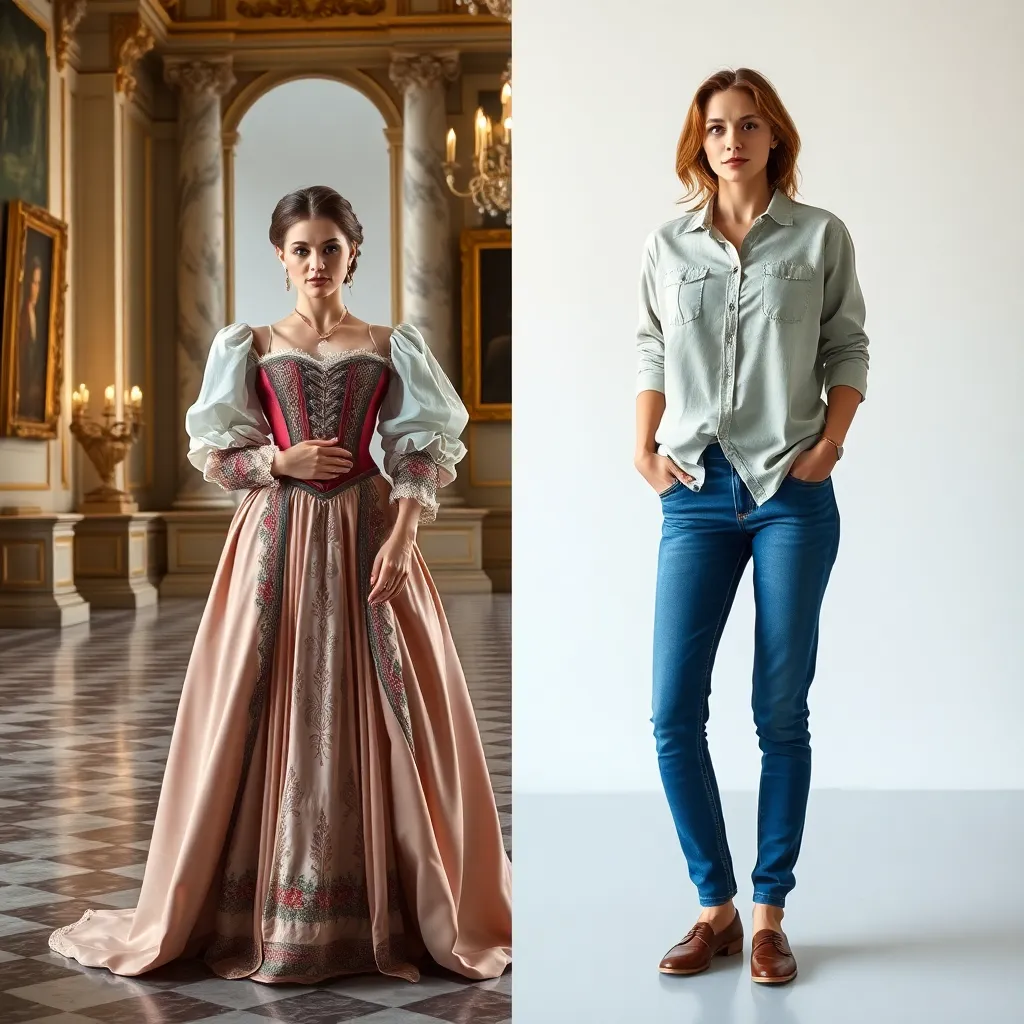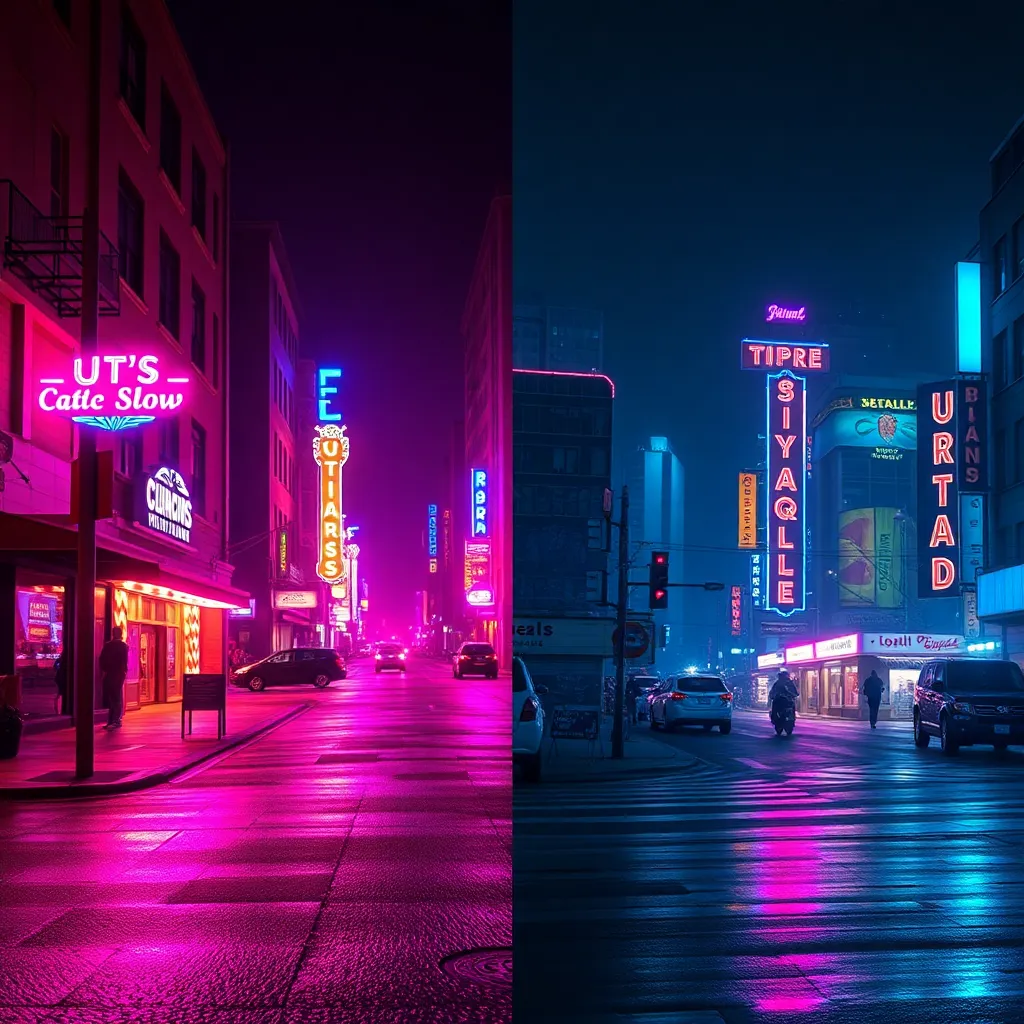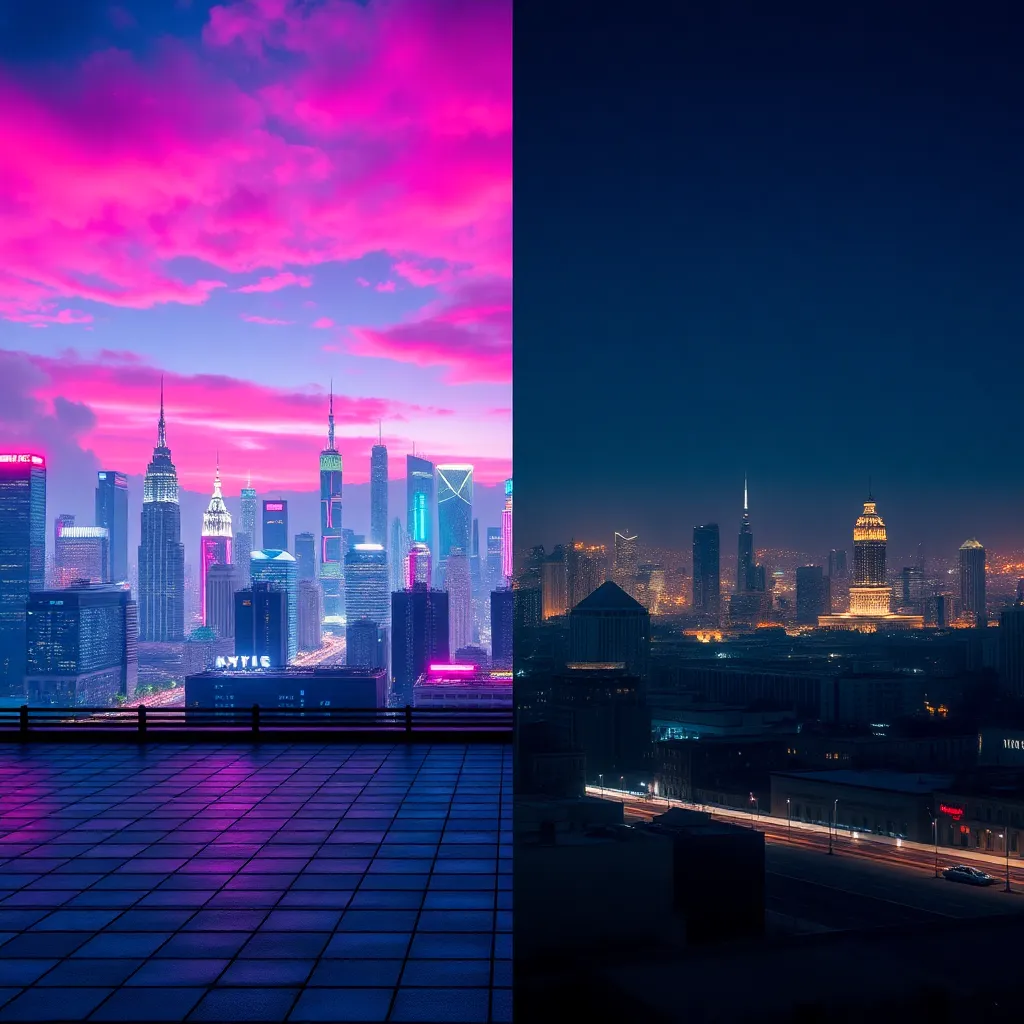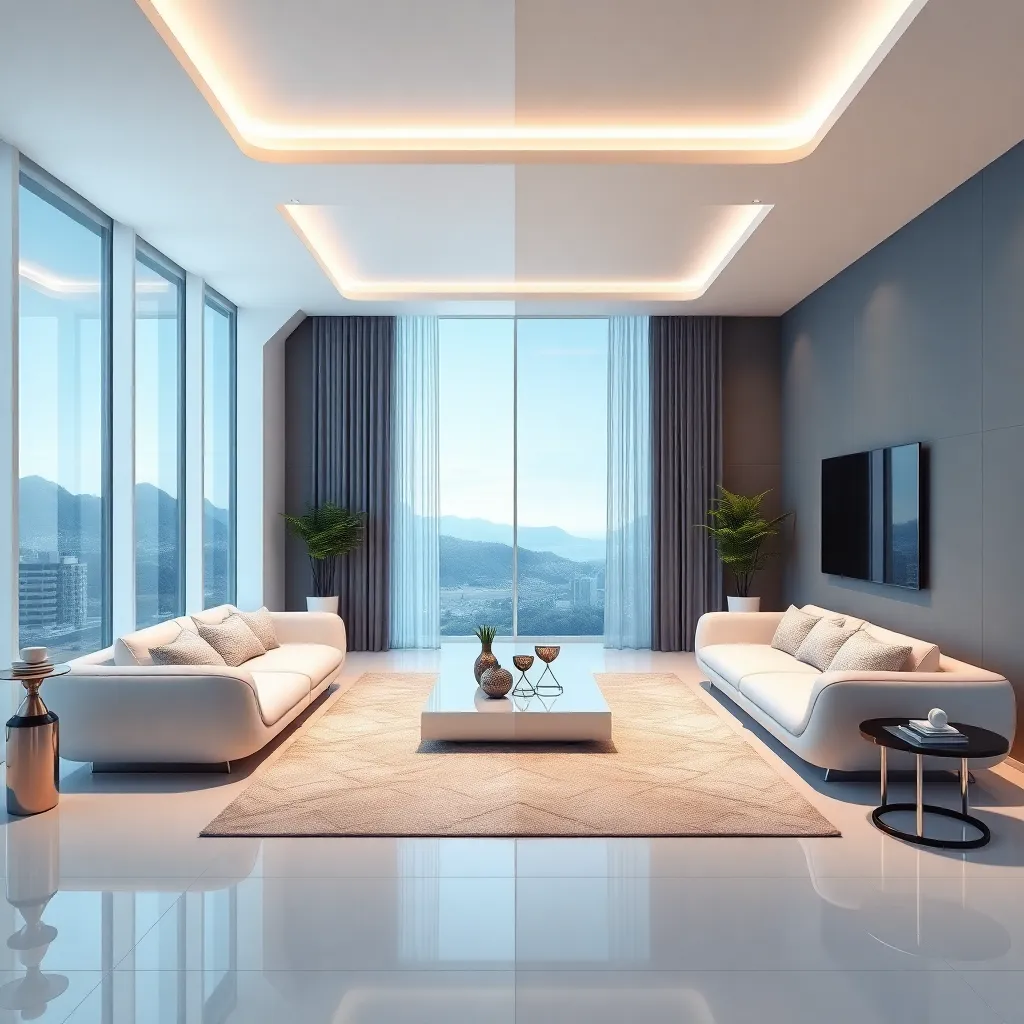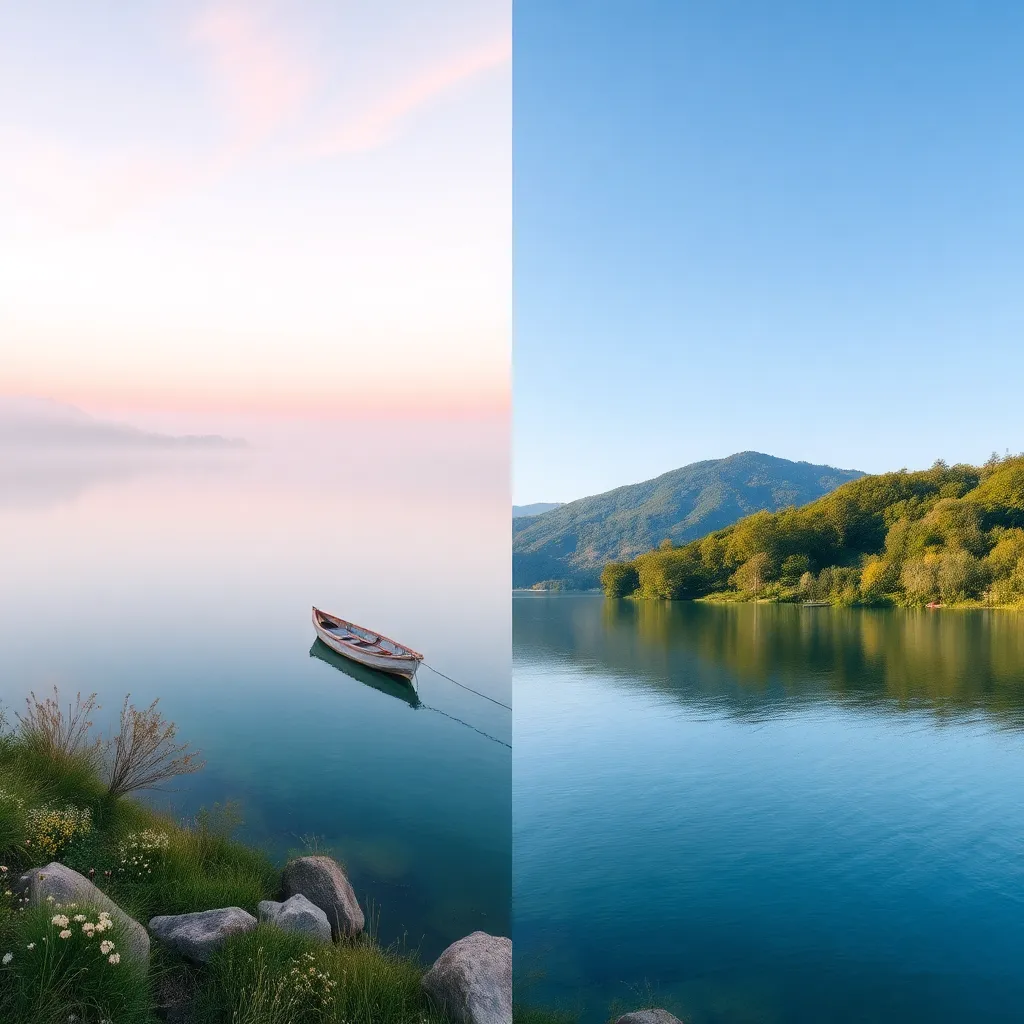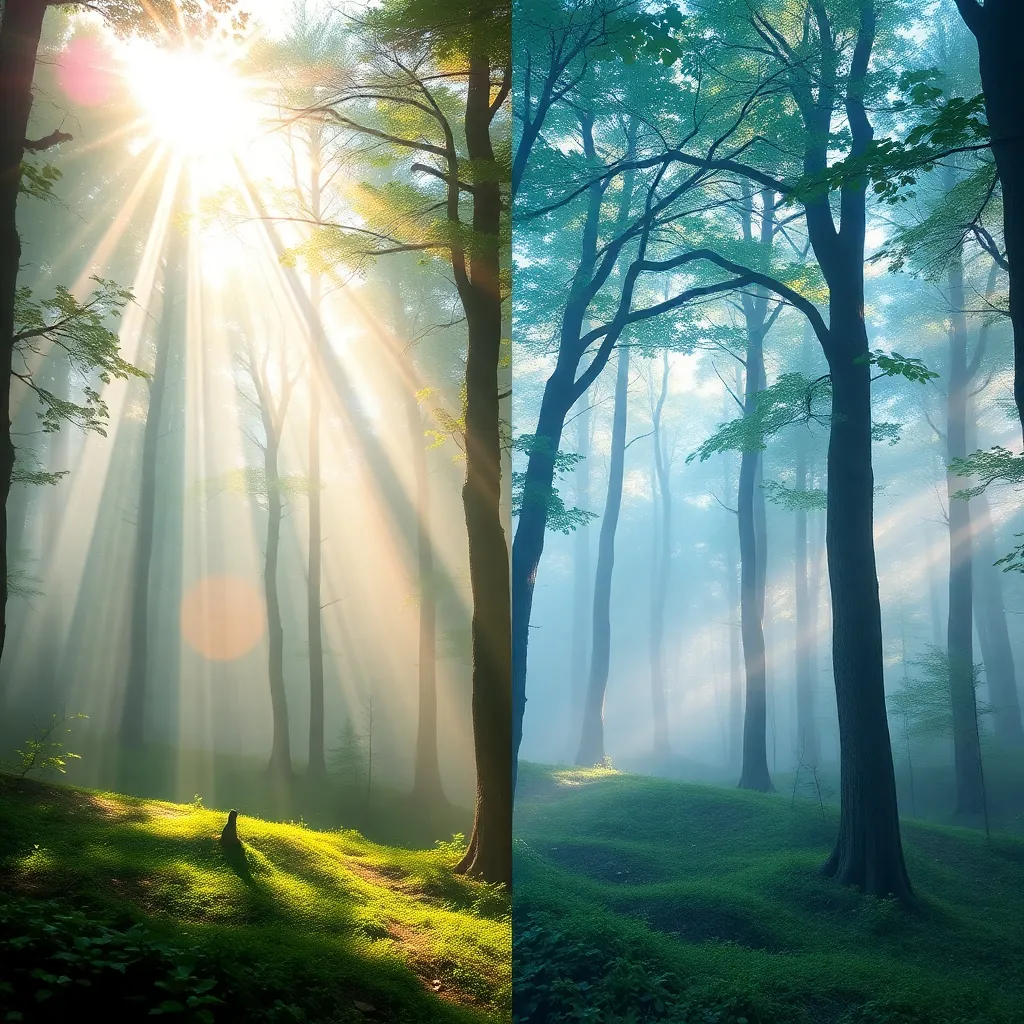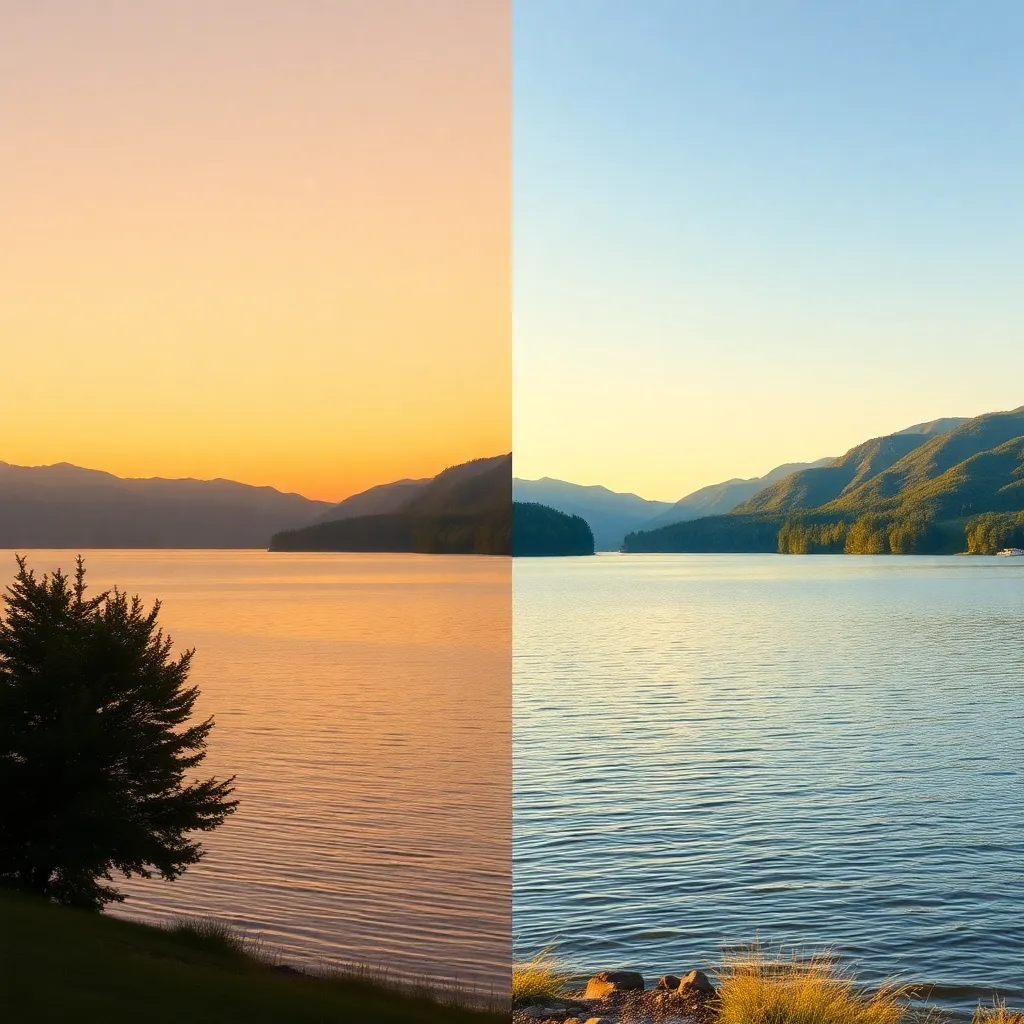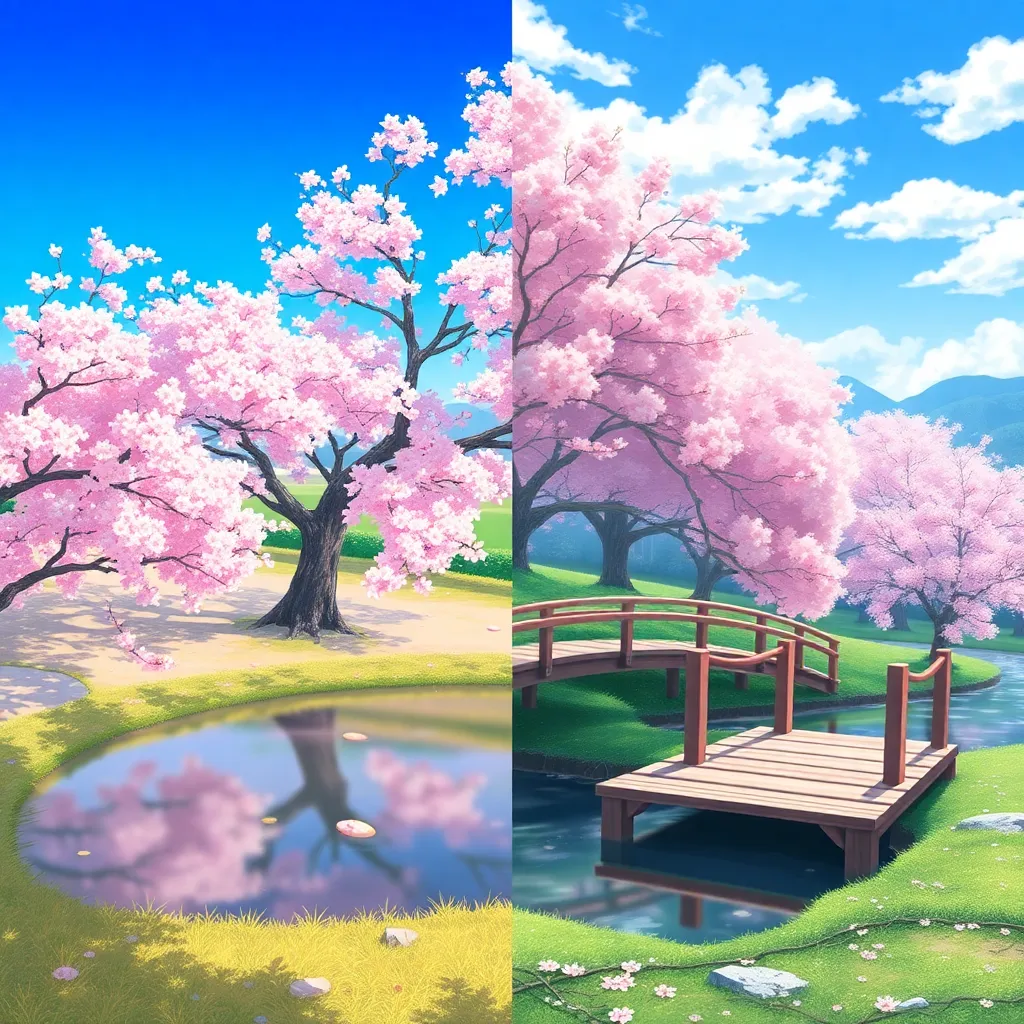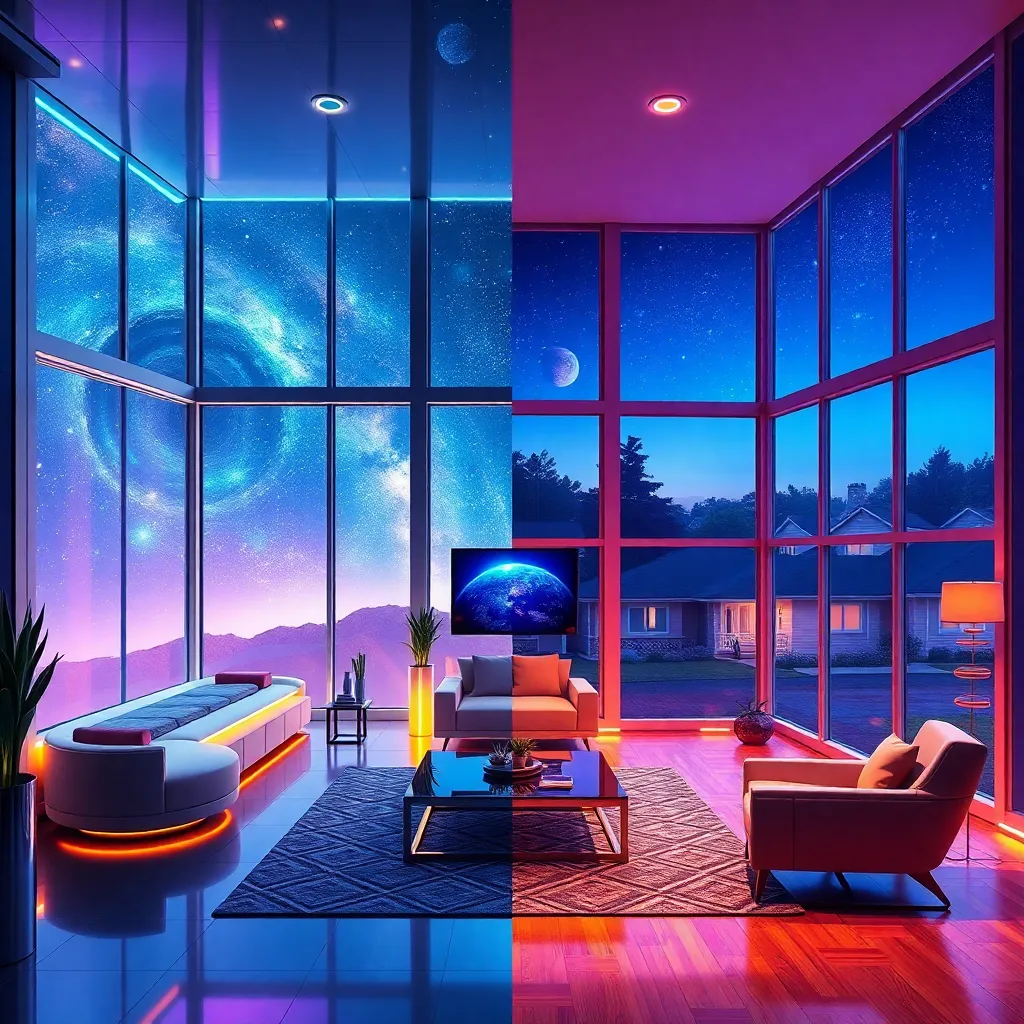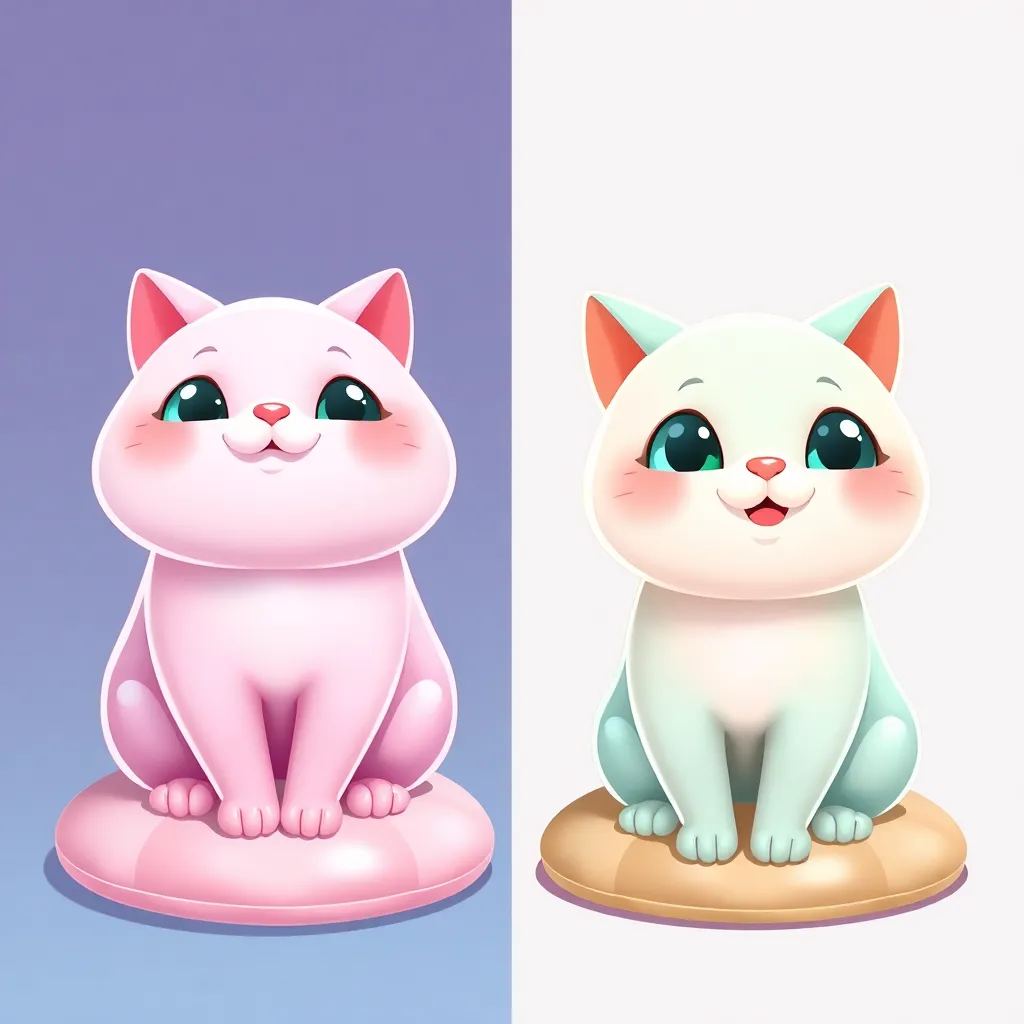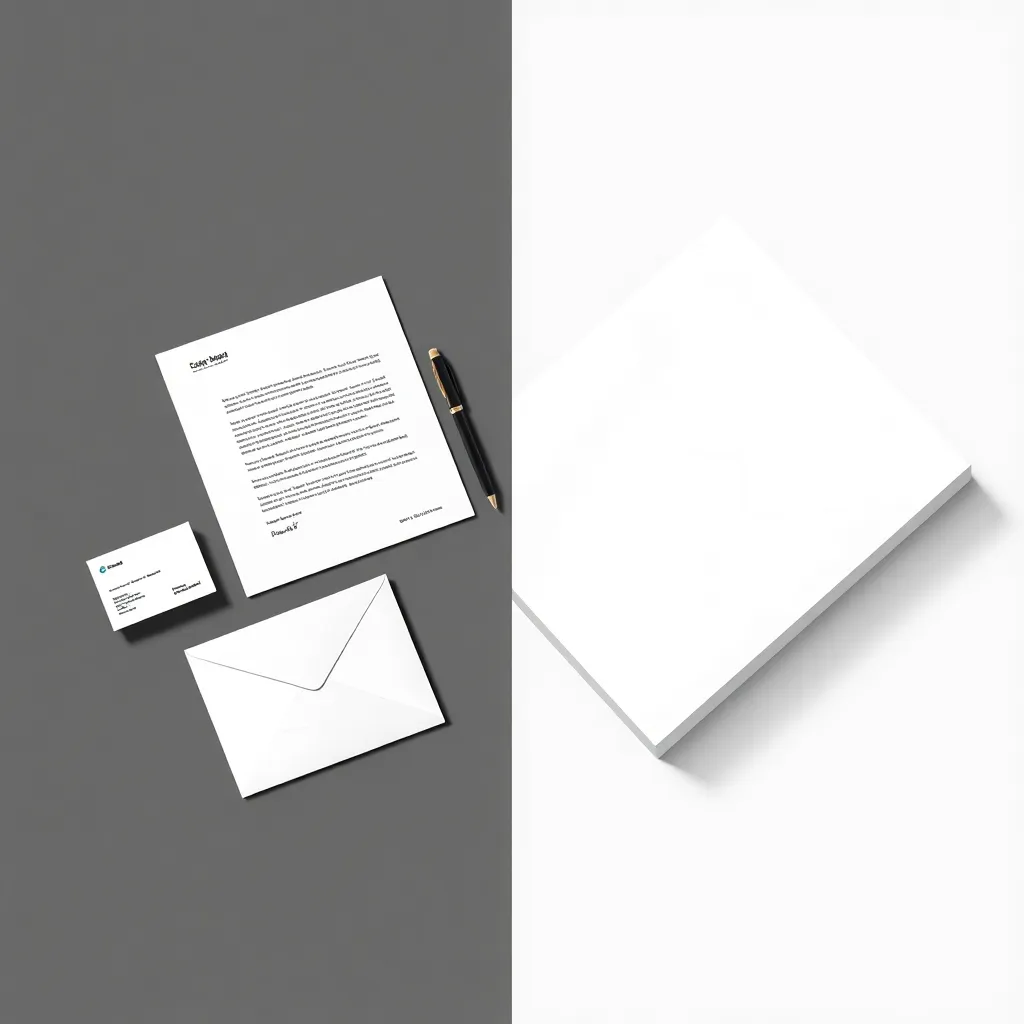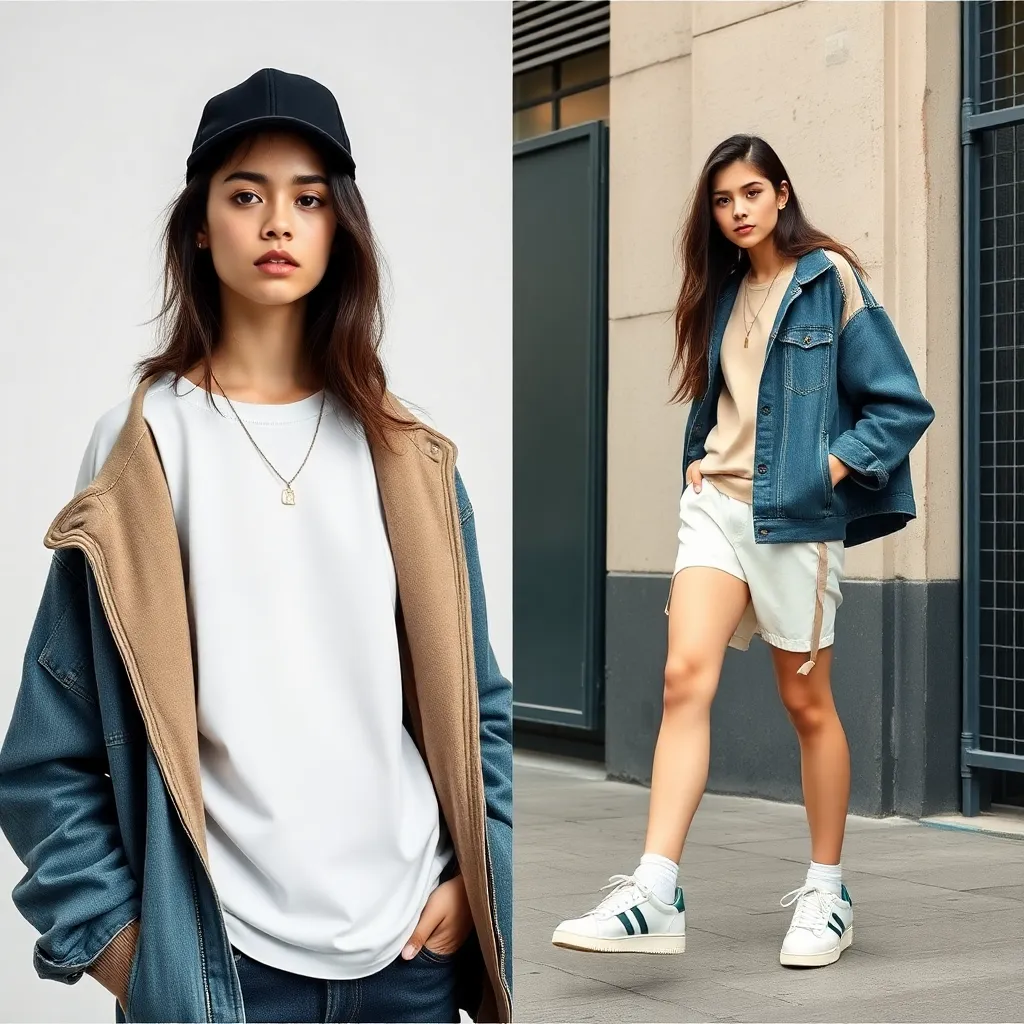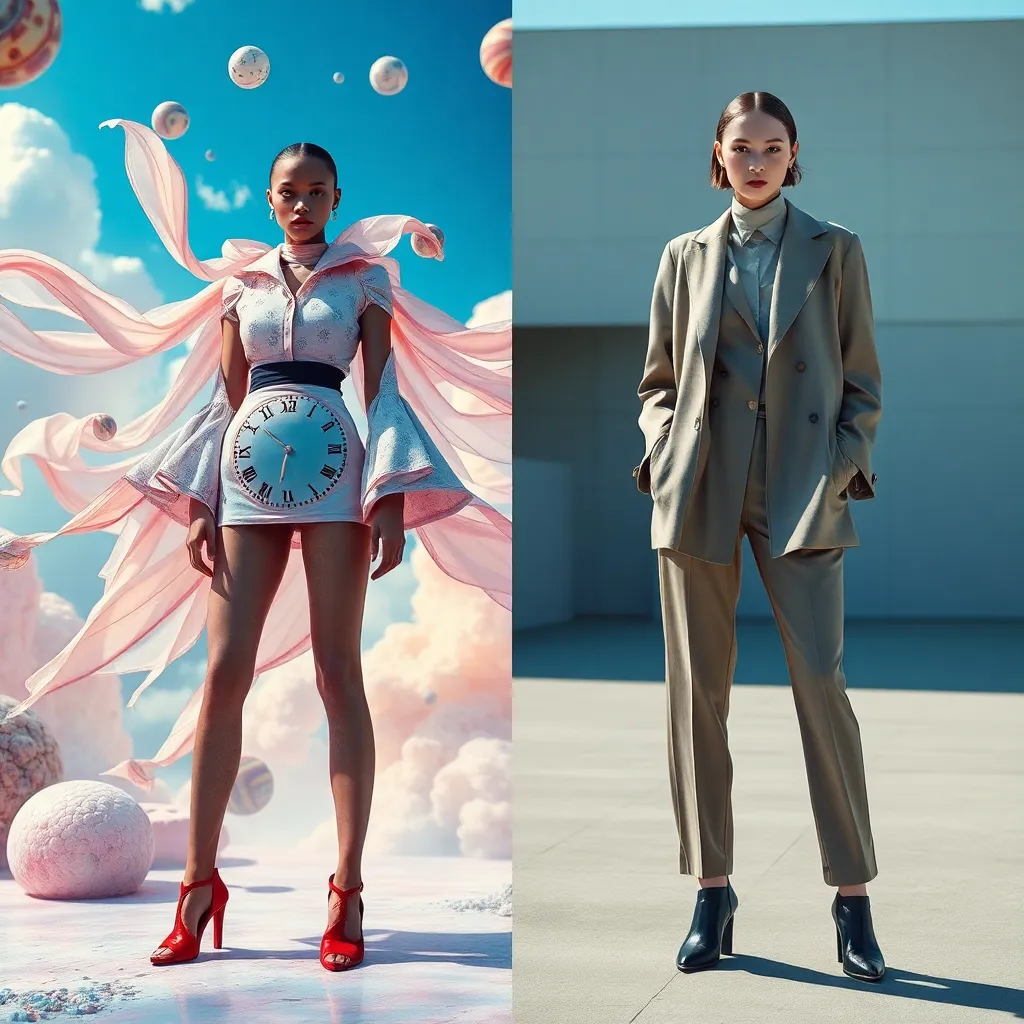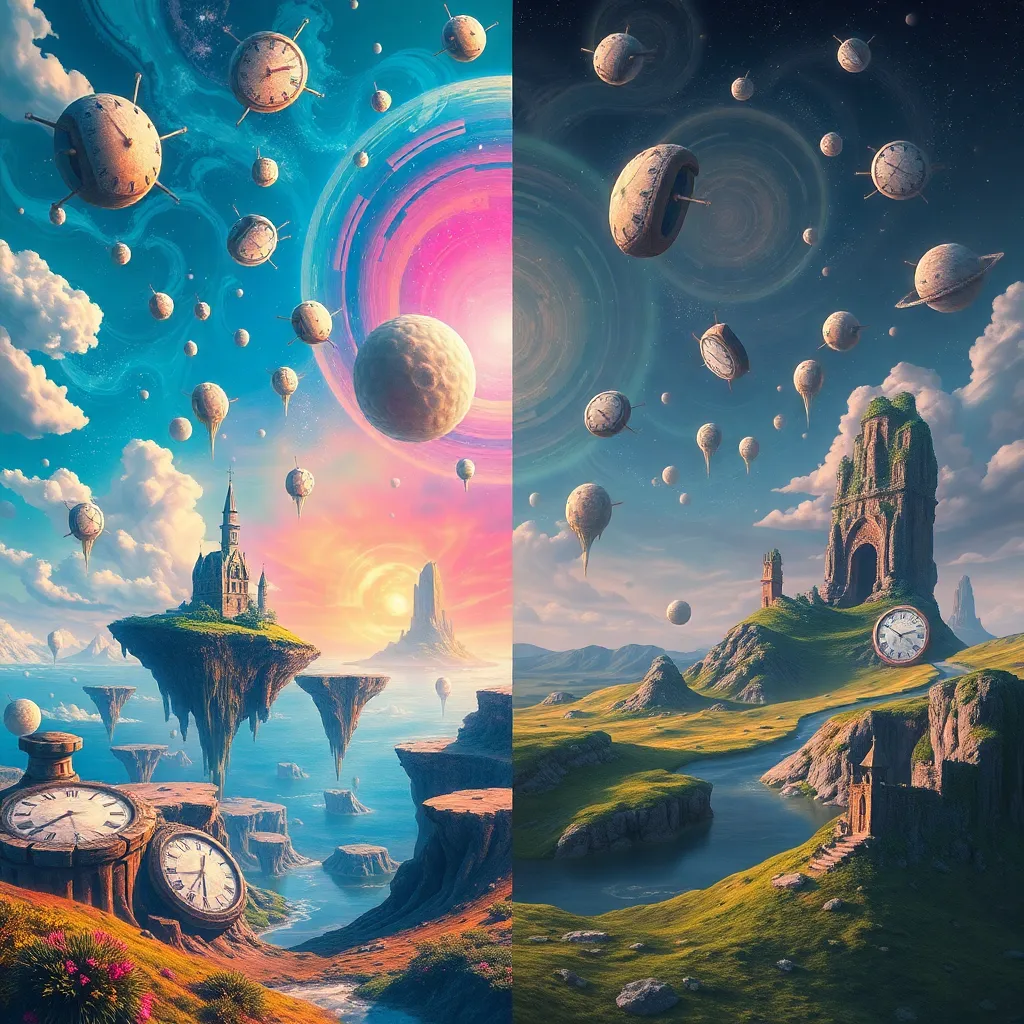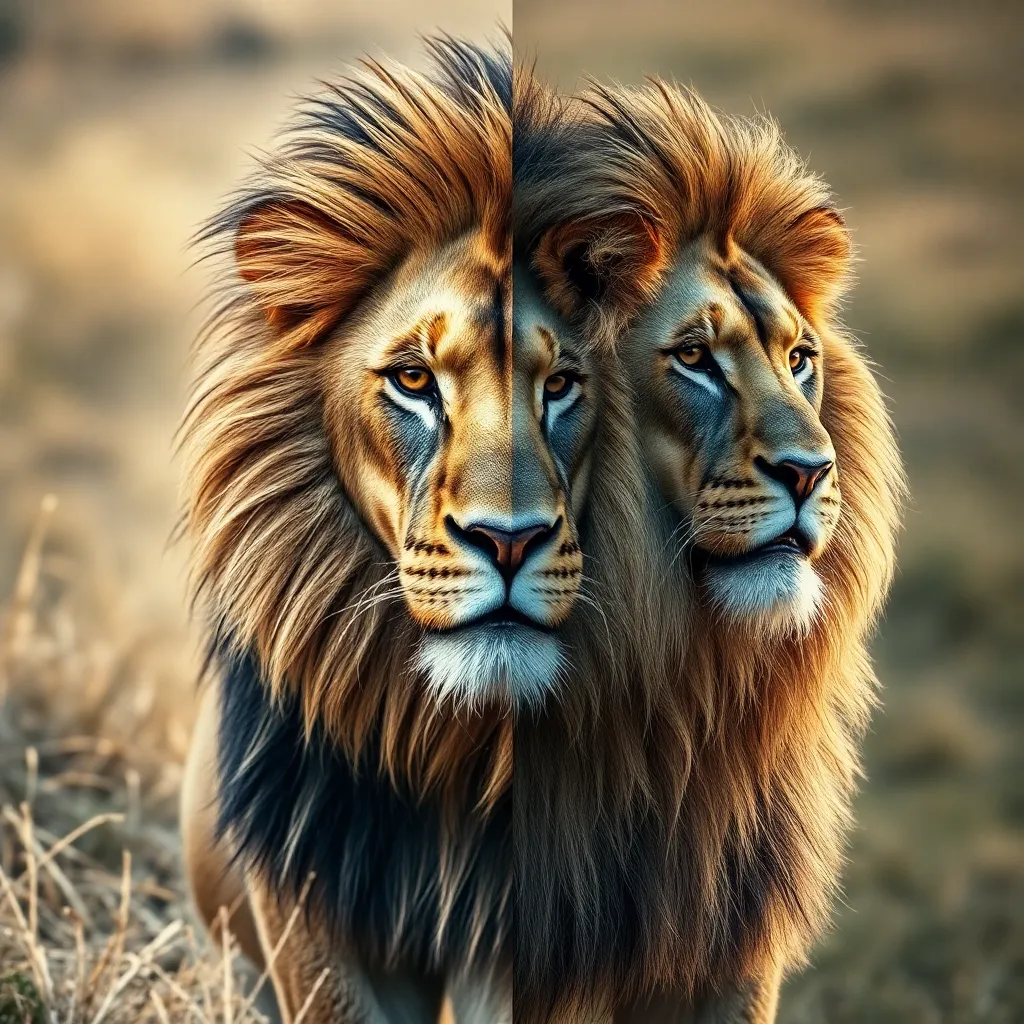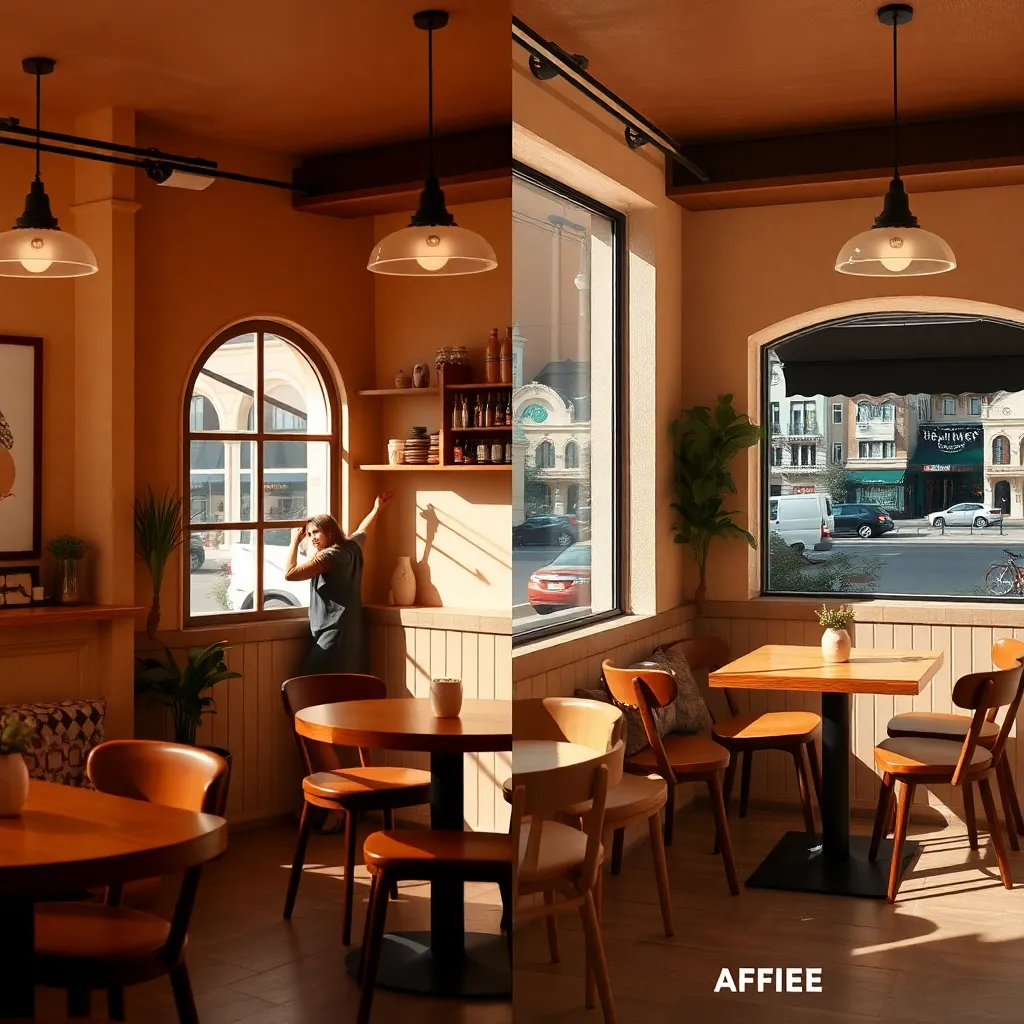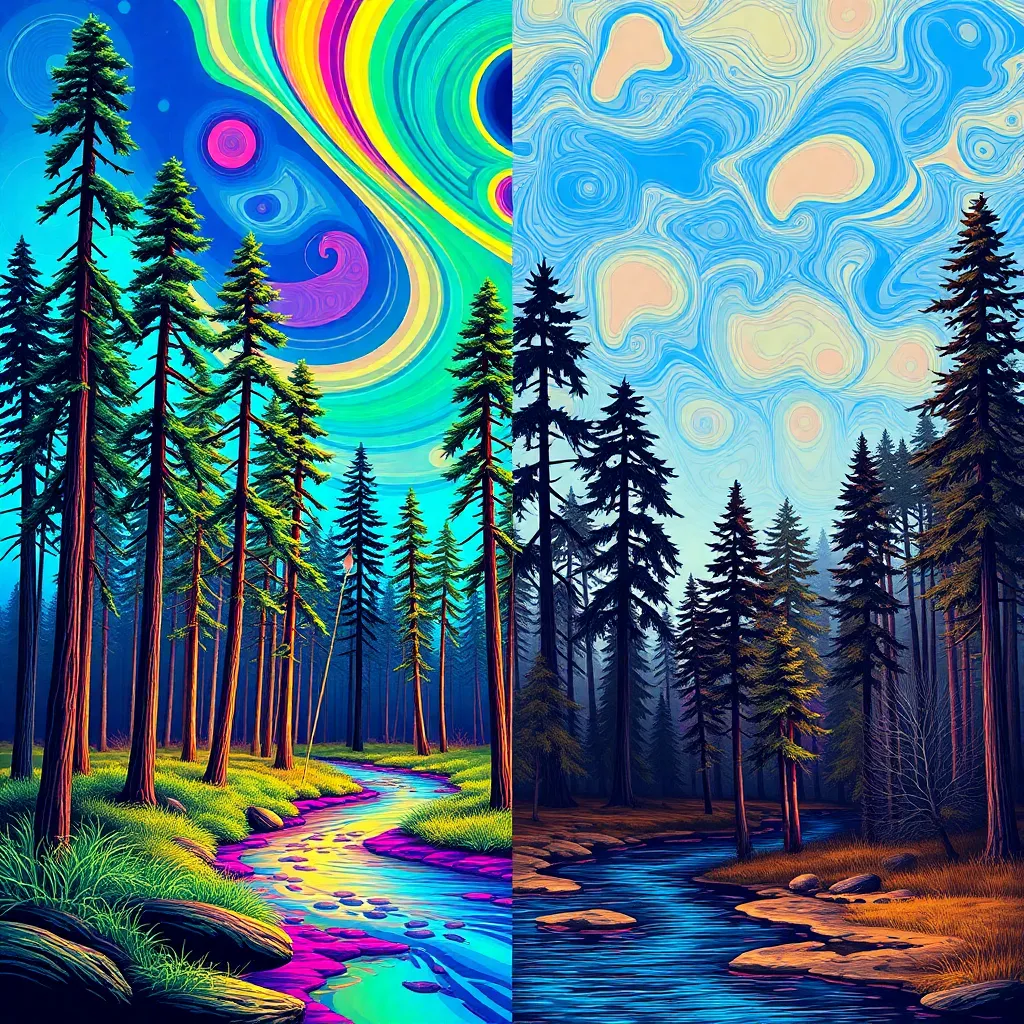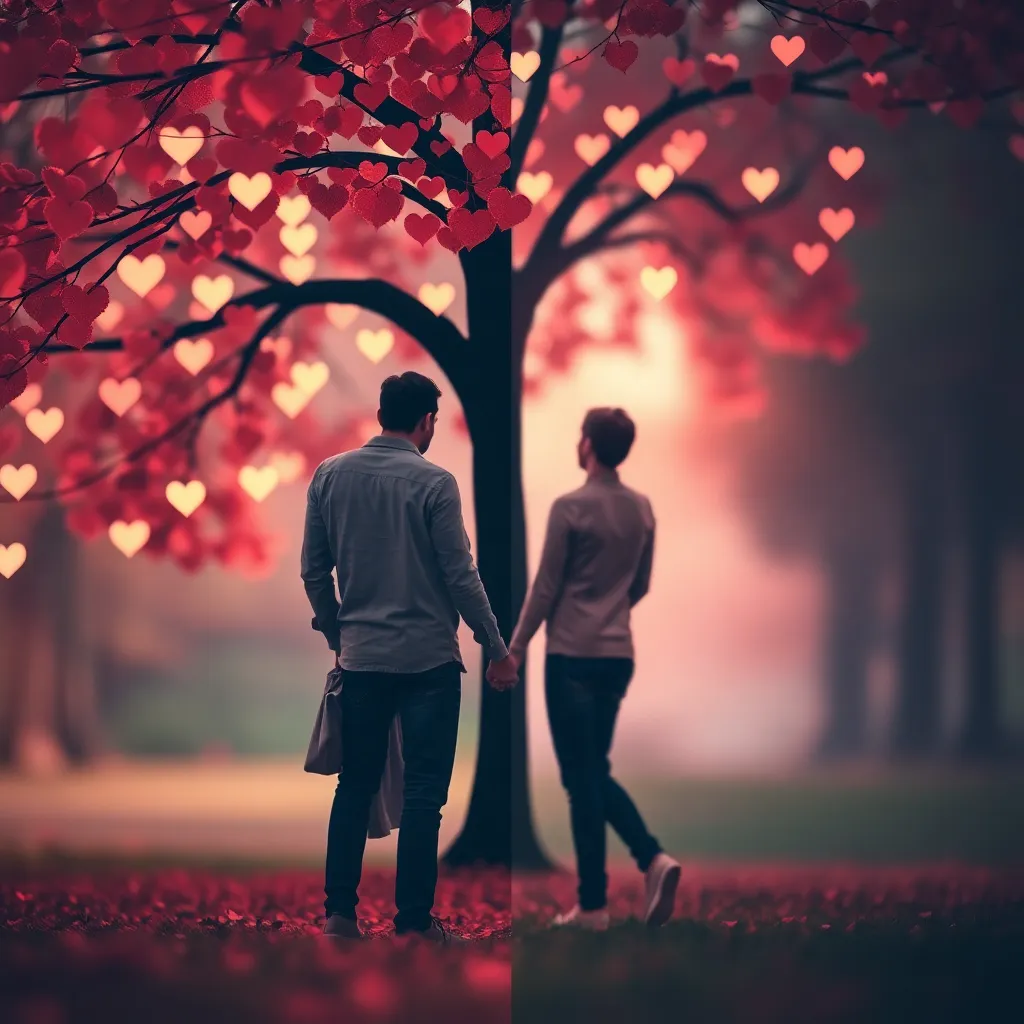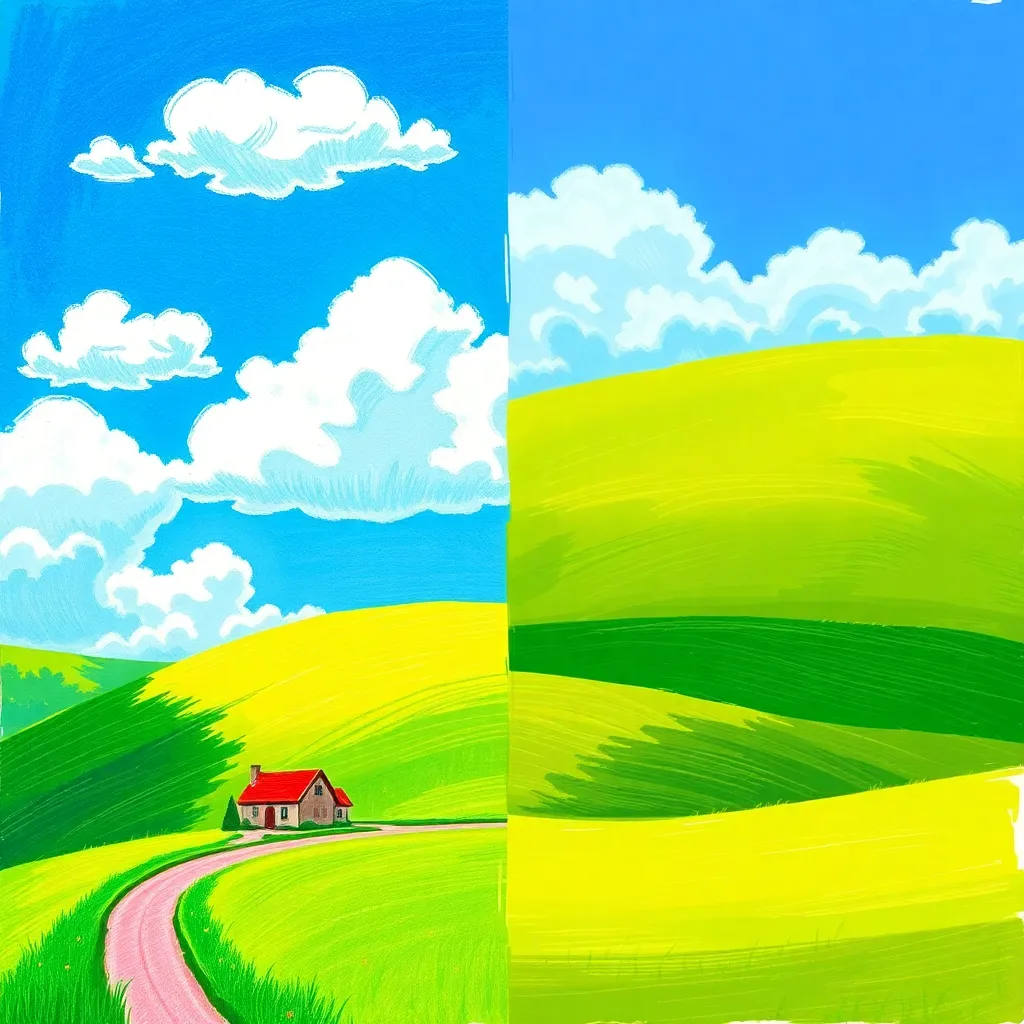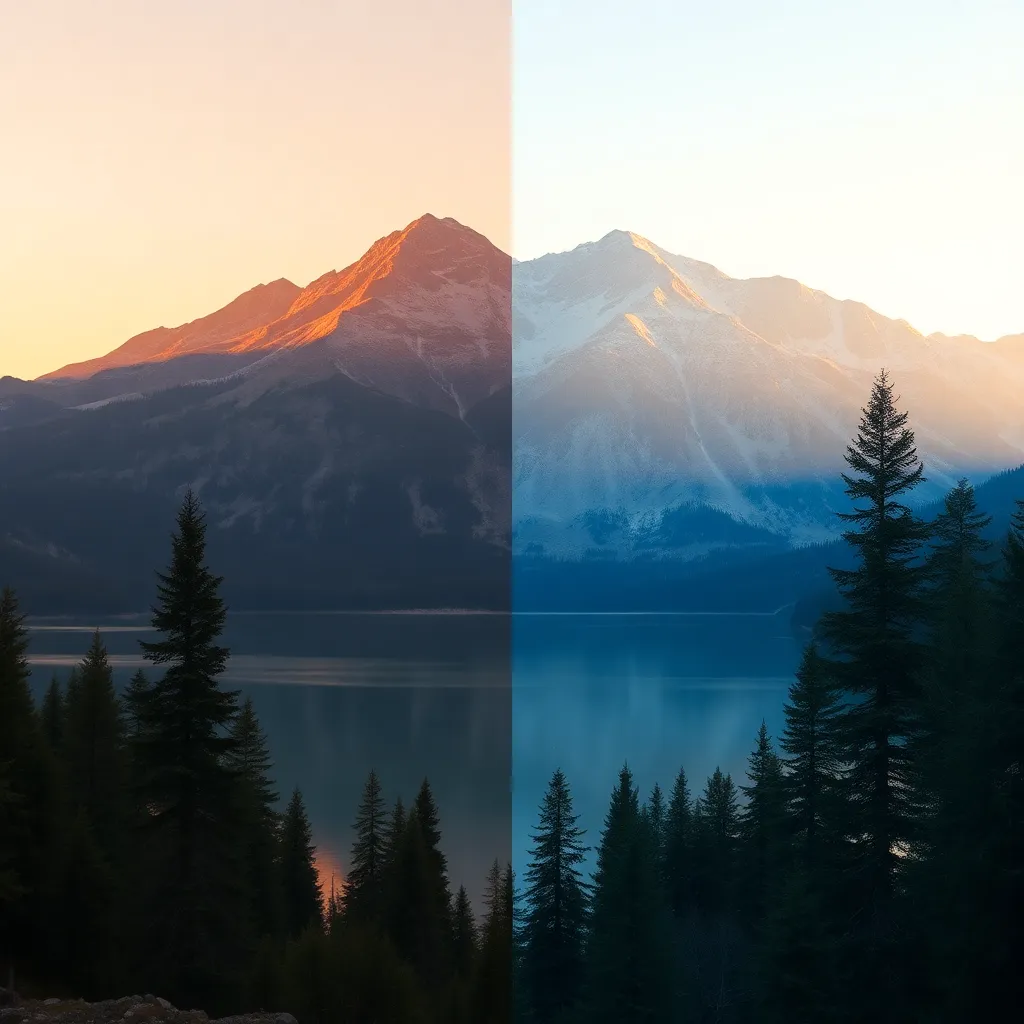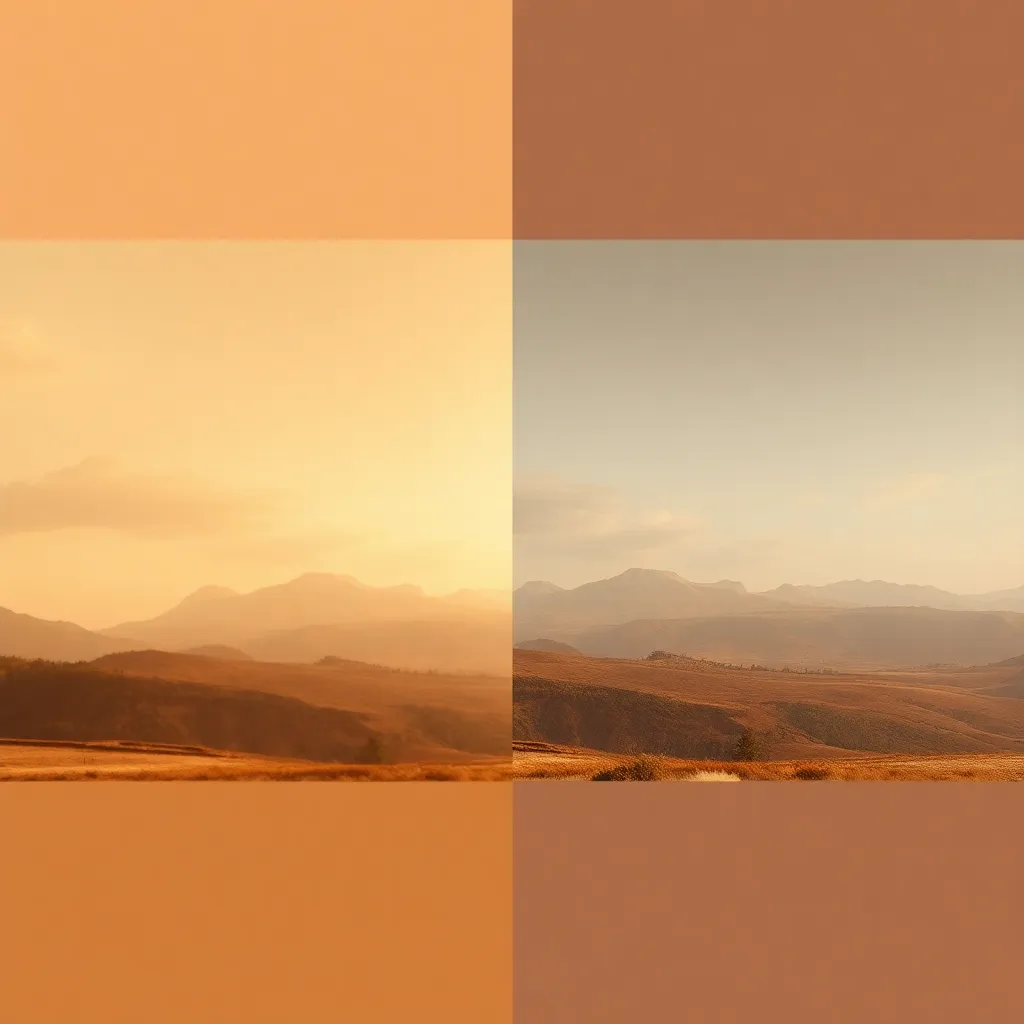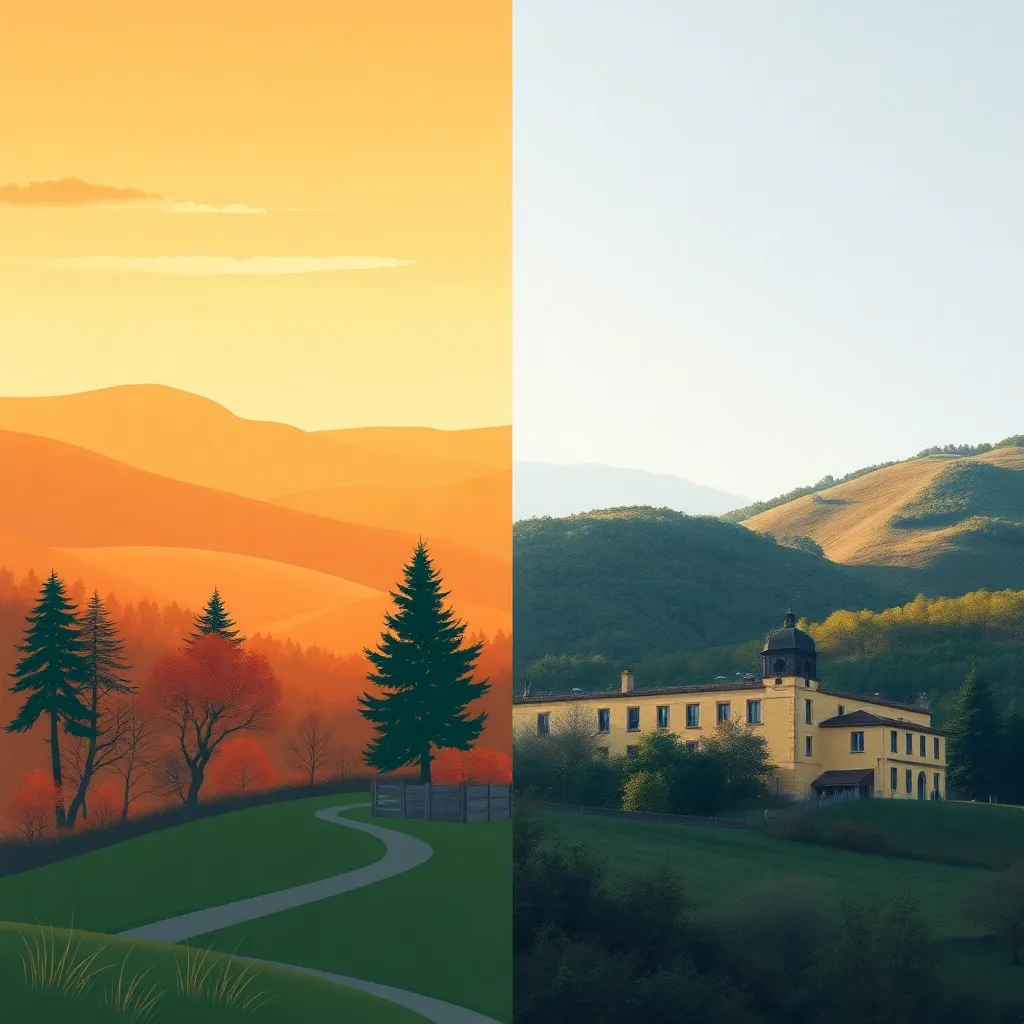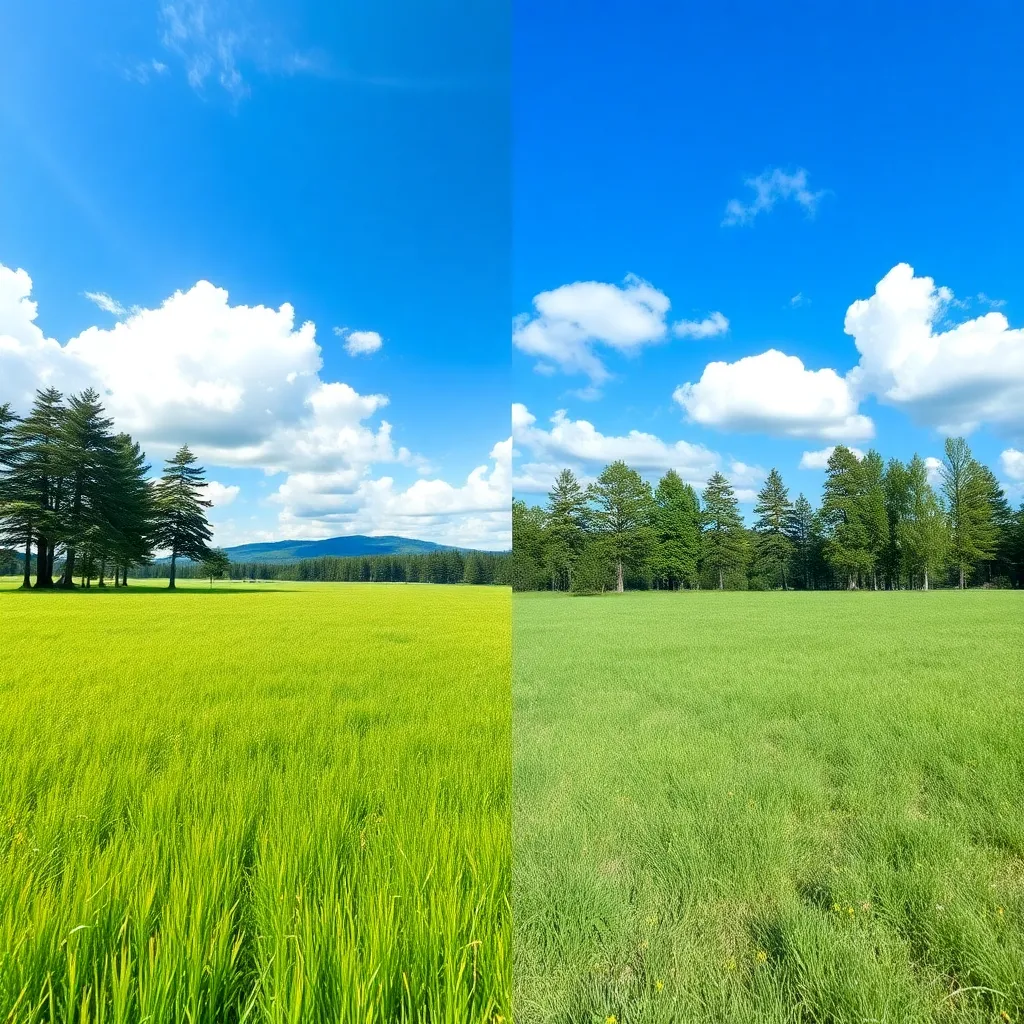What is the Colored Pencil Style? Description and History
The Colored Pencil style is a digital effect that transforms photographs and images into vibrant artworks reminiscent of traditional colored pencil drawings. Characterized by visible pencil strokes, textured shading, and rich layers of color, this style evokes the organic and tactile qualities of hand-drawn illustrations. Unlike flat digital filters, the colored pencil effect adds depth, warmth, and a uniquely human touch to images.
Historically, colored pencil art has been cherished for its versatility and expressive capability. Artists have long used colored pencils to create everything from quick sketches to detailed, museum-worthy works. With the advancement of digital tools and AI-based image processors, the look and feel of colored pencil art can now be achieved instantly on digital photographs, bridging the gap between traditional art and modern technology. This effect has gained traction in recent years, especially as creative professionals and hobbyists seek ways to add personality and handcrafted appeal to their digital content.
Who Uses the Colored Pencil Style?
The Colored Pencil style is embraced by a diverse range of individuals and industries:
- Illustrators & Artists: For creating digital illustrations that maintain a traditional, hand-drawn feel.
- Children’s Book Authors & Publishers: To craft engaging, playful images that resonate with young readers and their parents.
- Educators & Content Creators: For educational posters, flashcards, and teaching materials that are visually inviting and memorable.
- Photographers & Portrait Artists: To offer clients unique, artistic renditions of their photos.
- Designers & Marketers: For branding, packaging, and advertising materials seeking a creative, approachable, and visually distinctive appeal.
- Architects & Concept Artists: To present design sketches in a more creative, less technical light.
Whether for professional or personal use, the Colored Pencil style offers a blend of nostalgia, creativity, and visual warmth.
How Does the Colored Pencil Style Enhance Photos?
The Colored Pencil style enhances photographs in several impactful ways:
- Adds Texture and Depth: Visible pencil strokes and subtle blending introduce a tactile quality, making digital images feel more organic and less mechanical.
- Softens and Stylizes Imagery: The effect can soften harsh lines, blur imperfections, and stylize details, creating a dreamy, artistic atmosphere.
- Boosts Color Expression: Colored pencil effects often amplify color vibrancy and allow for playful, imaginative palettes, making images pop with visual interest.
- Humanizes Digital Art: By mimicking the nuances of hand-drawn artwork, the style adds warmth and authenticity that resonates emotionally with viewers.
- Versatility Across Subjects: From portraits to landscapes, animals to architecture, the style adapts well, infusing each subject with a unique artistic flair.
These enhancements not only beautify images but also elevate their communicative power, making them more engaging and memorable.
Use Cases for the Colored Pencil Style
The Colored Pencil effect is especially valuable in several types of photography and illustration:
1. Children’s Book Illustration
- How it enhances: The textured, colorful look creates a whimsical and inviting world that captivates children’s imaginations. Pencil strokes add warmth and personality, making characters and scenes feel more relatable and alive.
- Appeal: Kids and parents are drawn to the hand-crafted, storybook quality, which stands out in a crowded market.
2. Portrait Art
- How it enhances: Colored pencil effects soften facial features, blend colors artistically, and introduce a gentle, expressive quality. This hand-drawn look transforms conventional portraits into personalized art pieces.
- Appeal: Perfect for gifts, personal branding, or anyone seeking a more artistic take on classic portraiture.
3. Nature and Landscape Art
- How it enhances: The technique brings natural scenes to life with subtle gradients, dynamic textures, and vibrant hues. It enhances the organic feel of landscapes and highlights elements like foliage, clouds, and water.
- Appeal: Ideal for wall art, editorial illustration, or environmental education materials.
4. Educational Posters
- How it enhances: The friendly, approachable look engages learners, especially children. Clear pencil textures and bright colors make information easy to digest and remember.
- Appeal: Used by teachers, tutors, and educational publishers for resources that stand out and aid in retention.
5. Animal Art
- How it enhances: Colored pencil strokes accentuate fur, feathers, and other textures, creating lively, charming depictions of animals. This style adds character and emotion to animal illustrations.
- Appeal: Popular for children’s rooms, educational content, or as unique pet portraits.
6. Architectural Sketches
- How it enhances: This effect blends technical precision with creative flair, presenting buildings in a softer, more accessible way. Pencil lines highlight design concepts and invite imaginative interpretation.
- Appeal: Used by architects, designers, and students to showcase projects in portfolios and presentations.
Pro Tips for Using the Colored Pencil Style
- Choose the Right Subject: Subjects with clear outlines, strong shapes, and interesting textures work best—think portraits, animals, landscapes, and simple scenes.
- Adjust Intensity Thoughtfully: Balance the pencil effect to suit your purpose. Use subtle strokes for a gentle enhancement or bold lines for dramatic, artistic flair.
- Combine with Other Effects: Layer the colored pencil style with watercolor or ink effects to create mixed-media looks and further personalize your images.
- Focus on Color Harmony: Leverage the style’s ability to blend and layer colors. Adjust hues and saturation to achieve the desired mood—vibrant for playful scenes, soft for gentle portraits.
- Print for Maximum Impact: Colored pencil effects often look stunning in print, especially on textured paper that mimics drawing surfaces.
- Preserve Key Details: Ensure important facial features, text, or design elements remain clear and legible after applying the effect.
Conclusion:
The Colored Pencil style bridges the gap between digital convenience and artisanal charm. Whether you’re illustrating a children’s story, creating educational tools, or giving personal photos an artistic twist, this effect adds warmth, character, and a touch of nostalgic creativity. With AI-powered tools, achieving the colored pencil look is easier than ever—empowering anyone to transform ordinary images into extraordinary works of art.
